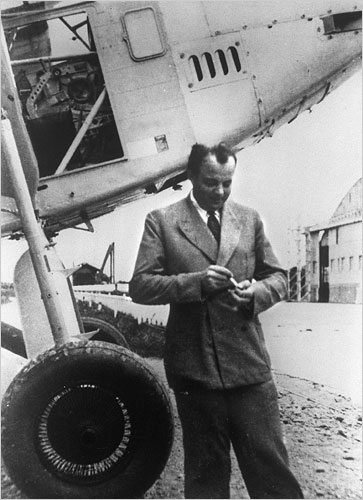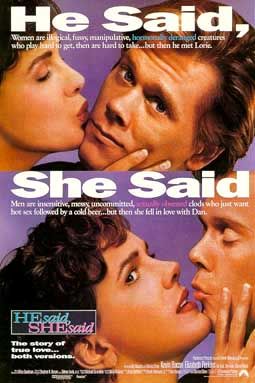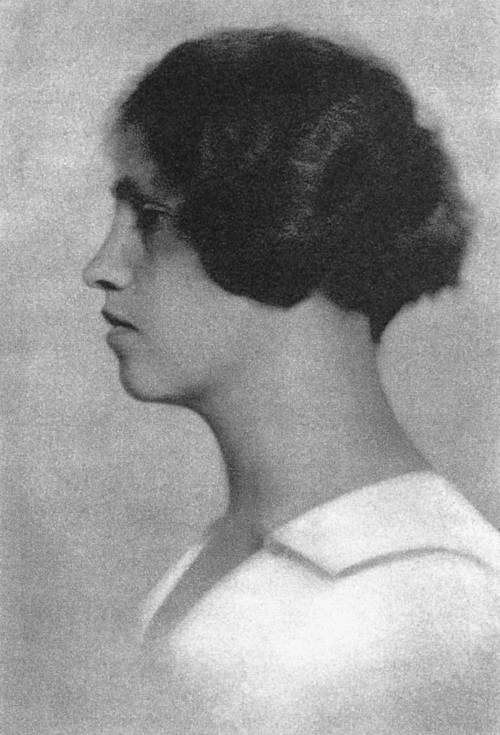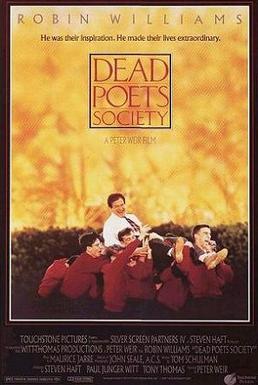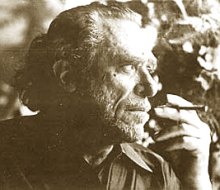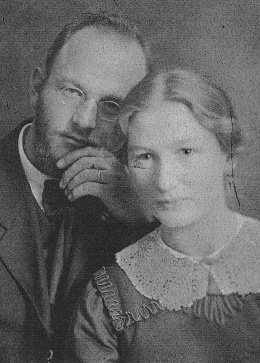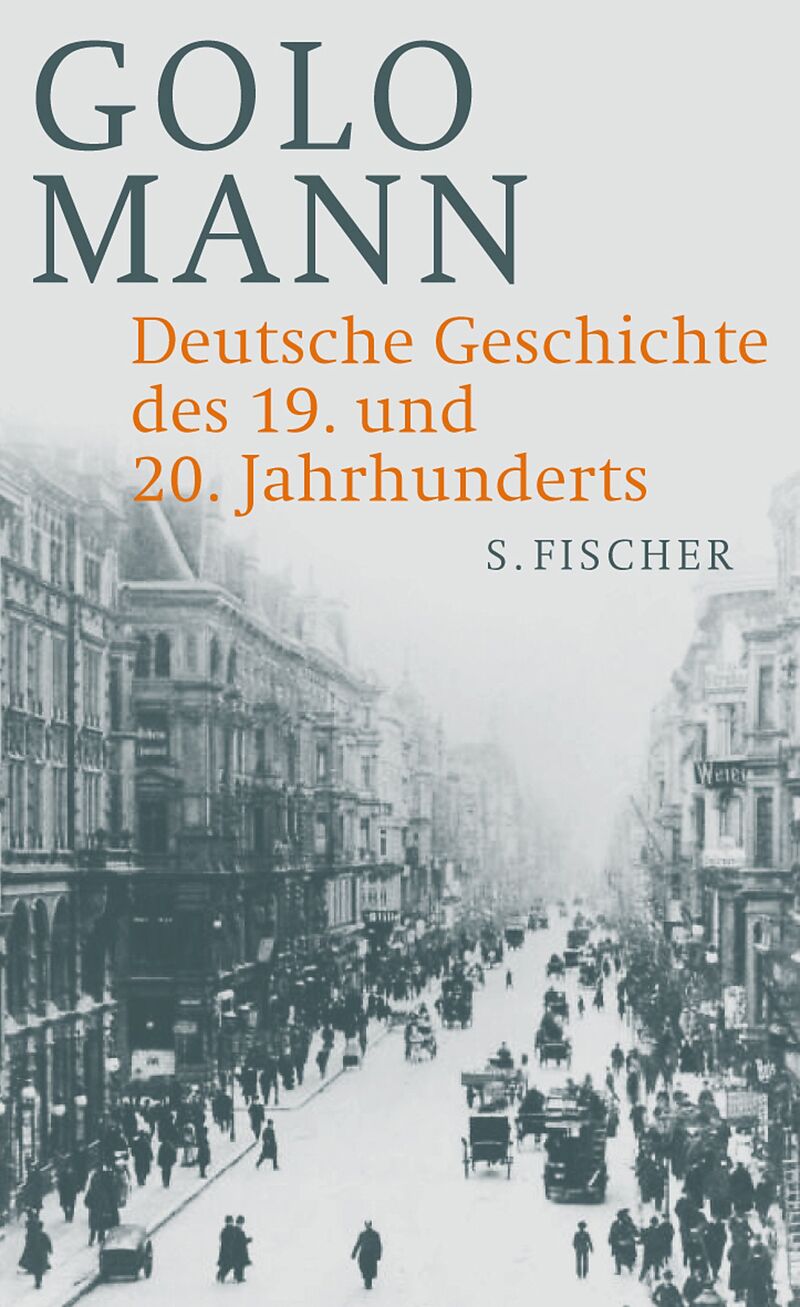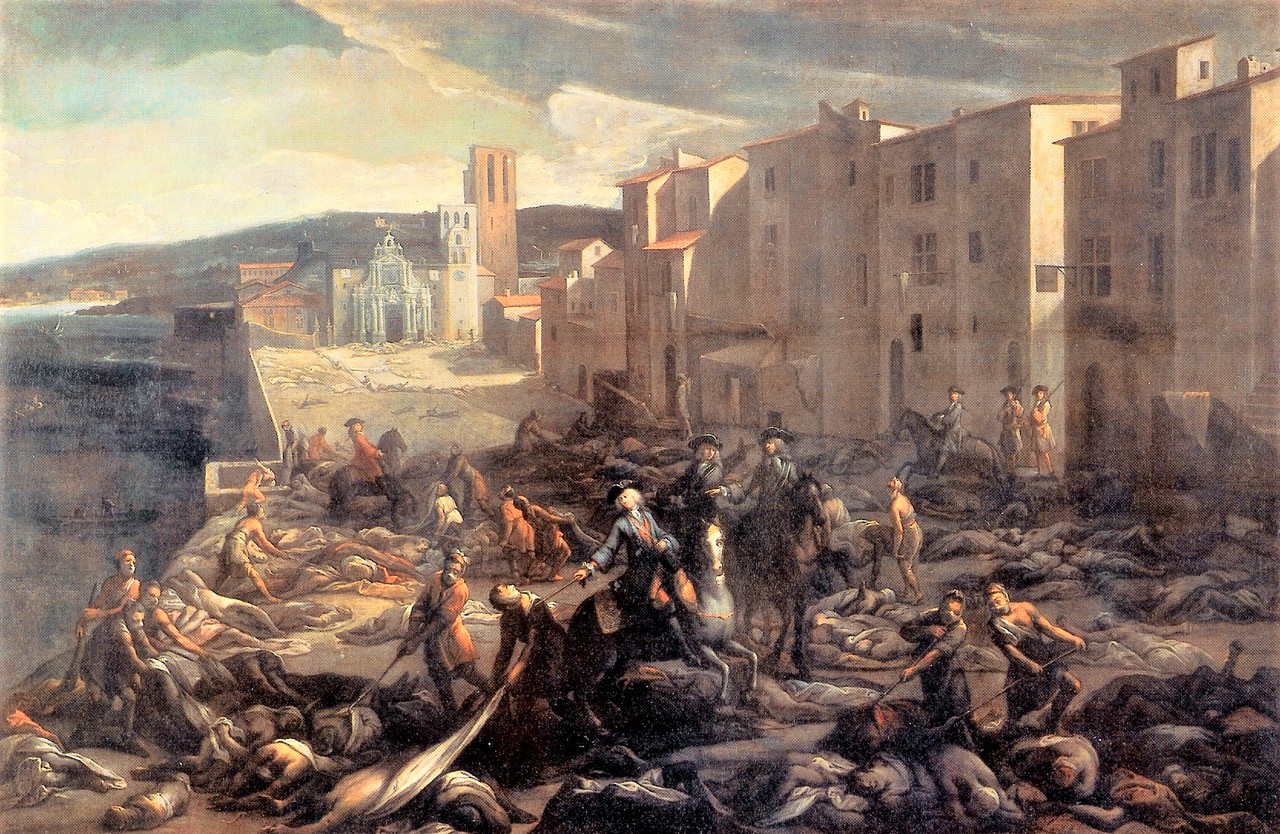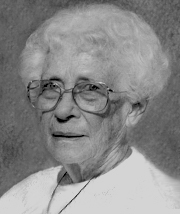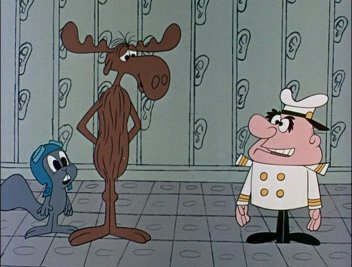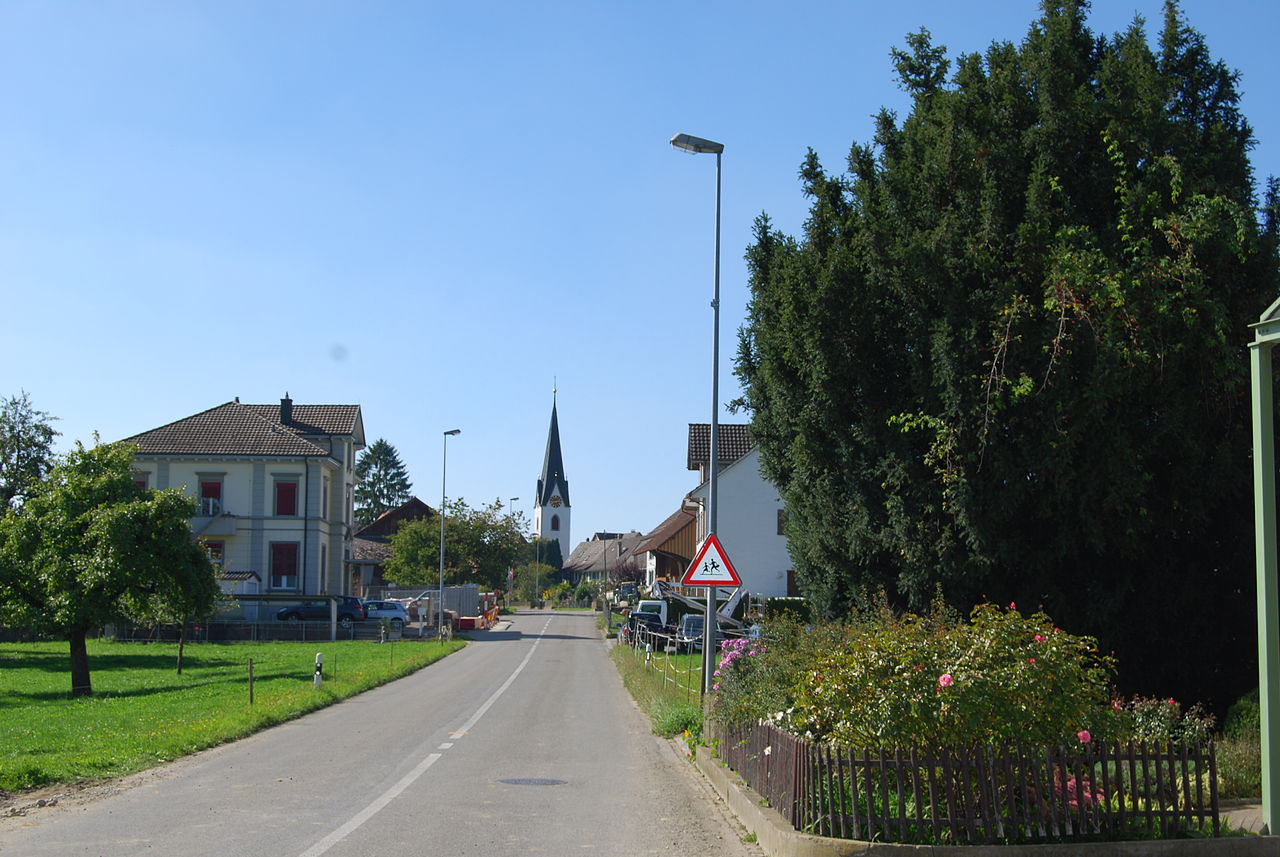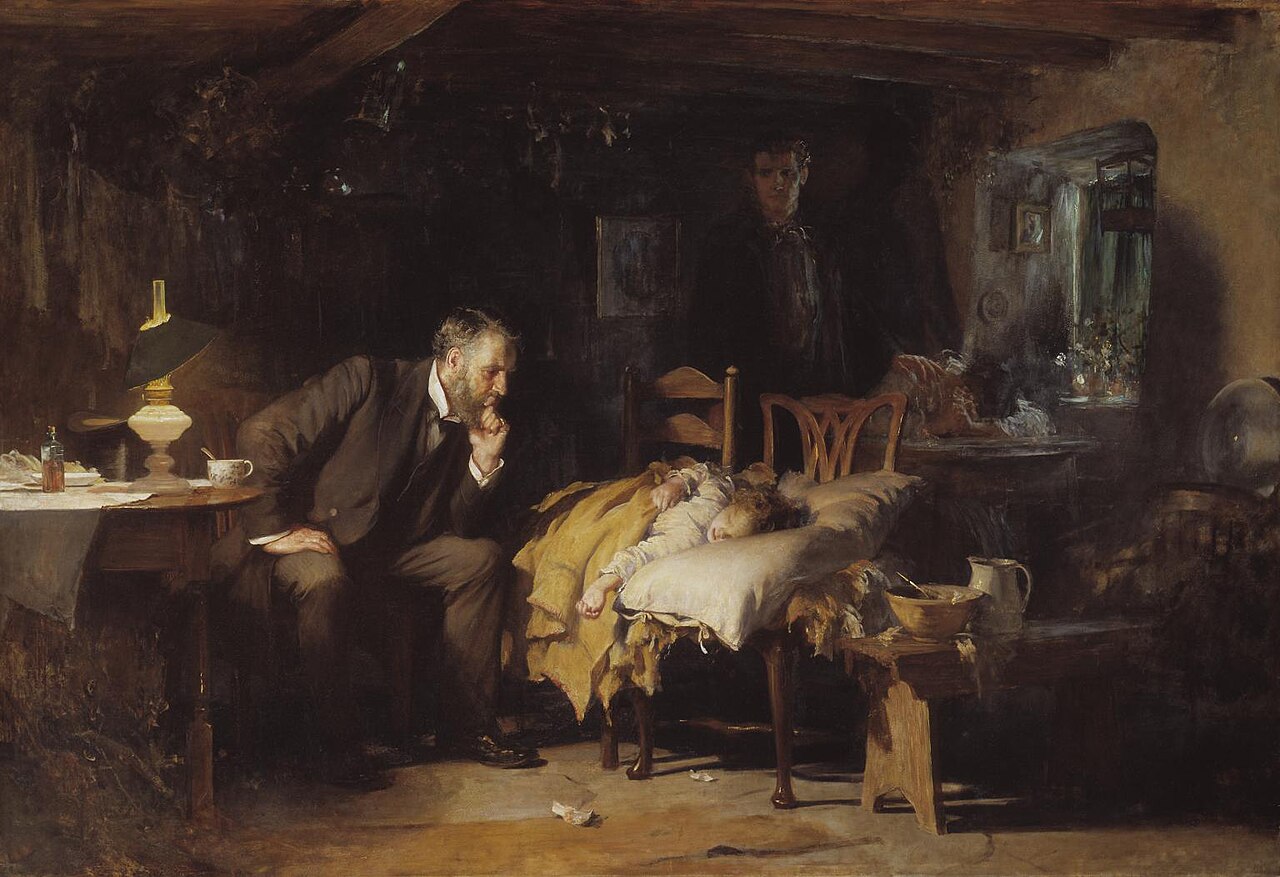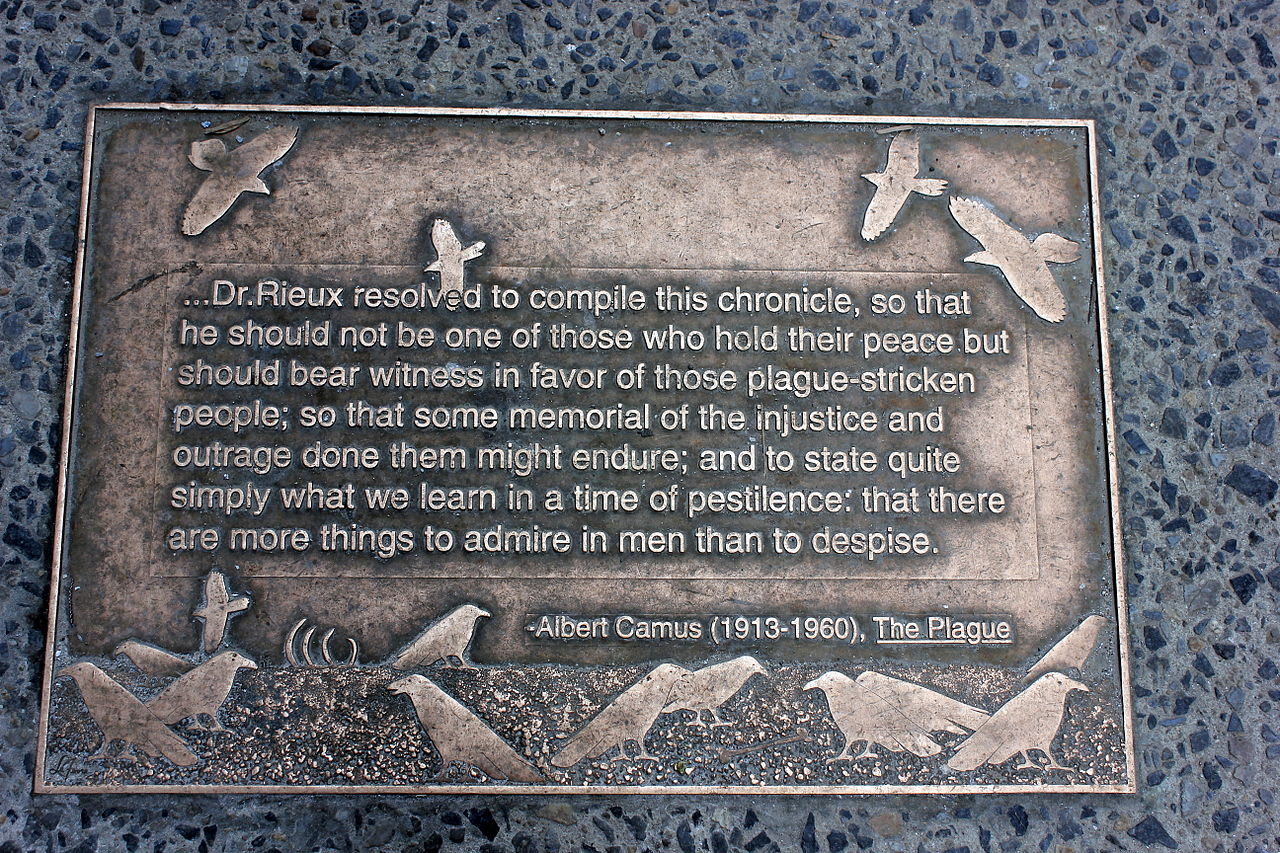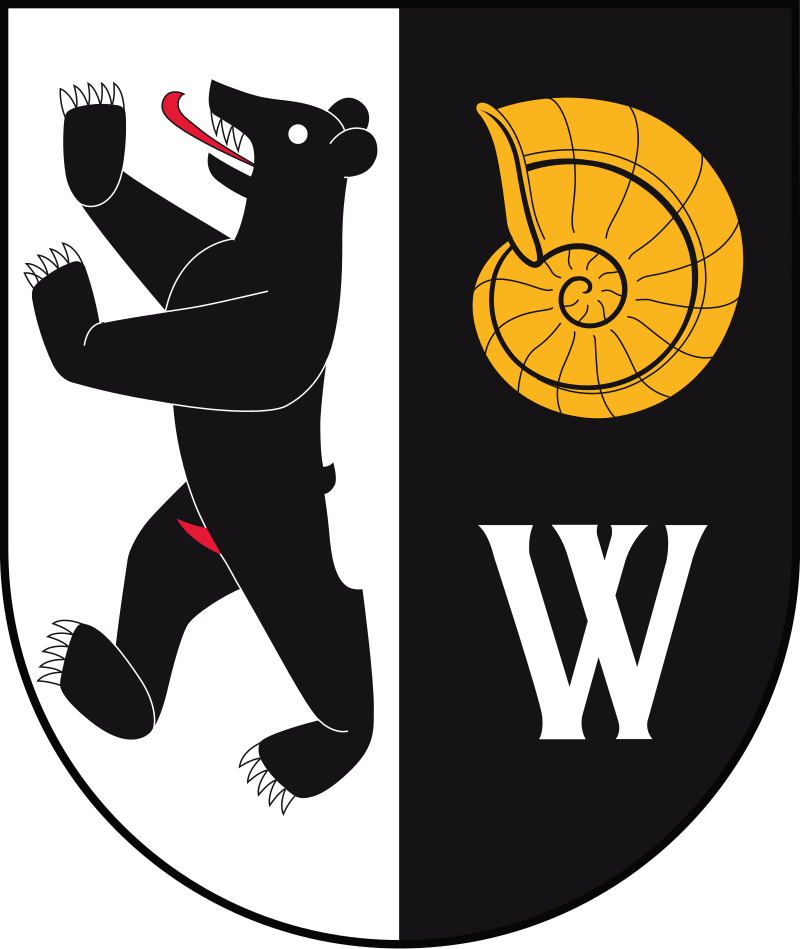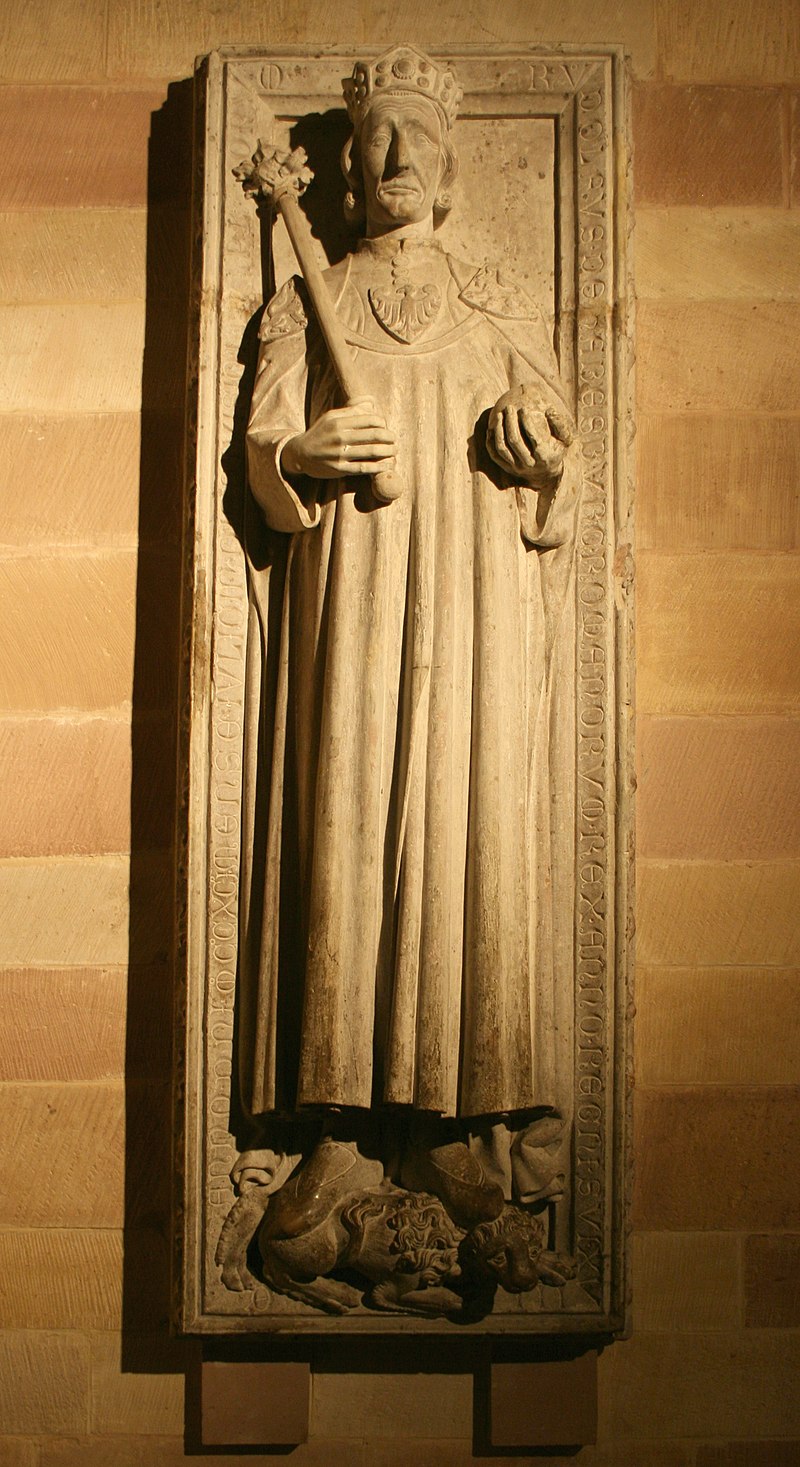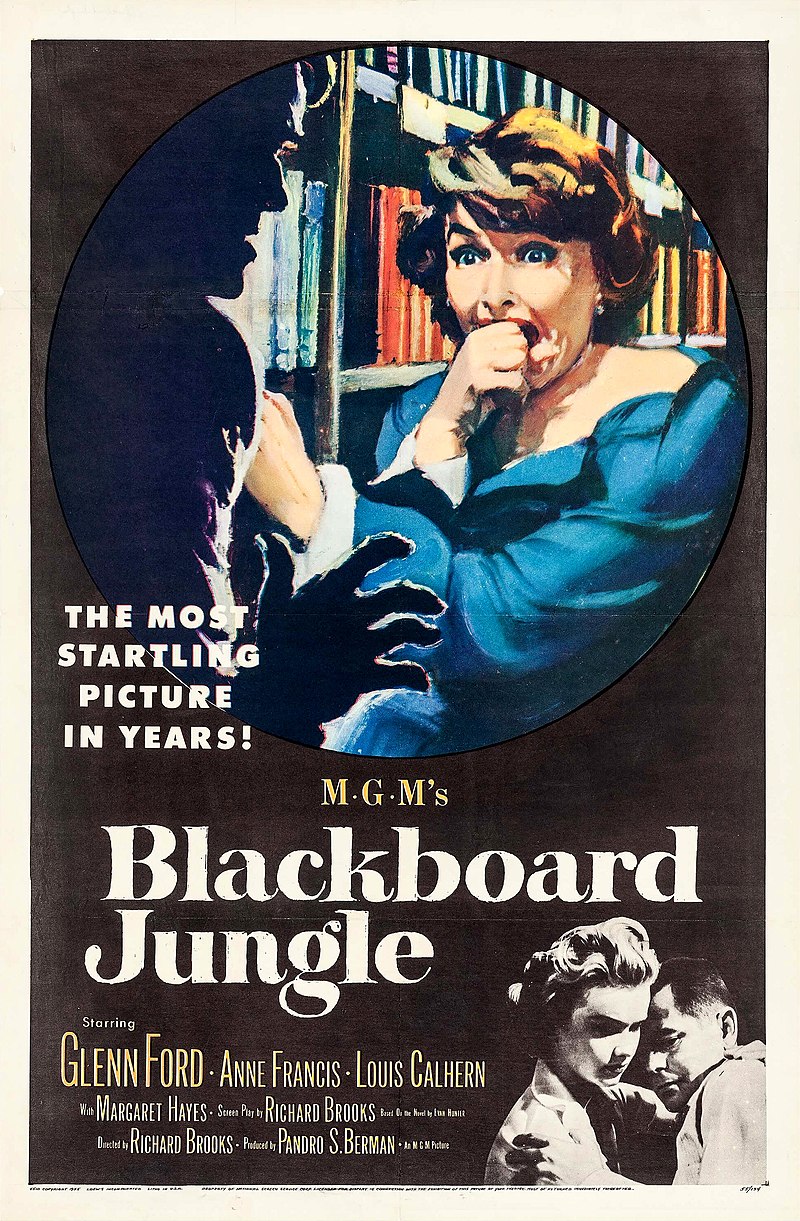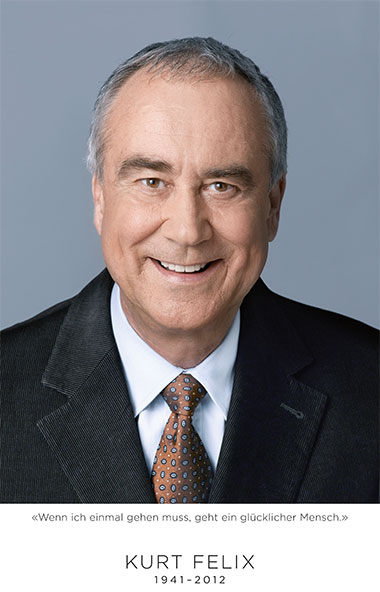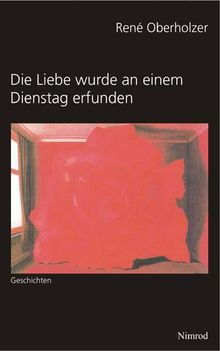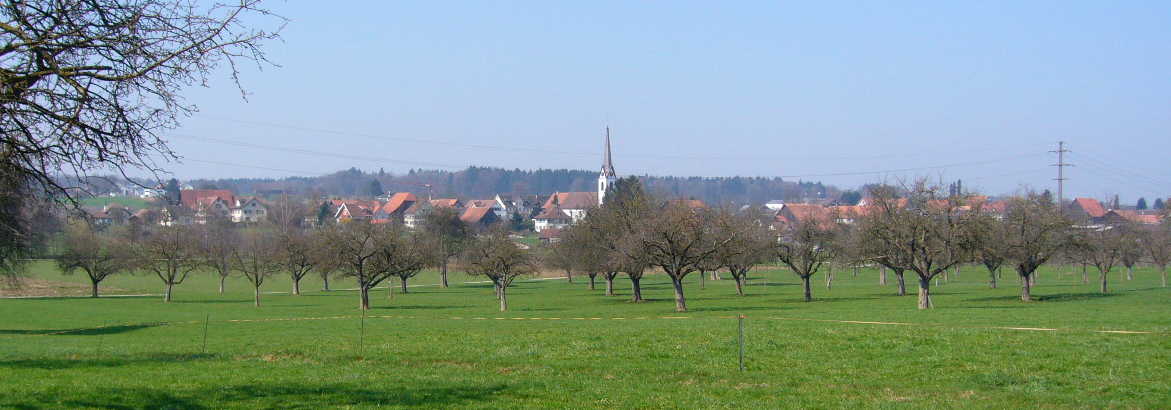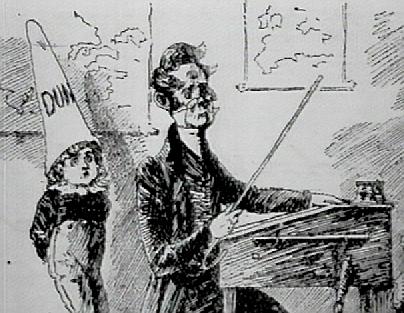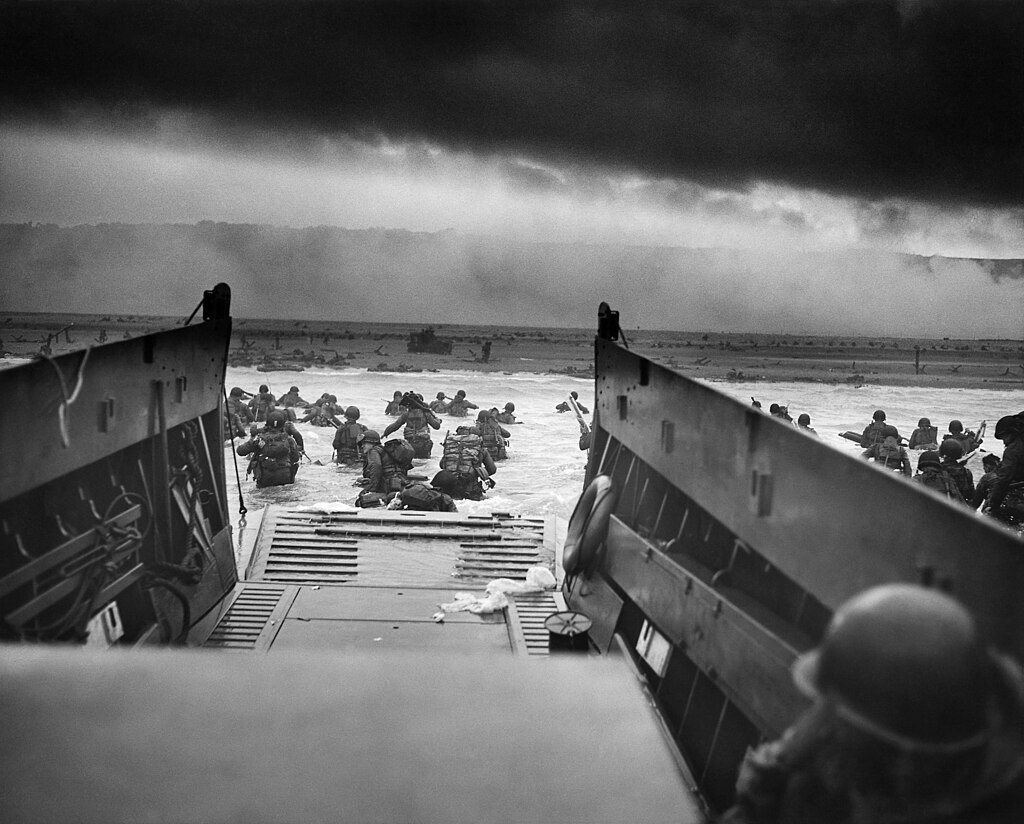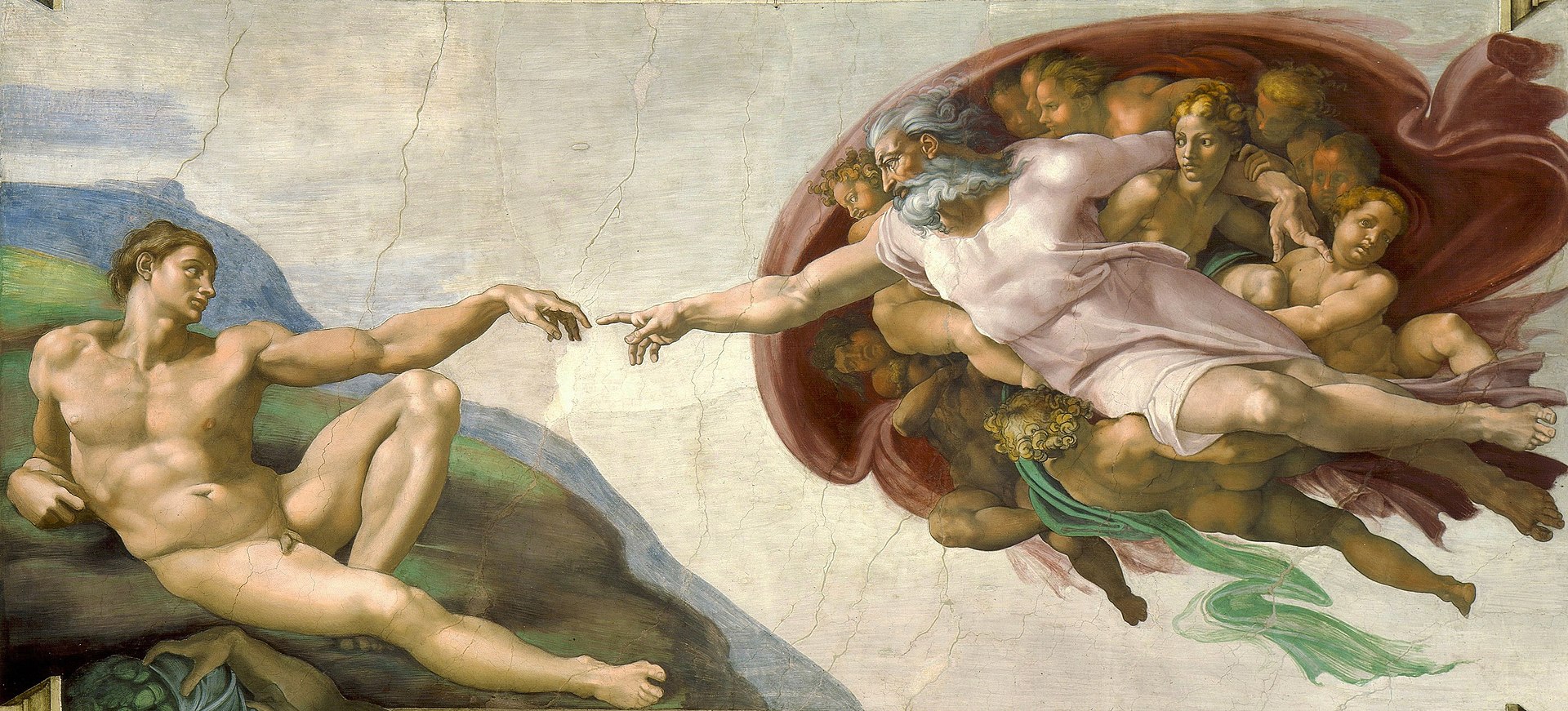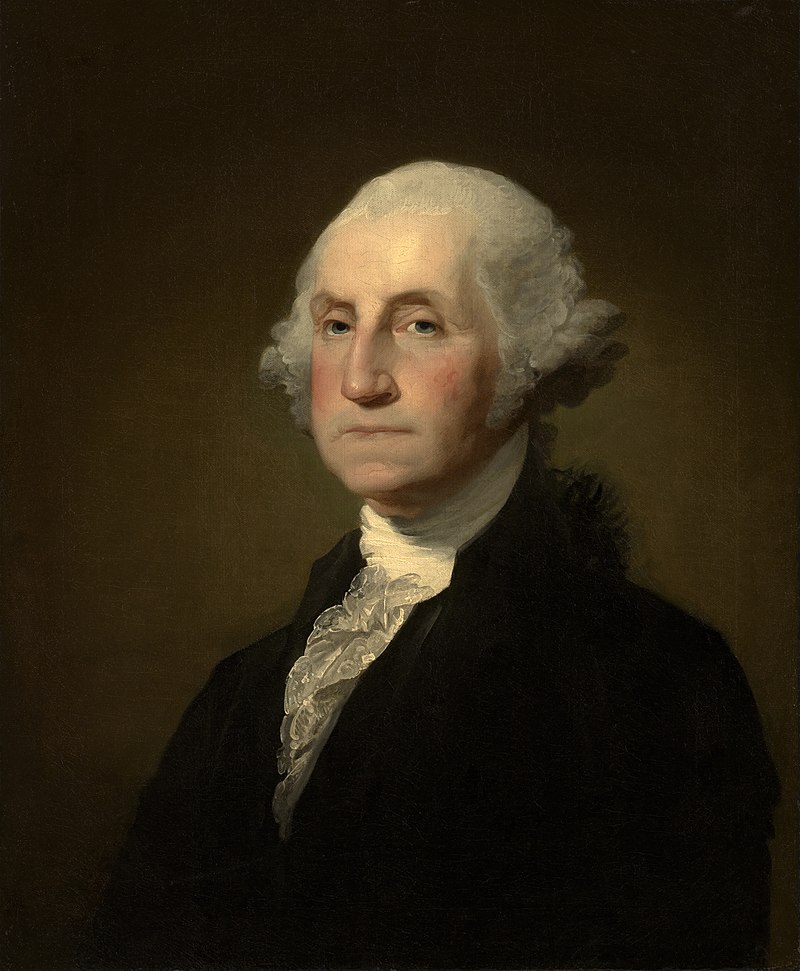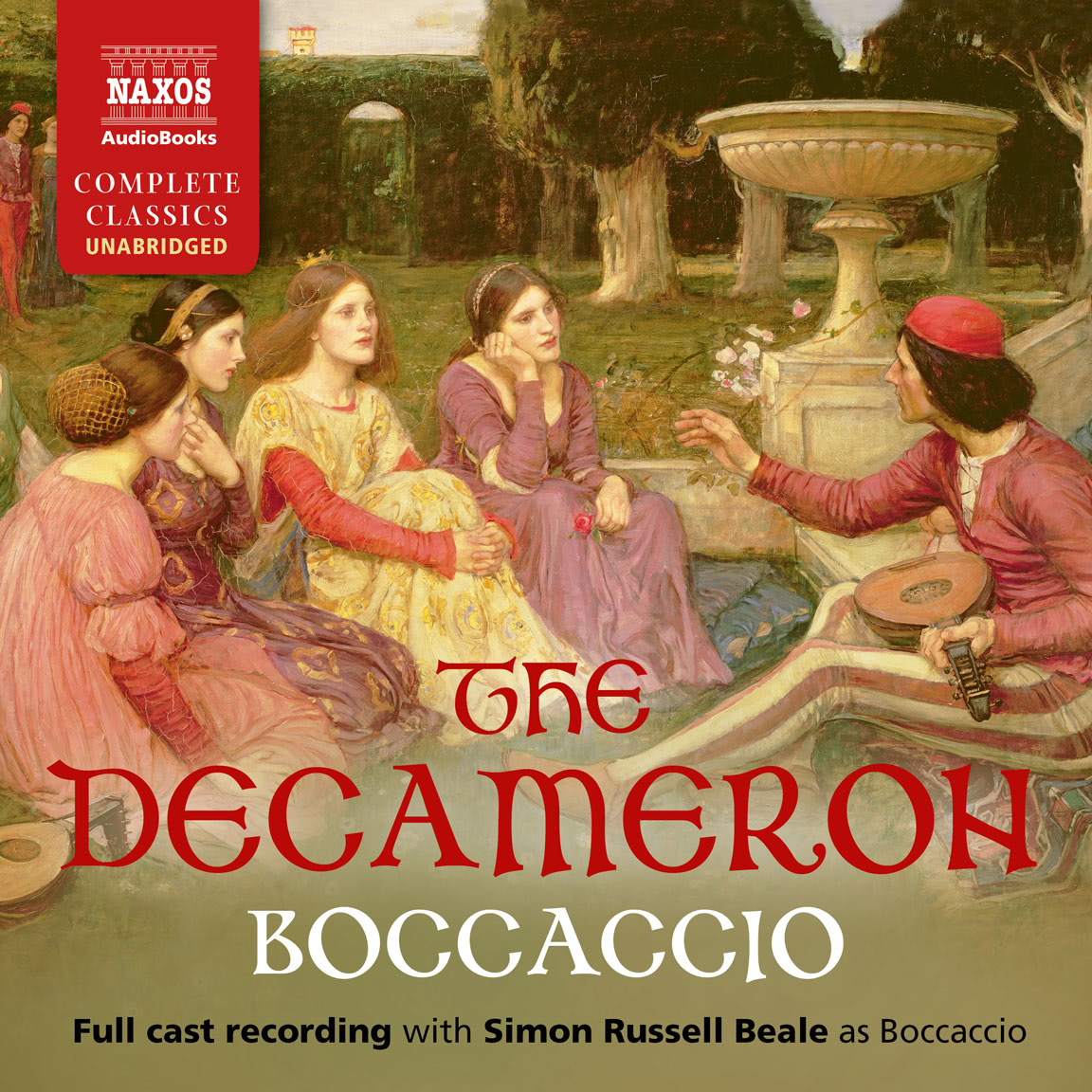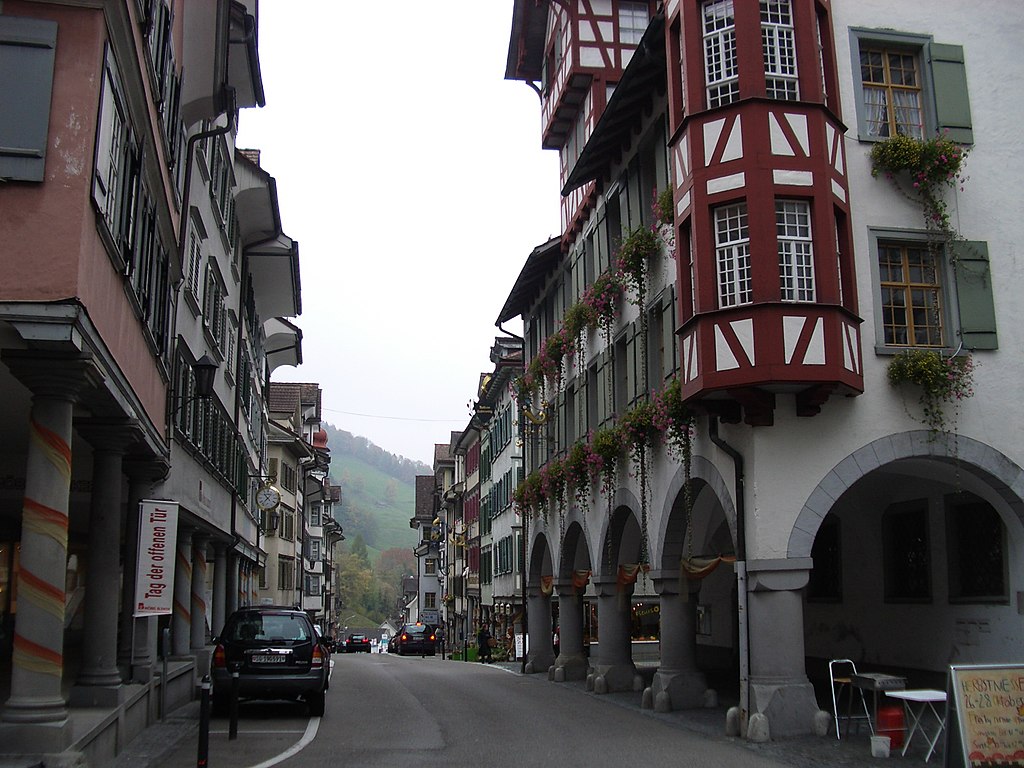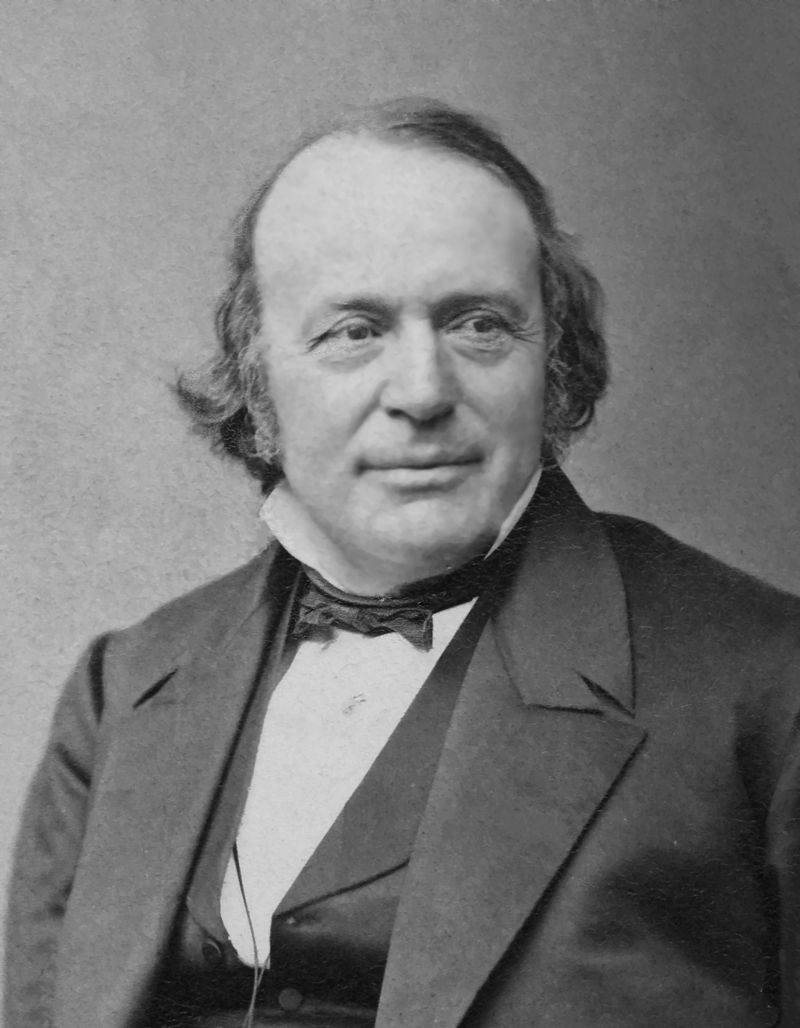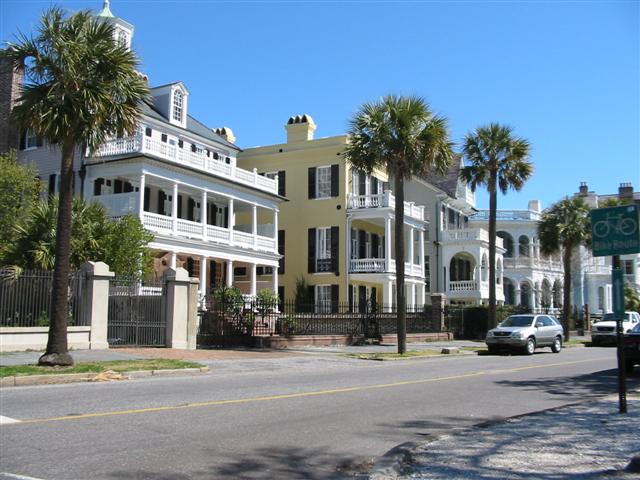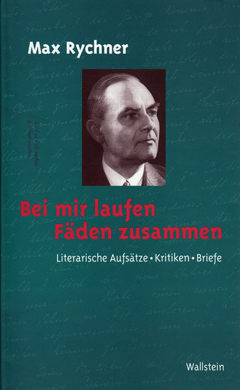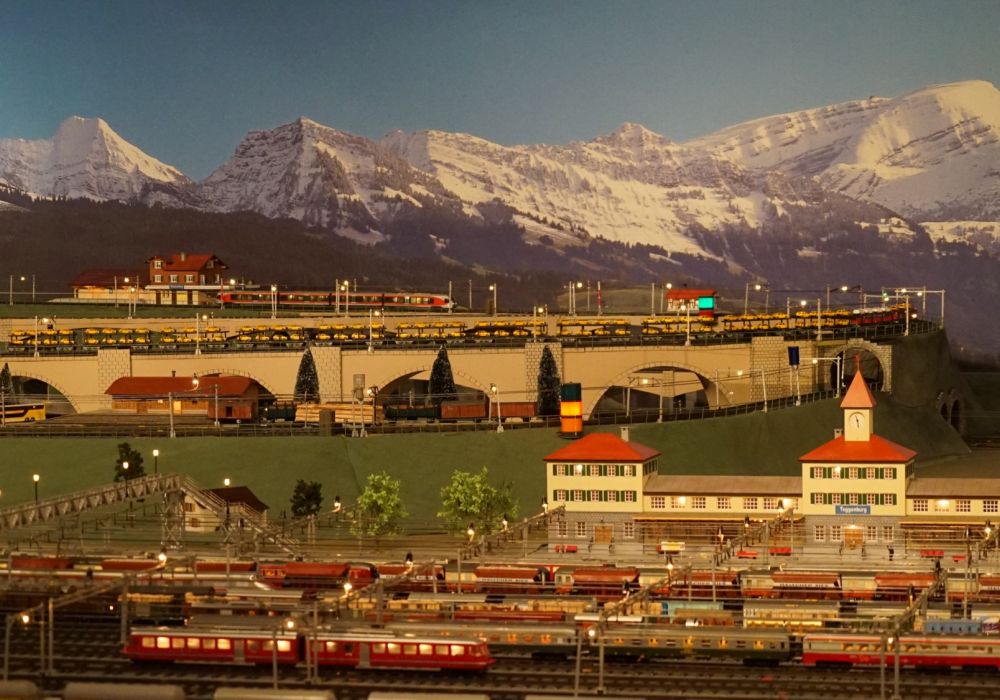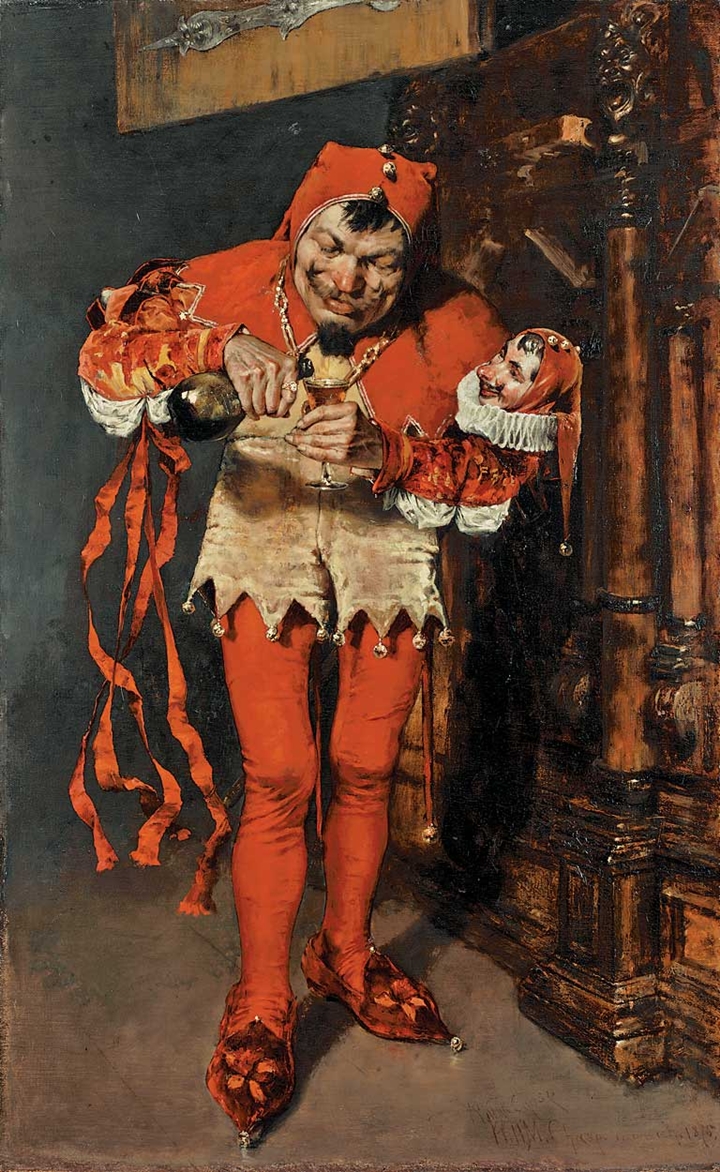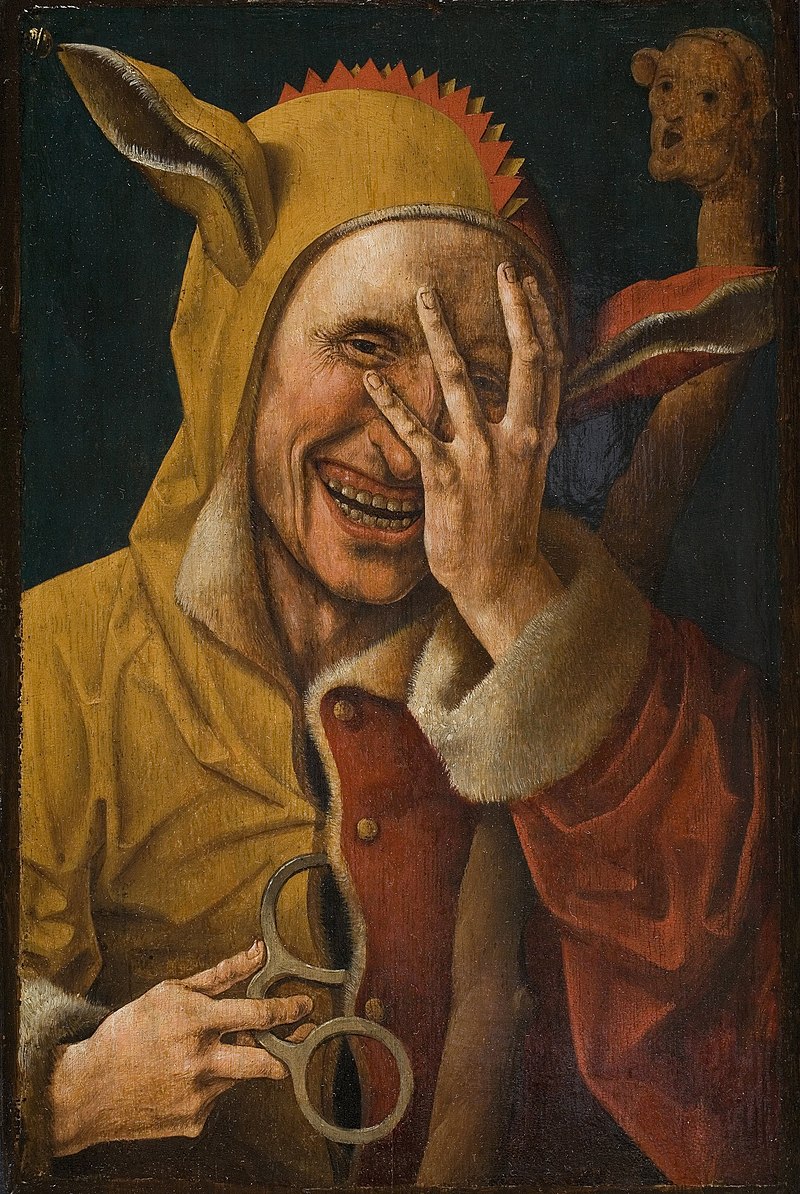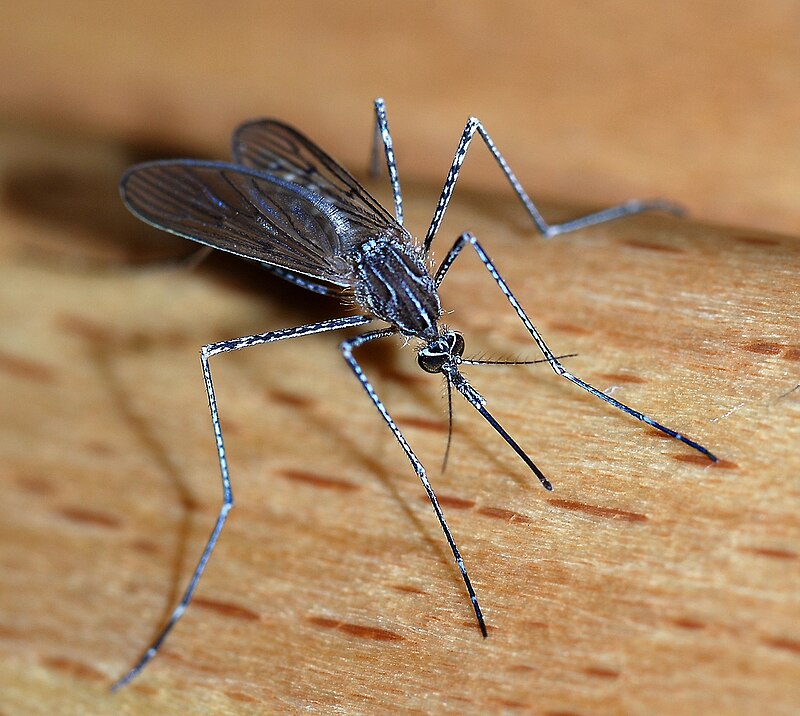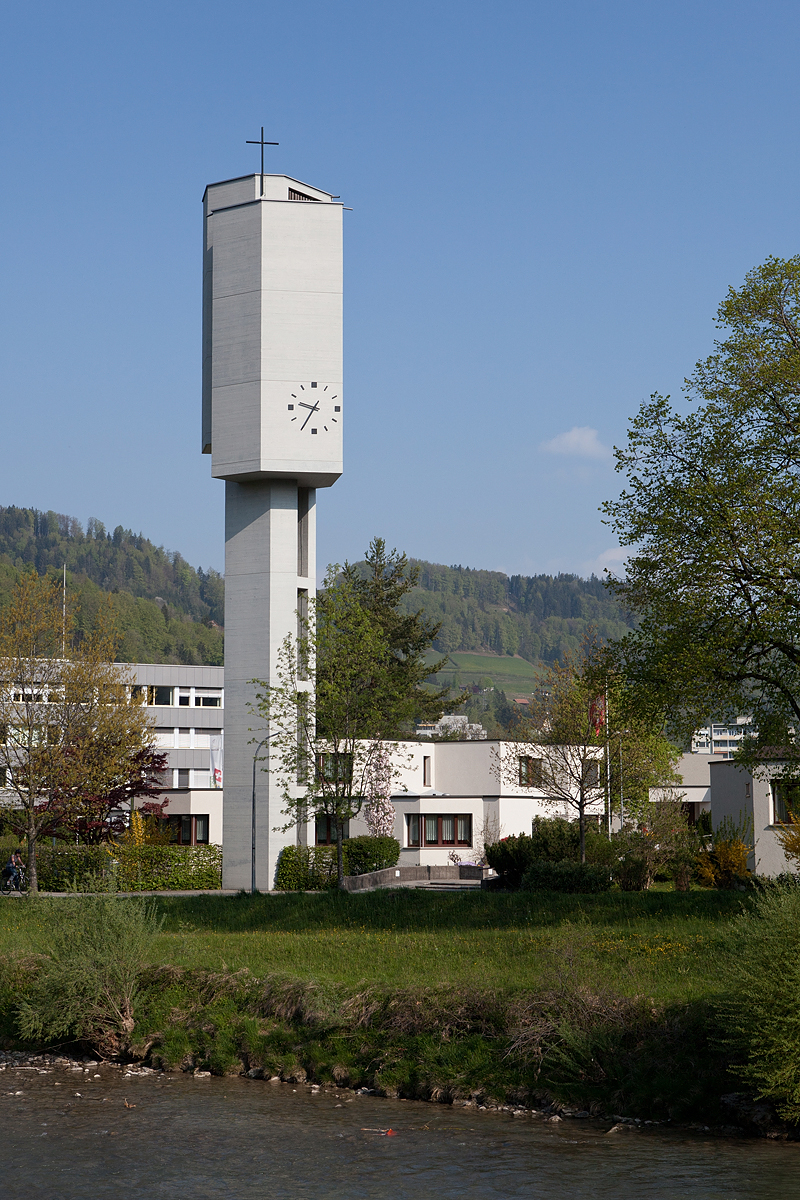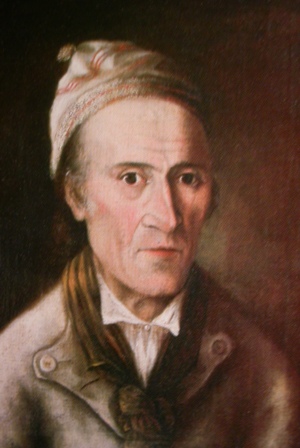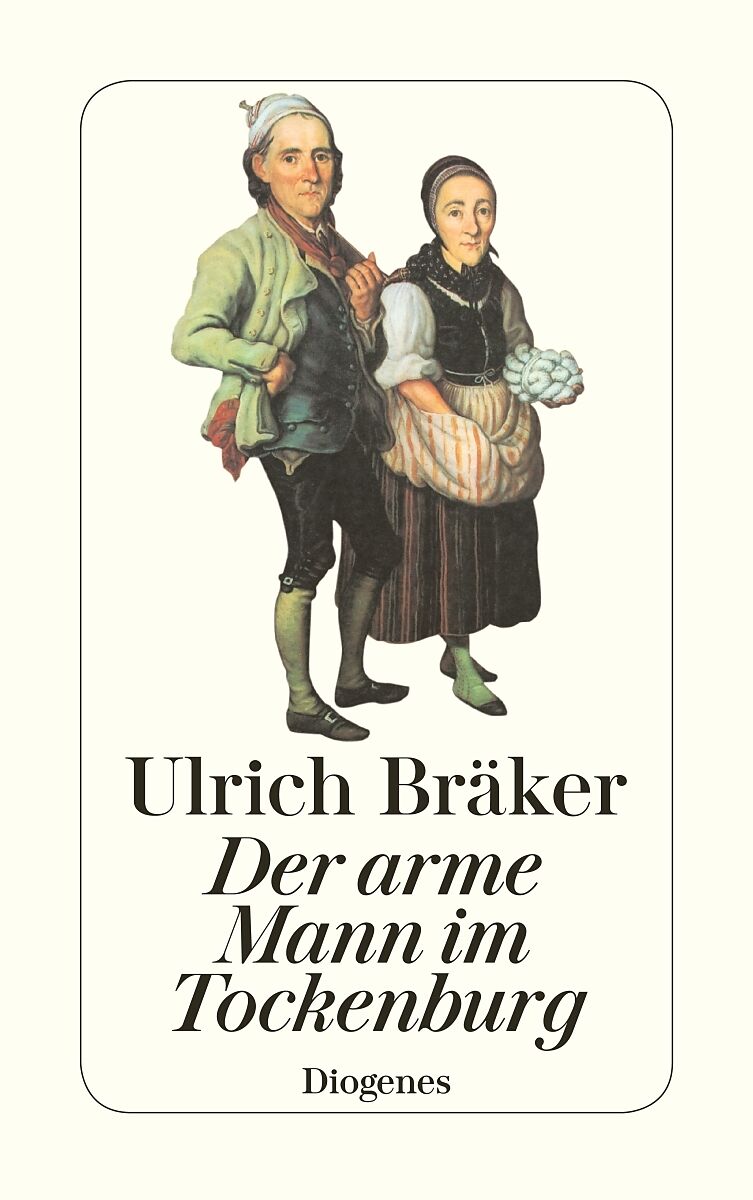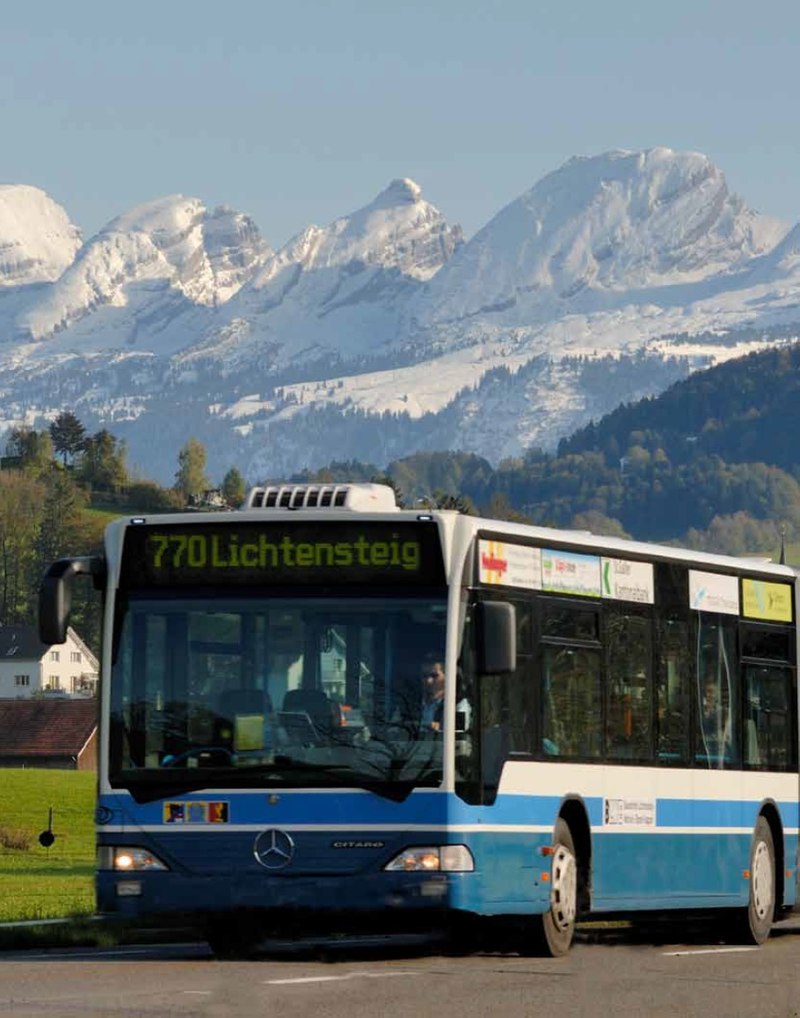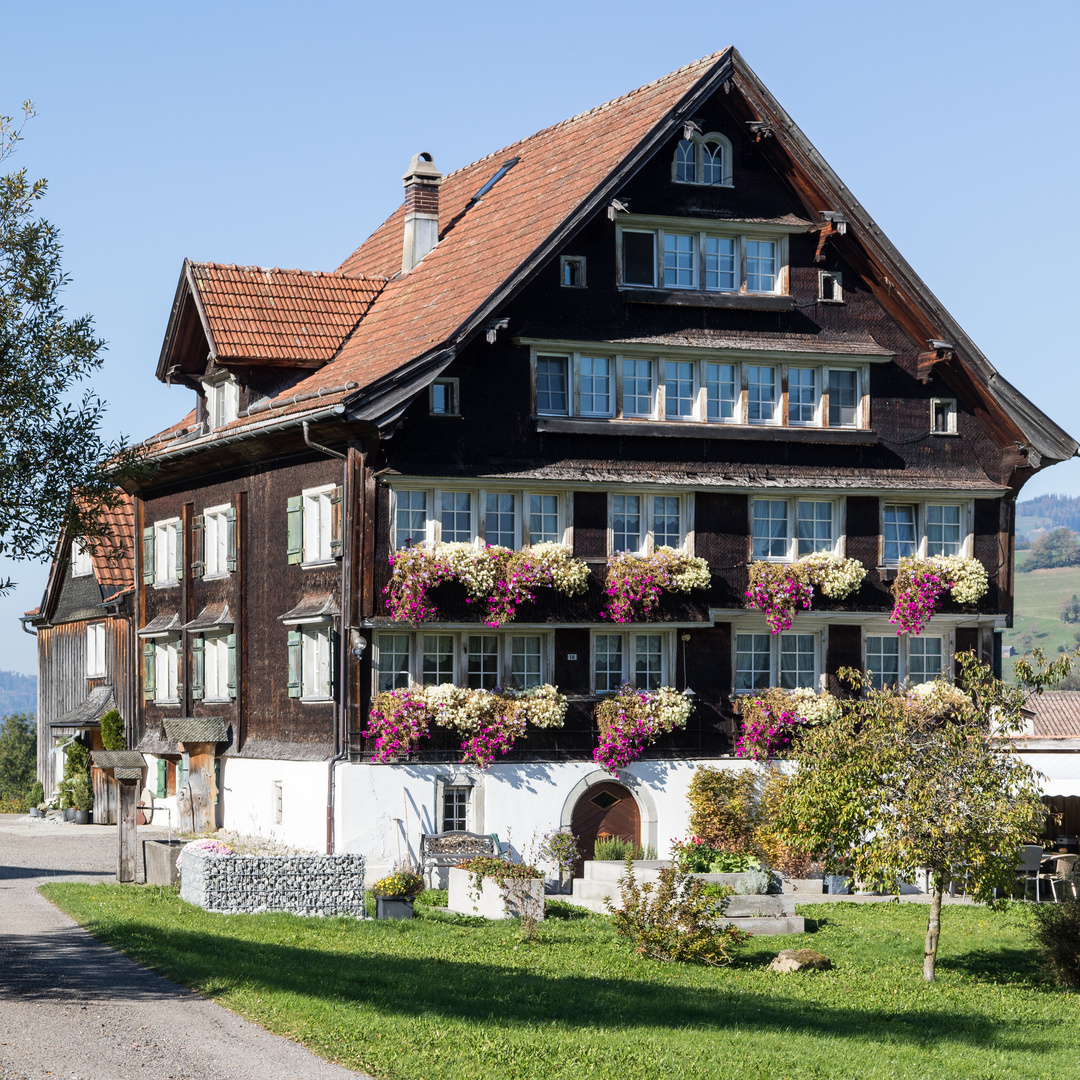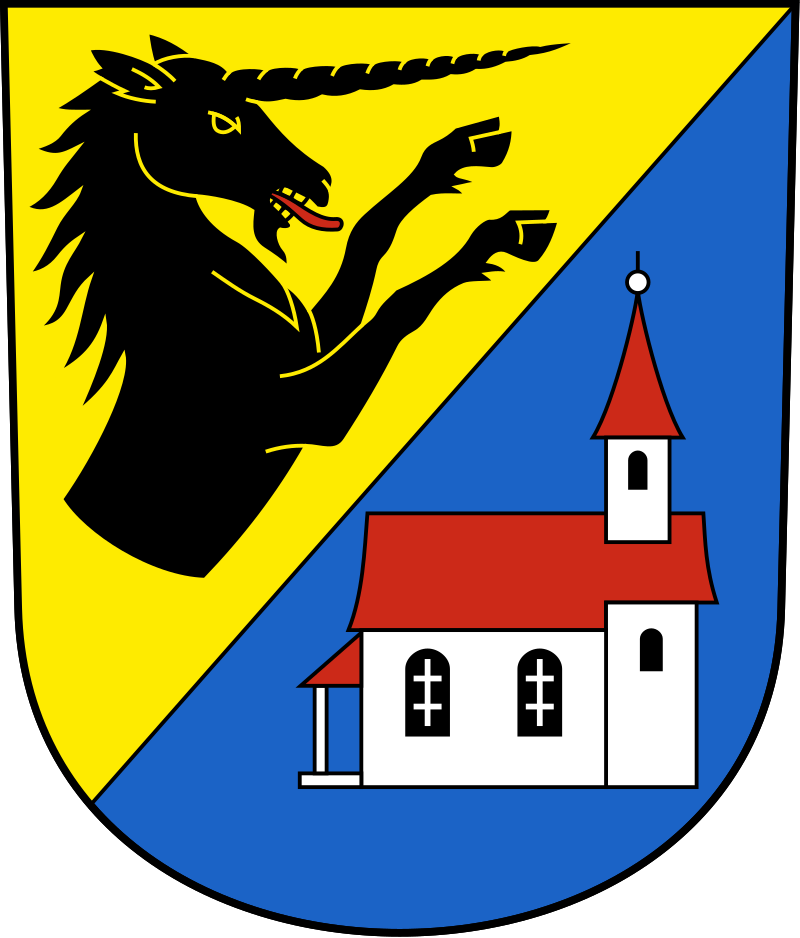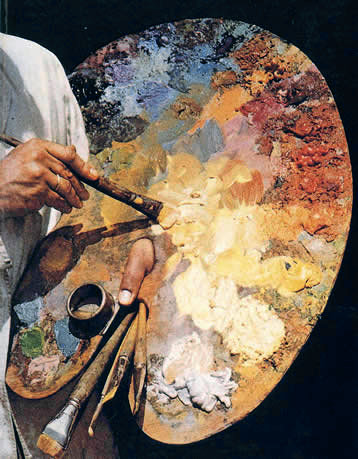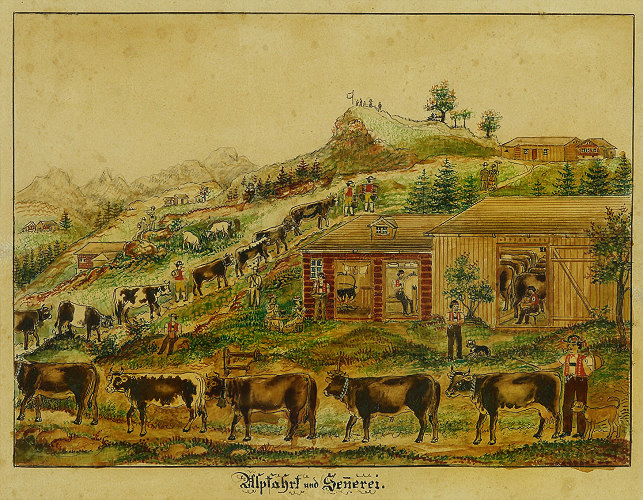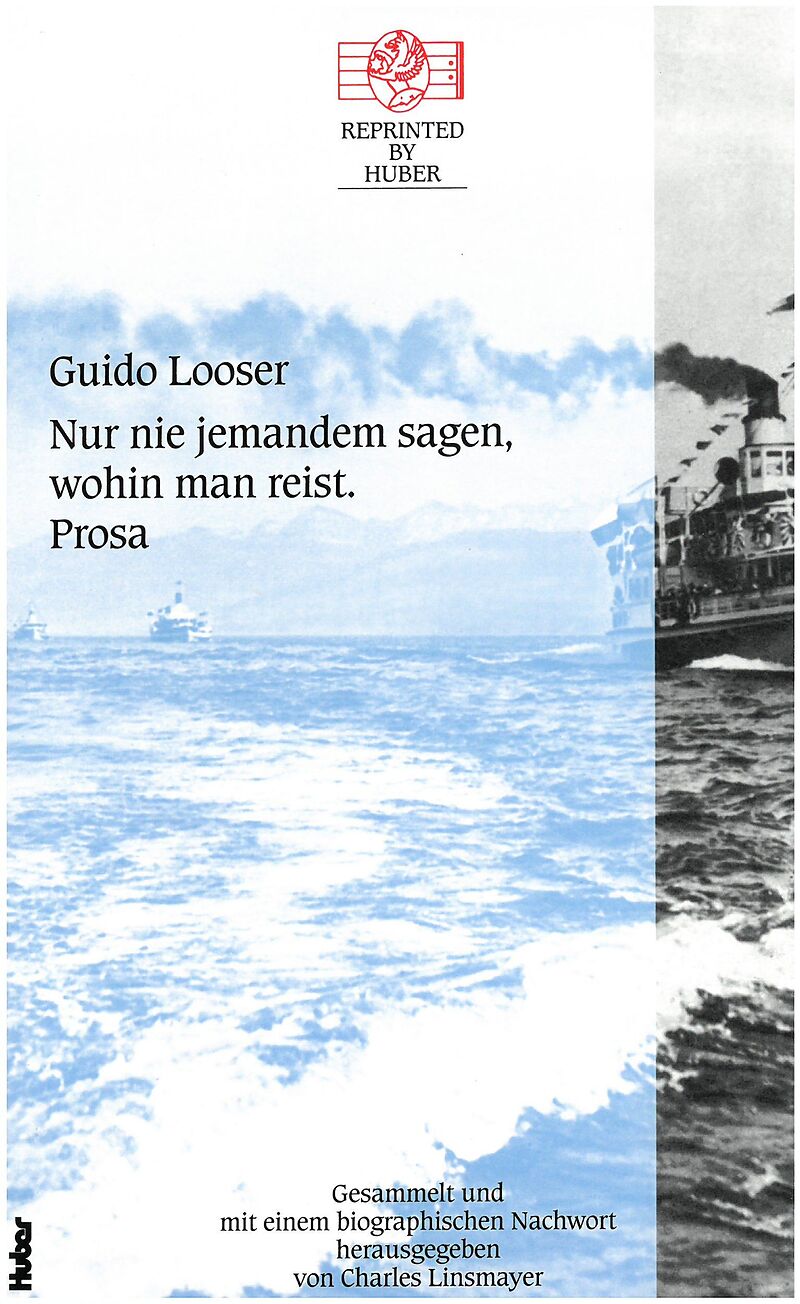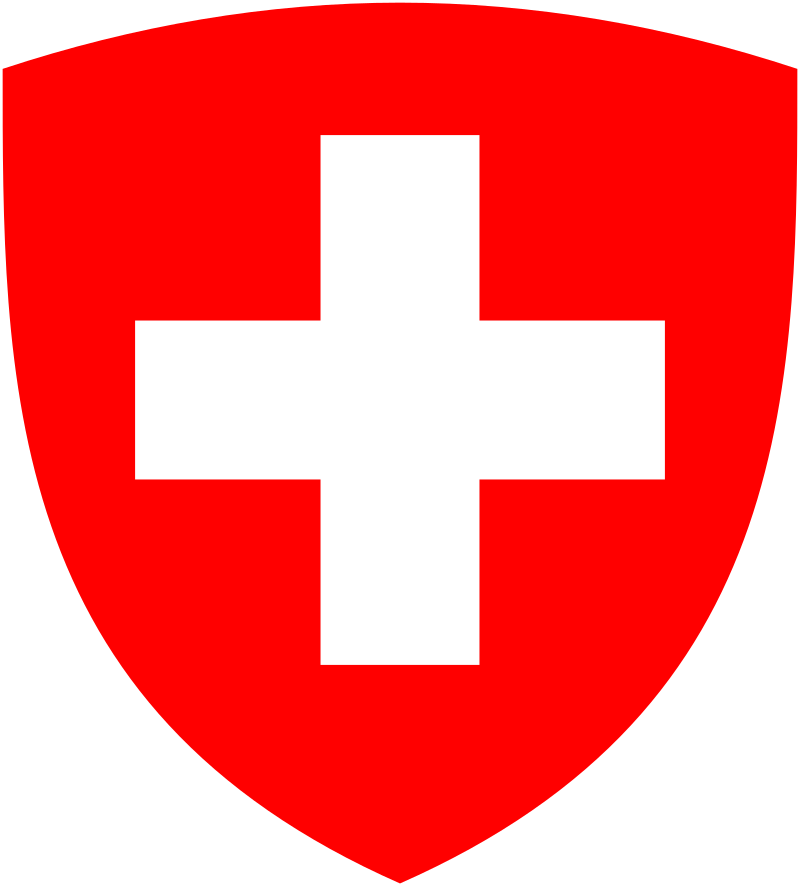The way of the bull
Eskişehir, Türkiye, Monday 20 June 2022
It is a long weekly journey for a tall man.

Six hours on a cramped bus each way between Eskişehir (where I live) and Denizli (where I teach every Friday) and, for the most part, it feels like an endurance test that must be tolerated.


Nonetheless, the journey does have one compensation:
Scenery.
My spirit longs to drag my body off the bus and compel it to hike the hills and climb the crests of surrounding mountains that encircle the highways.
The journey to Denizli usually finds me distracting myself with books as the trip is made in the morning and early afternoon with daylight my constant travel companion.
The journey from Denizli, made between 6 pm and midnight, is spent with eyes cast outside the windows as sunset paints a magical silhouette that mere photographs cannot sufficiently capture.

I am reminded of the lower Laurentians where I was raised in Canada.

I am reminded of Switzerland where I resided in the decade before I moved to Türkiye for work.

My eyes seek in the Turkish silhouette the one commonality that the Laurentians and the Alps share.
In the distance I see what I had sought.
Cows.
My spirit is at peace.
A smile returns to my face.
How easy it is to forget that cows are animals…..

To Reinhard Pfurtscheller, the land he farmed high in the Alps was always a slice of Paradise.
He would wake up in a cabin more than 300 years old, cows already wandering the flower-speckled meadows, snow-capped peaks all around.
“There is nothing more beautiful.“, Pfurtscheller says.

Until that warm July afternoon when he watched medics on his pasture zipping shut a body bag.
As the helicopter took off with the victim, Pfurtschneller learned that a 45-year-old hiker from Germany had been brutally assaulted, sustaining grevious injuries to her chest and heart.
The farmer was well acquainted with her killers:
Bea, Flower, Raven, and his other cows.

Across the Alps, such attacks once were a shocking rarity.
No longer.
Amid the sweeping economic changes jeopardizing farmers’ future, the creatures that for decades have defined the region’s landscape and culture – bovine stars of tourism campaigns – have become liabilities.

Another hiker was killed a year after the German woman died in 2014 and another in 2017.
Statistics are not kept by Austrian, Swiss, Italian or French authorities, but media reports of incidents have become increasingly common.
Nowadays, signs warning tourists in English, French, German and Italian are ubiquitous:
Cross pastures at your own risk.
Hotels display brochures on how to stay safe.
Olympic skiers and famous actors help to raise awareness in TV spots and online videos, often stressing:
“The mountain pasture is no petting zoo.“

Yet this summer, with many Europeans yearning for the outdoors after two years of living with coronavirus restrictions, there are worries that the hiking season will result in even more attacks.
Since June 2020, at least nine attacks have been reported.
“Some might think this isn’t serious, but do you know how terrifying a herd of cows charging at you is, how fast and agile they are?“, said Andreas Freisinger, an optician living near Wien (Vienna).
It is a rheotrical question.
Freisinger (50) indeed knows.
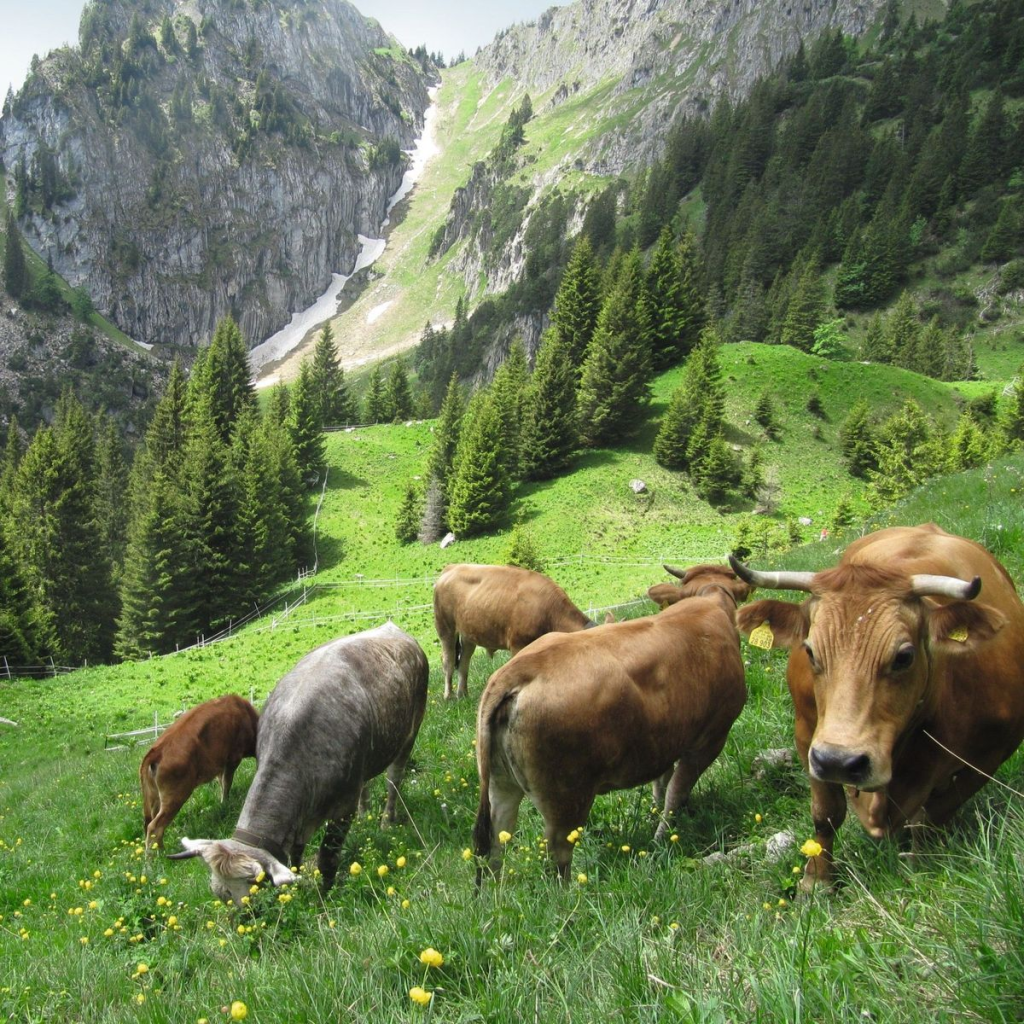
An agitated herd came at him and his family while they were day-tripping on one of the highest mountains in the eastern Alps.
They escaped only because they let their dog off the leash and the cows pursued Junior as he fled into the forest.
When Freisinger went looking for the St. Bernard mix, he heard a rapid scuffing just before a lone cow knocked him to the ground.
“I was fighting for my life.“, he recounted, describing how he aimed his kicks for the cow’s udders.
Even so, the animal cracked one of his shoulder blades, an orbital cavity, and several vertebrae and ribs, plus flattened his lungs and diaphragm with the weight of a grand piano.

The scenery that annually draws 120 million tourists would not exist if not for cows grazing.
It has been cultivated over seven centuries of farmers driving their herds to mountainside meadows in the summer.
The animals’ hoofs firm the soil, their tongues gently groom the grasses and wildflowers.
In the process, they continuously sculpt verdant pastures.

All that seemed at stake when a court in the western state of Tyrol found Pfurtscheller solely responsible for the German woman’s death and ordered him to pay more than $210,000 in damages to her widower and son plus monthly restitution totalling $1,850.

The 2019 decision shocked farmers and not just in Neustift im Stubaital, a village of fewer than 5,000 inhabitants.

As foreclosure on Pfurtscheller’s home and farm loomed, some farmers contemplated banning hikers from their land, a move that would cut off access to the Alps.
Others threatened to stop taking their cows into the Alps altogether, a move that would allow nature to cut back in.
Forests would soon begin to take over.

“This isn’t just about the farmers.
It is the wish of all Europeans to have the mountains open for hiking.”, warned Josef Lanzinger, head of the Alpine farming association in Tyrol.

“This would mean the end of Alpine pastures.“, said Georg Strasser, president of Bauernbund, the national farmers association that is one of Austria’s most powerful lobbies.
Failing dairy and meat prices had already tightened the screws on farmers, Strasser told reporters after the Pfurtscheller ruling, and the spectre of lawsuits would prove too much to bear.

Governments quickly acted to keep cows on the pastures.
State governors, federal ministers, even the then-Austrian Chancellor Sebastian Kurz spoke out in support of Pfurtscheller, a man of 62 who has been farming since he was ten.
Last year, federal law was changed to block similar litigation.
New insurance policies now cover every farmer whose animals go wild.

In May 2020, the Austrian Supreme Court of Justice upheld a revised lower court verdict that held the hiker equally culpable for the tragedy, cut her survivors’ compensation to $92,400 and halved their monthly restitution payments.
The verdict was a real blow, said Markus Hirn, the lawyer for her family.
“But given how much political support the farmer had, it still feels like a win.“

Farmers feel otherwise because of the pressures they are facing.
The steep Alpine terrain limits the amount of feed that can be grown and the number of cows that can be held.
On average, a farmer in Tyrol owns 12 cows, but the more dramatic the landscape gets, the lower that figure goes.

Hikers with dogs, as well as bike riders, add to cows’ stress.
(The casualty on Pfurtscheller’s farm was accompanied by a terrier.)
“To the cows, dogs are direct descendants of wolves.”, Pfurtscheller said.
“If you thought your child is in danger, wouldn’t you defend it?“
Pfurtscheller has posted new signs on his land warning hikers to keep dogs away from mother cows at all times.
He fences his pastures.
“People want the pastures, they want cows, and farmers in Lederhosen.“, Pfurtscheller said.
“But nobody sees how much effort it is.“

Nature teaches beasts to know their friends.
William Shakespeare, Coriolanus, Act 2, Scene 1

“People watch with amazement a TV programme on the social lives of elephants – their family groupings, affections and mutual help, their sense of fun – without realizing that our own domestic cattle develop very similar lifestyles if given the opportunity.“
Joanne Bower, The Farm and Food Society

Cows have far more awareness and know-how than they have ever been given credit for.
Watching cows and calves playing, grooming one another or being assertive, takes on a whole new dimension if you know that those taking part are siblings, cousins, friends or sworn enemies.
If you know animals as individuals you notice how often older brothers are kind to younger brothers, how sisters seek or avoid each other’s company, and which families always get together at night to sleep and which never do so.

Cows are as varied as people.
They can be highly intelligent or slow to understand.
Friendly, considerable, aggressive, docile, inventive, dull, proud or shy.
All these characteristics are present in a herd.

Cattle (Bos taurus) are large domesticated bovines.
They are most widespread species of the genus Bos.
Adult females are referred to as cows and adult males are referred to as bulls.
Cattle are commonly raised as livestock for meat (beef or veal), for milk, and for hides, which are used to make leather.
They are used as riding animals and draft animals (oxen or bullocks, which pull carts, plows and other implements).

Another product of cattle is their dung, which can be used to create manure or fuel.

In some regions, such as parts of India, cattle have significant religious significance.

Cattle, mostly small breeds such as the Miniature Zebu, are also kept as pets.

Different types of cattle are common to different geographic areas.
Taurine cattle are found primarily in Europe and temperate areas of Asia, the Americas and Australia.

Zebus (also called indicine cattle) are found primarily in India and tropical areas of Asia, America, and Australia.

Sanga cattle are found primarily in sub-Saharan Africa.
These types (which are sometimes classified as separate species or subspecies) are further divided into over 1,000 recognized breeds.
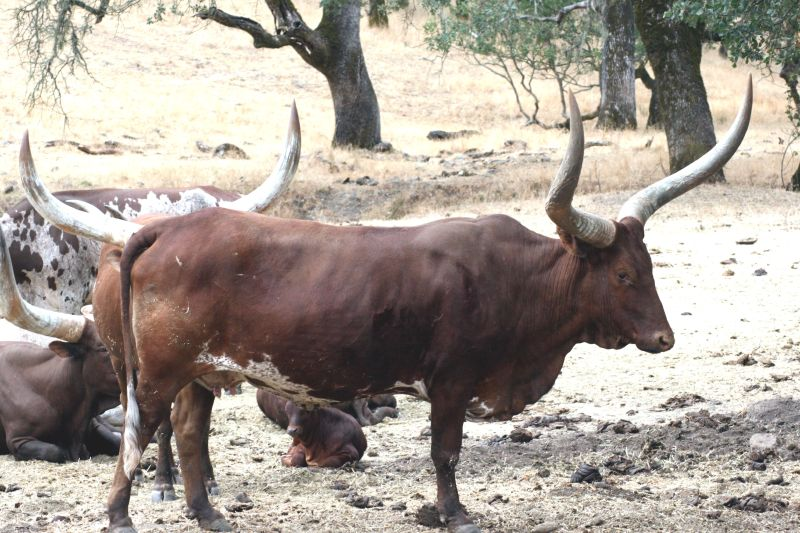
Around 10,500 years ago, taurine cattle were domesticated from as few as 80 wild aurochs progenitors in central Anatolia, the Levant and Western Iran.
A separate domestication event occurred in the Indian subcontinent, which gave rise to zebu.
According to the Food and Agriculture Organization (FAO), there are approximately 1.5 billion cattle in the world as of 2018.
Cattle are the main source of greenhouse gas emissions from livestock, and are responsible for around 10% of global greenhouse gas emissions.
In 2009, cattle became one of the first livestock animals to have a fully mapped genome.

I am Cow, hear me moo
I weigh twice as much as you
And I look good on the barbecue
Yogurt, curd, cream cheese and butter’s
Made from liquid from my udders
I am Cow, I am Cow, Hear me moo (moo)

I am Cow, eating grass
Methane gas comes out my ass
And out my muzzle when I belch
Oh, the ozone layer is thinner
From the outcome of my dinner
I am Cow, I am Cow, I’ve got gas

I am Cow, here I stand
Far and wide upon this land
And I am living everywhere
From BC to Newfoundland
You can squeeze my teats by hand
I am Cow, I am Cow, I am Cow
I am Cow, I am Cow, I am Cow!

Aggression in cattle is usually a result of fear, learning and hormonal state, however, many other factors can contribute to aggressive behaviors in cattle.
Temperament traits are known to be traits in which explain the behaviour and actions of an animal and can be described in the traits responsible for how easily an animal can be approached, handled, milked or trained.
Temperament can also be defined as how an animal carries out maternal or other behaviours while subjected to routine management.
These traits have the ability to change as the animal ages or as the environment in which the animal lives changes over time, however, it is proven that regardless of age and environmental conditions, some individuals remain more aggressive than others.
Aggression in cattle can arise from both genetic and environmental factors.
Aggression between cows is worse than that between bulls.
Bulls with horns will bunt (push or strike with the horns) in which can cause more damage overall.
Most aggressive behaviours of cows include kicking, crushing and/or blunting.
There are many types of aggression that are seen in animals, particularly cattle, including maternal, feed, comfort influencing, pain induced, and stress induced aggressiveness.

There are many components to maternal behavior that are seen in cattle, including behavior that allows proper bonding between mother and baby, nursing behavior, attentiveness and how mother responds to offspring.
This maternal behavior is often seen in cattle during lactation as a prey species, this triggers the maternal instinct to protect their young from any threat and may use violent aggressive behaviors as a defense mechanism.
During lactation in prey species, including cattle, a reduction in fear responsiveness to novel and potentially dangerous situations facilitates the expression of defensive aggression in protection of the young.
It has also been proven however that aggression is not only performed in the protection of the offspring, but it can be directed to the offspring, in which could be directly related to fear.

This is commonly seen in cattle due to high stocking densities which could potentially decrease the amount of space each cow has, as well as limit their ability to have access to feed, even impacting the ruminal environment.
It has been proven that supplying feed and water to cattle that are housed together may be heavily associated with feed aggression and aggressive actions towards others cows and within loose-housed cattle, feeding places are noted to have the highest amount of aggressive behaviours.

These are aggressive behaviors associated with lack of comfort, inadequate lying space or time in which the physical environment fails to provide the animal.
Cow comfort plays an important role in the well being as well as maximizing production as an industry.
Within many intensive production systems, it is very common to see limited space for resting, which can be associated with negative behaviors as not providing the appropriate space for the animal reduces resting and lying behavior, increasing irritability and the potential to act in aggressive behaviours.
Although not all production systems provide limited space and time for lying, uncomfortable stalls are also known to be a major problem when it comes to lying behaviour in cattle.
Decreasing the quality of resting area for cows will decrease resting time, and increase the likelihood of stress, abnormal and aggressive behaviours as the deprivation of lying/resting behaviors is proven to affect responses within the hypothalamic pituitary adrenal axis which is associated with chronic stress in the animal.
Not only lying time and space act as important regulators of comfort induced aggression, but other environmental factors may play a role in the comfort of an animal.
Temperature has been shown to be a factor that influences the behavioral interactions between cattle.
It has been found that, by providing cows with the proper cooling environment or as heat decreases aggressive interactions in cattle will also decrease.
Cattle with access to more shade are known to show reduced physiological and behavioural responses to heat.

There are behaviours caused by some sort of stressor that can lead to aggressive advances towards themselves or other individuals.
A stressor is an object or event that can cause a real or perceived threat internally or externally to an animal.
Stressors are common in farm animals such as dairy cows as they live in a complex environment where there are many stressors including:
- novel objects (new objects such as handlers, food, or group mates)
- social stimuli (different environments, new individuals)
- restraint (physical restraint, moved to cubicles, transported).
Dairy cows specifically have been known to be very sensitive to new, unfamiliar events or objects such as being around an unfamiliar person, or presented with a novel food item.
Stress has extreme negative impacts on growth and reproduction in cattle, as the pituitary-adrenal system is very sensitive to different environmental stressors such as:
- inadequate space
- feed
- poor quality housing
- new objects or individuals
- new living/housing system.

Pain is defined as an effective state and can only be truly measured indirectly in both humans and animals, that may present some challenges in decision making regarding pain management.
Many things can result in pain including:
- dehorning

- tail docking

- handling

- castrating

- mastitis

- lameness

- confinement

- transportation

Lameness is a common issue seen in cattle, and may occur in facilities with poor management and housing systems, and inadequate handling skills.
It is because of this issue that many cows find themselves spending a lot of time lying down, instead of engaging in both aggressive (head butting, vocalizing, pushing) and non aggressive behaviors (licking, walking) due to the pain.

Techniques such as low stress handling (LSH) can be used as it provides silence, adequate restraint methods can help minimize stress levels in the animals.
Flight zones should be considered when handling or moving cattle, as they have a blind spot and may get spooked easily if unaware if there is an individual around.

Providing environments for cows in which minimize any environmental stressor can not only improve the wellbeing and welfare of the animal, but can also reduce aggressive behaviours.

Regular examinations (physical and physiological) should be done to determine the condition of the cow, which could show signs of cuts, or lesions, as well as the secretion or hormones inside the body such as cortisol.
Cortisol can be measured through blood sampling, urine, saliva or heart rate to indicate stress level of animal.
Assessing for lameness, as well as giving proper treatment depending on severity / location can include antibiotics.
Using proper treatment / prevention for pain when lameness is examined, as well as procedures such as tail docking, dehorning, castrating, mastitis lameness, etc.
The primary treatment in lame cows is corrective hoof pairing, which provides draining of abscesses, fixing any structural issue with the hoof, and reducing weight baring problems, however if lesions are seen in cattle, antibiotics or other measures may have to be taken to reduce further infection/irritation.
Setting breeding goals can be a potential way to select for desired temperamental traits, further decreasing the risk of raising aggressive cattle.
Before this method of selection can be entirely accurate and safe, however, some tests should be done, such as behaviour and temperament tests.

It is perhaps easier to assume that animals have no feelings.
They can then be used as generators of profit without any regard being given to their actual needs, as satisfying those needs is allegedly not worth the cost.
Happy animals grow faster, stay healthier, cause fewer problems and provide more profit in the long run, when all factors, such as the effects on human health and the environment are taken into account.

W.H. Hudson said:
“Bear in mind that animals are only unhappy when made so by man.“
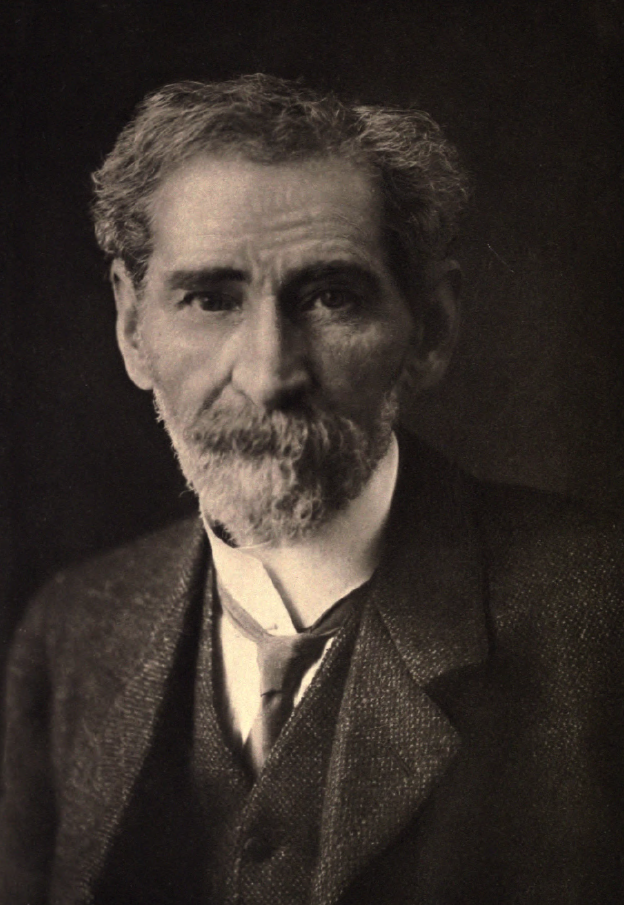
Bovine needs are in many respects the same as human ones:
- freedom from stress
- adequate shelter
- pure food and water
- liberty to exercise, to wander about, to go for a walk, or just to stand and stare.

Every animal needs congenial company of its own species.
A cow needs to be allowed to enjoy its rights in its own way, in its own time, and not according to a human timetable.

The number of different ways a calf may be treated is no fewer than the number of ways a child may be treated.
Most people believe that children need a stable environment with warmth and comfort, good clothes and shoes, food and drink, interesting diversions, friends of their own age and adults to guide and, above all, to love them.
We do not expect a well-balanced adult to emerge from a neglected, ill-nourished, lonely, frightened child.
The same logic should apply to farm animals.
The quality of the food and the overall environment of any living creature will determine its potential in later life.
The behaviour and health of all animals is affected by the quality of food they receive and the stress to which they are subjected.

If animals feel totally relaxed and safe and know themselves to be in a familiar environment, surroundings by family and friends, they will often sleep lying flat out.
They flop in a variety of often amusing positions and look anything from idyllically comfortable to dead.
Sleep may sometimes last only a very short time, but it is important and that they should not be disturbed.
It might sound eccentric to suggest that the reason an animal is bad-tempered is because it is short of sleep, but as sleeping is vital, deprivation will obviously do harm.
Animals can make up for deficiencies in their diet by foraging and finding what they need.
It is up to us to provide conditions in which they can be comfortable and happy enough to sleep well.

Twenty things you ought to know about cows:
- Cows love each other…..at least some do.
- Cows babysit for each other.
- Cows nurse grudges.
- Cows invent games.
- Cows take umbrage.
- Cows can communicate with people.
- Cows can solve problems.
- Cows make friends for life.
- Cows have food preferences.
- Cows can be unpredictable.
- Cows can be good company.
- Cows can be boring.
- Cows can be intelligent.
- Cows love music.
- Cows can be gentle.
- Cows can be aggressive.
- Cows can be dependable.
- Cows can be forgiving.
- Cows can be obstinate.
- Cows can be wise.

Cows are individuals and possess feelings, just like humans.
Thus, they can be as unpredictable as humans.

Let us consider Switzerland.
More than anything, it is the magnificent ranges enclosing the country to the south that define it.
The main draw for visitors, they have also played a profound role in forming Switzerland’s national identity.
They are the favourite recreation grounds for summer hiking and winter skiing.
Within this rugged environment, community spirit is perhaps stronger than anywhere else in Europe.

Switzerland is heaven for outdoor activities of all kinds.
You don’t have to be a mountaineer to enjoy an active holiday in the Alps.
Switzerland has some of Europe’s finest walking terrain with enough variety to suit every taste.

In the northwest the wooded Jura hills provide long views across the lowlands to Alpine giants.

The Bernese Alps harbour a glacial heartland but also feature gentle valleys, pastoral ridges and charming hamlets with well-marked trails weaving through.

On the south side of the Rhône Valley, the Pennine Alps are burdened with snow and glaciers, yet walkers’ paths lead along their moraines.

In the mountains of Ticino, which are almost completely ice-free in summer, you will find trails galore linking modest, lake-jewelled peaks.

In tourist areas walkers can use chairlifts, gondolas and cable cars in summer and autumn to reach high trails.

Paths are well-maintained and clearly marked with regular yellow signposts displaying the names of major landmark destinations, often with an estimate of the time it takes to walk to them. Most signposts also have a white plate giving the name and altitude of the spot you are standing on.
A Wanderweg / Chemin de randonnée pédestre / Sentiero escursionistico remains either in the valley or travels the hillsides at a modest attitude, is sometimes surfaced and will be graded at a relatively gentle angle.
Yellow diamonds or pointers show the continuation of the route.

No one should venture into the outdoors without consulting a good map.
In Switzerland, local shops and tourist offices usually stock a selection, including walkers’ maps with routes and times.

Always check the weather forecast before setting out.

Do not venture to high altitudes if bad weather is expected.

It is sensible to take a fleece and waterproof wherever you go.
On more ambitious outings it is essential with wind- and waterproof clothing and good footwear.
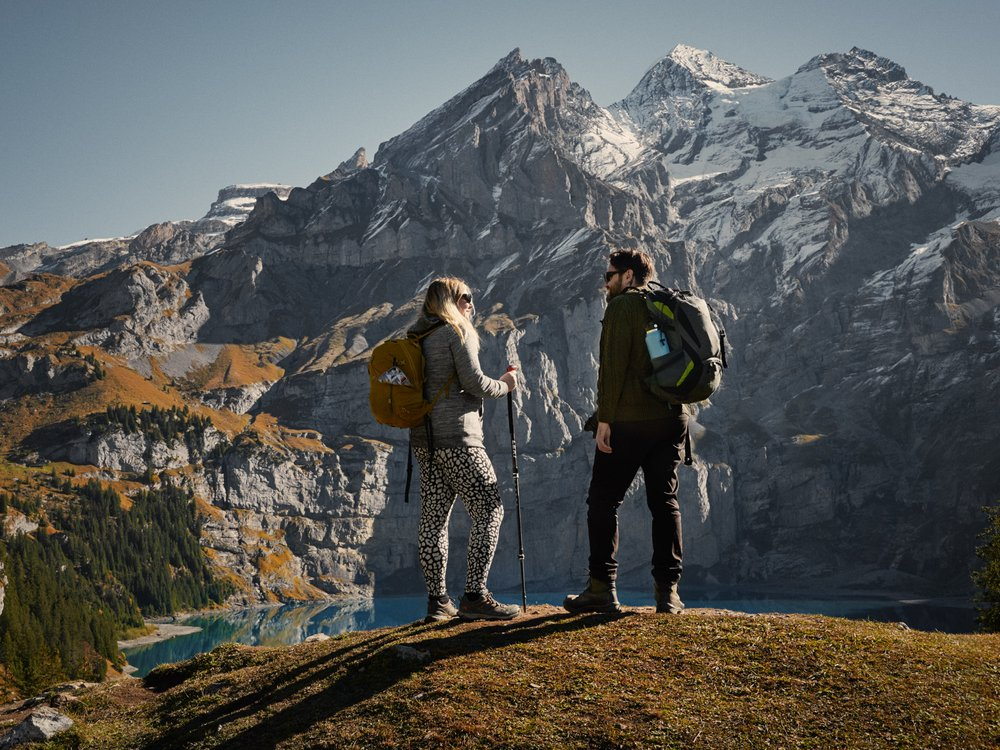
Frequent official avalanche bulletins are published online and publicized widely in mountain areas.

I have been caught outdoors overnight in the mountains.

It seems to me that I have heard of at least one major avalanche in the Alps for each year I lived in Switzerland.

I had heard of at least one fatality on the trails of Switzerland every year.

As a whole, Switzerland has 1.59 million cows, or one for every five people.
So there are victims of cattle aggression in Switzerland.

Two young hikers were airlifted to hospital with moderate injuries after being knocked to the ground by a cow in the canton of Nidwalden on Saturday, 24 August 2019 – the second such incident in the area in a month.

The hikers suffered bruises and shock in the incident involving a herd of cattle and their calves on the Bannalp in the commune of Wolfenschiessen said in a statement.

The walking track that the hikers was temporarily closed.
In addition, the herd of cows involved in the attack has been moved away from its high summer pasture and back down to the valley – a month earlier than planned.
The incident was the second attack by cows on the Bannalp track in two months.
In July 2019, a dog was trampled to death and the animal’s owner was injured.
Dogs were subsequently banned on the walking track for the duration of the summer.

One local farmer told regional daily Luzerner Zeitung that the cause of the attacks lies in the difference between cattle and dairy cows.

“Cattle behave differently to milk cows.
They are quicker to feel themselves under attack and to want to protect their calves, while they are also less used to humans because they are not milked.”, explained Wendel Odermatt.
He said it often only required an aggressive animal to incite an attack.
Herd instinct and the instinct to play also played a role, he added.
In the past, there had been less awareness of this problem because dairy cows dominated in pastures, he said.
Hikers are advised to take care with such herds.

In the summer months hikers strolling through meadows in Switzerland often underestimate the danger posed by cows.
Far from being docile creatures, cows can be aggressive, especially if they are protecting their calves.
Fatal attacks are, thankfully, rare.

In 2015, a German tourist was killed by cattle when out walking in the Laax area of Graubünden, prompting the authorities to put up warning signs.

To help avoid further injury, Blick newspaper compiled a list of helpful tips on crossing meadows safely.

The Swiss advisory service for agricultural accident prevention BUL recommends walkers avoid:
– wearing very bright or garishly coloured clothing
– making loud noises or high-pitched sounds
– taking a dog with you, as dogs are seen as a threat
– looking the cow in the eye and sustained eye contact.

The BUL also offers advice to hikers who find themselves at risk of attack:
– Back away slowly but do not avert your gaze.
– Use a walking stick (Alpenstock) to defend yourself if attacked.
– If you have a dog, let it off the lead, so the cow will concentrate on the dog instead of you.

The advisory service says the main piece of advice is to always keep quiet when crossing meadows and to observe the behaviour of the herd.
You should also keep as far away from the animals as possible.

Consider Türkiye.

Trails in Türkiye beckon.
Head for the hills on a wonderful waymarked hiking trail, like the Lycian Way or St. Paul Trail.

The exhilarating Lycian Way long-distance trail weaves its way through the westernmost reaches of the Toros.
Inaugurated in 2000, the Lycian Way runs parallel to much of the Turquoise Coast,
In theory, it takes five weeks to complete the entire trail, but most walkers sample it in stages rather than tackling it all in one go.
Starting above Ölüdeniz and ending just shy of Antalya, the trail takes in choice mountain landscapes and seascapes en route, with many optional detours to Roman or Byzantine ruins not found in conventional guidebooks.
Some of the wildest sections lie between Kabak and Gavuragli, above the Yediburun coast, and between Kas and Üçagiz.
Elevation en route varies from sea level to 1,800 metres on the saddle of Tahtali Dağ.
The best walking seasons along most of the way are October (pleasantly warm) or April / May (when water is plentiful and the days long), except in the highest mountain stages.
Summer is out of the question.

The route itself ranges from rough boulder-strewn trails to brief stretches of asphalt, by way of forested paths, cobbled or revetted Byzantine/Ottoman roads and tractor tracks.
While the entire distance is marked with the conventional red-and-white blazes used in Europe, plus occasional metal signs giving distances to the next key destination, waymarks can be absent when you need them most.
Continual bulldozing of existing footpath stretches into jeep tracks is such a major problem that the notional initial section between Hisarönü and Kirme has now ceased to exist, with most hikers starting at Faralya, while periodic maintenance (and where necessary rerouting) barely keeps pace with fast-growing scrub and rockfalls.

The more challenging St. Paul Trail crosses the range from south to north.
Opened in 2004, the rugged St. Paul Trail offers over 500 km of trekking in the spectacularly beautiful Toros Mountains.
Waymarked to international standards, with red and white flashes on rocks and trees, it allows relatively easy explorations of a remote, unspoiled area of Turkey.

The twin starting points of the route are the ancient cities of Perge and Aspendos on the Mediterranean coastal plain.
It was from Perge that St. Paul set out in 46 CE, on his first proselytizing journey.

His destination was the Roman colonial town of Antioch ad Pisidiam, where he first preached Christ’s message to non-Jews.

En route from the Mediterranean to the Anatolian plateau, the Trail crosses tumbling mountain rivers, climbs passes between limestone peaks that soar to almost 3,000 metres, dips into deeply scored canyons.
It weaves beneath shady pine and cedar forest.
It even includes a boat ride across the glimmering expanse of Lake Egirdir.
Hikers interested in archaeology can discover remote, little-known Roman sites and walk along original sections of Roman road.
The irrevocably active can raft the Köprülü River, scale 2,635-metre Mount Davraz and 2799-metre Mount Barla.

Both trails are marked with red-and-white paint flashes and take in some stunning mountain and gorge scenery, remote ancient sites and timeless villages.

Other trails have also sprung up.
These include:
- the Evliya Çelebi Way in northwest Turkey, a trail suitable for horse riders and walkers

The Evliya Çelebi Way is a cultural trekking route celebrating the early stages of the journey made in 1671 to Mecca by the eponymous Ottoman Turkish gentleman-adventurer, Evliya Çelebi.
Evliya travelled the Ottoman Empire and beyond for some 40 years, leaving a ten-volume account of his journeys.
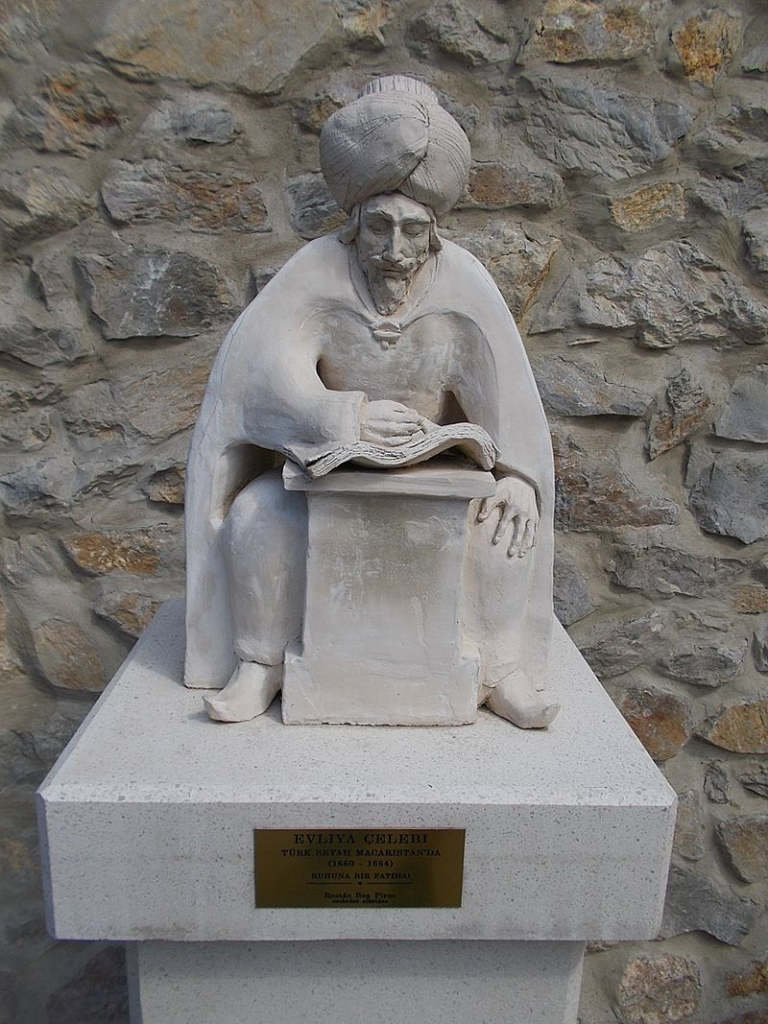
The Evliya Çelebi Way is a 600+ km-long trail for horse riders, hikers and bikers.
It begins at Hersek (a village in Altinova district), on the south coast of the Izmit Gulf, and traces Evliya’s pilgrimage journey via Iznik, Yenisehir, Inegöl, Kütahya (his ancestral home), Afyonkarahisar, Usak, Eski Gediz and Simav.
(Heavy urbanisation prevents the Way entering either Istanbul, from where he set out in 1671, or Bursa.)
The Evliya Çelebi Way was inaugurated in autumn 2009 by a group of Turkish and British riders and academics.
A guidebook to the route, both English and Turkish, includes practical information for the modern traveller, day-by-day route descriptions, maps, photos, historical and architectural background, notes on the environment, and summaries of Evliya’s description of places he saw when he travelled in the region, paired with what the visitor may see today.

- Abraham’s Path, linking Yuvacali village with Harran and the Syrian border

The small village of Yuvacali, set amid bleached fields of wheat, lentils and chickpeas, huddles at the foot of a prominent settlement mound as ancient as nearby Göbekli Tepe, not far from the market town of Hilvan.
Here you can stay in a Kurdish village home and try your hand at milking sheep and baking unleavened village bread.
You will also be introduced to Kurdish history and culture, taken on a one-hour 30-minute walk around the village and its ruins.
Perhaps walk a part of the waymarked Abraham Path, which starts here.

The Abraham Path is a cultural route believed to have been the path of the patriarch Abraham’s ancient journey across the Ancient Near East.
The path was established in 2007 as a pilgrims’ way to mimic the historical believed route of Abraham, between his birthplace of Ur of the Chaldees, believed by some to have been Urfa, Turkey, and his final destination of the desert of Negev.


Abraham/Ibrahim is believed to have lived in the Bronze Age.
He travelled with family and flocks throughout the Fertile Crescent, the Arabian peninsula, and the Nile Valley.
His story has inspired myriad communities, including Kurds, Muslims, Jews, Christians, Alevi, Bedouin, Fellahin, Samaritans, and countless across the world.
The Abraham Path Initiative aims to build on this narrative of shared connection with its rich tradition of walking and hospitality to strangers.
The main historical Abrahamic sites on the current path are:
- Urfa, the birthplace of Abraham according to some Muslim traditions
- Harran, according to the Hebrew Bible, a town Abraham lived in, and from which he received the call to start the main part of his journey

- Jerusalem, the scene for the binding of Isaac upon the Foundation Stone, according to the Hebrew Bible

- Hebron, the location of the tomb of Abraham and his wife Sarah, according to Jewish, Christian and Muslim traditions.

- the Carian Way on the southwest Aegean coast

The Carian Trail (Karia Yolu) is an 820 km long-distance footpath exploring the southwestern corner of Turkey through the modern provinces of Mugla and Aydin.
The trail is officially opened in 2013 and winds through some of the lesser known regions of Turkey.
The trail is named after the Carian civilization, indigenous people of Asia Minor.

It passes through an area with many ancient ruins.
Stone paved caravan roads and mule paths connect villages from the coast to a mountainous hinterland.
There are pine forest covered mountain slopes, olive terraces and almond groves which are an important part of the region’s economy.
The trail is signed and waymarked with red and white stripes (Grande Randonée convention) allowing both independent and group travellers from inside and outside of Turkey to hike and enjoy the scenic beauty and cultural treasures of Caria.

The 820 km long trail has four main sections:
- Bozburun
- Datça Peninsula
- Gulf of Gökova
- Carian Hinterland
- with an additional section that encompass Mugla and surrounding regions.
All of the trail has been divided into 46 stages.
It also includes a smaller 11 km long section called Dalyan, which is isolated from other sections. Some sections and stages can be cycled.

Bozburun Peninsula section is 141.2 km long and is the official starting point of the Trail.
It starts from Içmeler and follows Turunç, Kumlubük, Bayır, Taşlıca, Söğüt, Bozburun, Selimiye, Orhaniye, and ends in Hisarönü.

Datça Peninsula is 240.7 km of length.
The section starts from the old town of Datça, and follows Hızırşah, Domuzçukuru, Mesudiye, Palamutbükü, Knidos, Karaköy, Kızlan, Emecik, Balıkaşıran, Akçapınar, and ends in Akyaka.
The part from Balıkaşıran to Akyaka can also be biked.

The Ceramic Gulf (Gulf of Gökova) is a section with 139.2 km of trail.
The section starts from Akyaka and heads west following Turnalı, Sarnıç, Akbük, Alatepe, Ören (Ceramos), Türkevleri, Bozalan, Mazı, Çiftlik, Kızılağaç and arrives in Bodrum (Halicarnassos) finishing in ancient city of Pedasa.

Carian Hinterland section is 174.2 km long and starts from Bozalan heading north and follows Fesleğen, Karacahisar, Milas (Mylasa), Kargıcak, Labraunda, Sarıkaya, Çomakdağ, Kayabükü, Sakarkaya and arrives at the shores of Lake Bafa.
Heading up the Latmos (Mentese mountains) the Trail continues to the summit (1,350 m), Bağarcık, Kullar, Yahşiler, Tekeler, and finishes in Karpuzlu (Alinda) which is the official finish of the Carian Trail.

Mugla Environs section consists of 108.5 km of trail.
Heading north to Akyaka, the section passes through Kuyucak, Karabaglar, Mugla, Degirmendere Kanyonu, Ekizce, Bayir, Belen Kahvesi and finishes in the ancient city of Stratonikeia.
It is possible to bike most of this section.

Dalyan is the smallest section of the trail with only 11 km of length.
The route starts from Dalyan and passes by Kaunos, a historically important sea port with a history that can be tracked back to the 10th century BCE.
The Trail ends in Ekincik Bay.

- the Phrygian Way

The Phrygian Trekking Route is one of the longest hiking trails in Türkiye.
Planned with great care for the comfort and enjoyment of hikers, the route passes through the renowned Phrygian Valleys where hikers may visit the ruins of ancient civilisations and enjoy the natural beauty of the region.
The trekking route is 506 kilometres long, and is marked in accordance with international standards.
The route has three starting points and the trails meet at the Yazilikaya (Inscribed Rock), which was a focal point for the Phrygians.
Hikers may start the route at the following points:
1) Gordium (Polatli, Ankara)

2) Seydiler (Afyonkarahisar)

3) Yenice Farm Ciftligi (Ahmetoglu Village, Kutahya).

The trail starts at Gordium, the political capital of the Phrygians, then follows the valley of the Porsuk (ancient Tembris) River, passes through Sivrihisar (ancient Spaleia), and arrives at Pessinous (Ballikaya), another important Phrygian settlement.


The Trail then enters the valley of the Sakarya (ancient Sangarius) River, where you enter a completely different world.
After the Sakarya Valley, the Trail enters the region known as Mountainous Phrygia.
The Trail then reaches the Yazilikaya, the site of the Midas monument which formed the cult centre of the Phrygians.

Here the trail splits into two.
One branch leads to Findikli Village passing through the Asmainler, Zahran, and Inli Valleys, once home to Phrygian settlements.

This branch terminates at Yenice Farm on the highway between Kutahya and Eskişehir.

The other branch passes through Saricaova, a picturesque Circassian village, and Döğer, town in Afyonkarahisar.


The Trail then takes you through Ayazini Town before coming to an end at Seydiler, on the highway between Afyonkarahisar and Ankara.
Hikers who complete these trails will treasure the memory forever.

The alpine Kaçkar Dağlari, paralleling the Black Sea, are the most rewarding mountains in Turkey for trekking.

Also noteworthy are the limestone Toros (Taurus) ranges, especially the lofty Aladağlar mountains south of Cappadocia.

Türkiye’s wild mountain ranges are a treat for experienced hikers prepared to carry their own tents and food and cope with few facilities.
The lack of decent maps maps makes mountain exploration a real adventure, but the unspoiled countryside, the hospitality of rural Turks, the fascination of yaylas (summer pastures), and the friendliness of other mountaineers more than compensate.

Turkish trails pass through pastures.
Pastures provide fodder for flocks of sheep and herds of cattle.
The cattle number estimate for 2019 was 15.8 million head.
Chances are a hiker in Türkiye will encounter a cow.
Hopefully, without incident.

In the two nations wherein I am classified as a resident, there remain many trails I long to explore.
My attitude to nature, despite my not being a vegetarian, tends to be one of compassion and cooperation rather than confrontation and conflict.
I would rather be a Wordsworth than a wilderness warrior.

William Wordsworth is estimated to have walked a distance of over 175,000 English miles in the course of his life, a life of unclouded happiness.
Wordsworth made walking central to his life and art to a degree almost unparalleled before or since.
He went walking almost every day of his adult life.
Walking was both how he encountered the world and how he composed his poetry.
For Wordsworth, walking was not merely a mode of travelling, but of being.

“A walk in the country is the equivalent of going to church, a tour through Westmoreland is as good as a pilgrimage to Jerusalem.”
Aldous Huxley

But not all men view the cow as one of God’s creatures.

Not all men avoid the potential aggression of cattle.
Some seek to provoke a beast to rage.

Bullfighting is a physical contest that involves a bullfighter and animals attempting to subdue, immobilize, or kill a bull, usually according to a set of rules, guidelines, or cultural expectations.
There are several variations, including some forms which involve dancing around or leaping over a cow or bull or attempting to grasp an object tied to the animal’s horns.
The best-known form of bullfighting is Spanish-style bullfighting, practiced in Spain, Portugal, southern France, Mexico, Colombia, Ecuador, Venezuela and Peru.
The Spanish fighting bull is deliberately bred for its aggression and physique, and is raised free range with little human contact.

The practice of bullfighting is controversial because of a range of concerns, including animal welfare, funding, and religion.
While some forms are considered a blood sport, in some countries, for example, Spain, it is defined as an art form or cultural event, and local regulations define it as a cultural event or heritage.
Bullfighting is illegal in most countries, but remains legal in most areas of Spain and Portugal, as well as in some Hispanic American countries and some parts of southern France.

Bullfighting traces its roots to prehistoric bull worship and sacrifice in Mesopotamia and the Mediterranean region.
The first recorded bullfight may be the Epic of Gilgamesh, which describes a scene in which Gilgamesh and Enkidu fought and killed the Bull of Heaven:
“The Bull seemed indestructible, for hours they fought, till Gilgamesh dancing in front of the Bull, lured it with his tunic and bright weapons, and Enkidu thrust his sword, deep into the Bull’s neck, and killed it.”

Bull leaping was portrayed in Crete and myths related to bulls throughout Greece.

Bullfighting and the killing of the sacred bull was commonly practiced in ancient Iran and connected to the pre-Zoroastrian god Mithra.

The cosmic connotations of the ancient Iranian practice are reflected in Zoroaster’s Gathas and the Avesta.

The killing of the sacred bull (tauroctony) is the essential central iconic act of Mithras, which was commemorated in the mithraeum (temple of Mithras) wherever Roman soldiers were stationed.
The oldest representation of what seems to be a man facing a bull is on the Celtiberian tombstone from Clunia (an ancient Roman city) and the cave painting El toro de hachos, both found in Spain.
Bullfighting is often linked to Rome, where many human-versus-animal events were held as competition and entertainment, the Venationes.
These hunting games spread to Africa, Asia and Europe during Roman times.

There are also theories that it was introduced into Hispania by the Emperor Claudius as a substitute for gladiators, when he instituted a short-lived ban on gladiatorial combat.
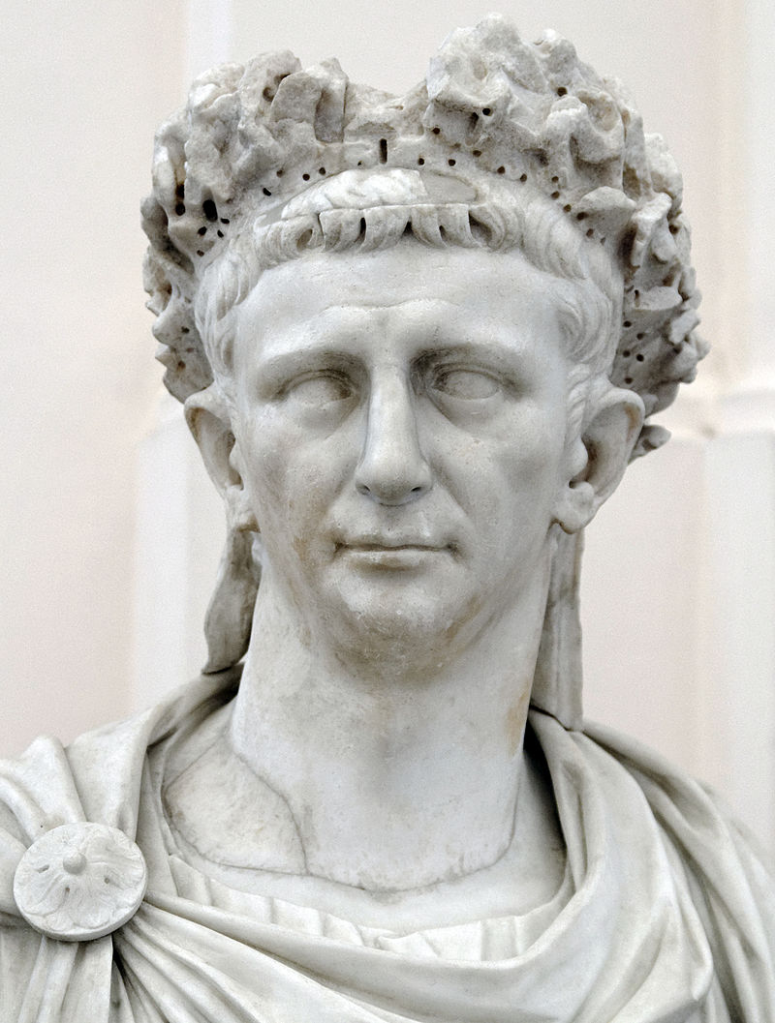
The latter theory was supported by Robert Graves.

Spanish colonists took the practice of breeding cattle and bullfighting to the American colonies, the Pacific and Asia.
In the 19th century, areas of southern and southwestern France adopted bullfighting, developing their distinctive form.

Religious festivities and royal weddings were celebrated by fights in the local plaza, where noblemen would ride competing for royal favor, and the populace enjoyed the excitement.
In the Middle Ages across Europe, knights would joust in competitions on horseback.

In Spain, they began to fight bulls.
In medieval Spain bullfighting was considered a noble sport and reserved for the rich, who could afford to supply and train their animals.
The bull was released into a closed arena where a single fighter on horseback was armed with a lance.

This spectacle was said to be enjoyed by Charlemagne, Alfonso X “the Wise“, and the Almohad caliphs (1121 – 1269), among others.
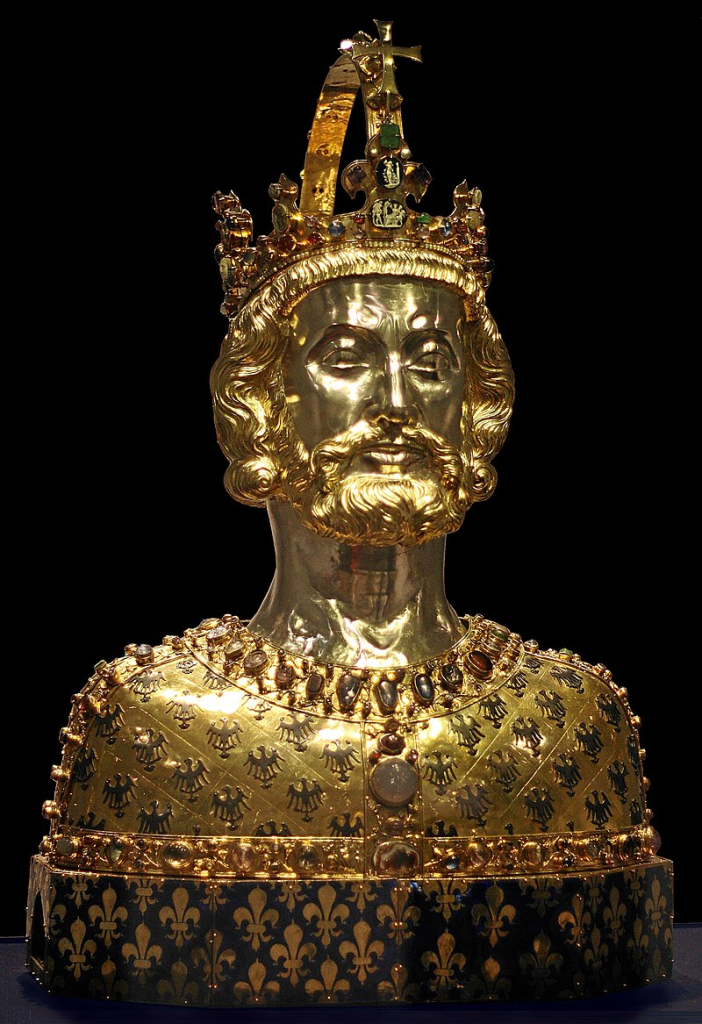


The greatest Spanish performer of this art is said to have been the knight El Cid (1043 – 1099).

According to a chronicle of the time, in 1128:
“When Alfonso VII of Léon and Castile married Berengaria of Barcelona, daughter of Ramon Berenguer III, Count of Barcelona at Saldana, among other celebrations, there were also bullfights.“



In the time of Emperor Charles V, Pedro Ponce de Leon was the most famous bullfighter in Spain and a renovator of the technique of killing the bull on a horse with blindfolded eyes.

Juan de Quirós, the best Sevillian poet of that time, dedicated to him a poem in Latin, of which Benito Arias Montano transmits some verses.


Francisco Romero, from Ronda, Spain, is generally regarded as having been the first to introduce the practice of fighting bulls on foot around 1726, using the muleta (a stick with a red cloth sticking from it) in the last stage of the fight and an estoc (a long two-handed sword) to kill the bull.
This type of fighting drew more attention from the crowds.
Thus the modern corrida, or fight, began to take form, as riding noblemen were replaced by commoners on foot.
This new style prompted the construction of dedicated bullrings, initially square, like the Plaza de Armas (main square), and later round, to discourage the cornering of the action.

The modern style of Spanish bullfighting is credited to Juan Belmonte, generally considered the greatest matador of all time.
Belmonte introduced a daring and revolutionary style, in which he stayed within a few centimeters of the bull throughout the fight.
Although extremely dangerous – (Belmonte was gored on many occasions.) – his style is still seen by most matadors as the ideal to be emulated.

Spanish-style bullfighting is called corrida de toros (“coursing of bulls“) or la fiesta (“festival”).
In the traditional corrida, three matadores each fight two bulls, each of which is between four and six years old and weighs no less than 460 kg (1,014 lb).
Each matador has six assistants:
Two picadores (lancers mounted on horseback), three banderilleros – who along with the matadors are collectively known as toreros (bullfighters) – and a mozo de espadas (sword page).
Collectively they comprise a cuadrilla (entourage).

In Spanish the more general torero or diestro (‘right-hander’) is used for the lead fighter, and only when needed to distinguish a man is the full title matador de toros used.
In English, “matador” is generally used for the bullfighter.

The modern corrida is highly ritualized, with three distinct stages or tercios (“thirds“) – the start of each being announced by a bugle sound.
The participants enter the arena in a parade, called the paseíllo, to salute the presiding dignitary, accompanied by band music.
Torero costumes are inspired by 17th-century Andalusian clothing, and matadores are easily distinguished by the gold of their traje de luces (“suit of lights“), as opposed to the lesser banderilleros, who are also known as toreros de plata (“bullfighters of silver“).

The bull is released into the ring, where he is tested for ferocity by the matador and banderilleros with the magenta and gold capote (“cape“).
This is the first stage, the tercio de varas (“the lancing third“).
The matador confronts the bull with the capote, performing a series of passes and observing the behavior and quirks of the bull.

Next, a picador enters the arena on horseback armed with a vara (lance).
To protect the horse from the bull’s horns, the animal wears a protective, padded covering called peto.
Prior to 1930, the horses did not wear any protection.
Often the bull would disembowel the horse during this stage.
Until the use of protection was instituted, the number of horses killed during a fiesta generally exceeded the number of bulls killed.
At this point, the picador stabs just behind the morrillo, a mound of muscle on the fighting bull’s neck, weakening the neck muscles and leading to the animal’s first loss of blood.
The manner in which the bull charges the horse provides important clues to the matador about the bull such as which horn the bull favours.
As a result of the injury and also the fatigue of striving to injure the armoured heavy horse, the bull holds its head and horns slightly lower during the following stages of the fight.
This ultimately enables the matador to perform the killing thrust later in the performance.
The encounter with the picador often fundamentally changes the behavior of a bull.
Distracted and unengaging bulls will become more focused and stay on a single target instead of charging at everything that moves, conserving their diminished energy reserves.

In the next stage, the tercio de banderillas (“the third of banderillas“), each of the three banderilleros attempts to plant two banderillas, sharp barbed sticks, into the bull’s shoulders.
These anger and agitate the bull reinvigorating him from the aplomado (‘leadened‘) state his attacks on the horse and injuries from the lance left him in.
Sometimes a matador will place his own banderillas.
If so, he usually embellishes this part of his performance and employs more varied maneuvers than the standard al cuarteo method commonly used by banderilleros.

In the final stage, the tercio de muerte (“the third of death“), the matador re-enters the ring alone with a smaller red cloth, or muleta, and a sword.
It is a common misconception that the colour red is supposed to anger the bull.
The animals are functionally colour blind in this respect:
The bull is incited to charge by the movement of the muleta.
The muleta is thought to be red to mask the bull’s blood, although the colour is now a matter of tradition.

The matador uses his muleta to attract the bull in a series of passes, which serve the dual purpose of wearing the animal down for the kill and creating sculptural forms between man and animal that can fascinate or thrill the audience, and which when linked together in a rhythm create a dance of passes, or faena.
The matador will often try to enhance the drama of the dance by bringing the bull’s horns especially close to his body.
The faena refers to the entire performance with the muleta.

The faena is usually broken down into tandas, or “series“, of passes.
The faena ends with a final series of passes in which the matador, using the cape, tries to maneuver the bull into a position to stab it between the shoulder blades going over the horns and thus exposing his own body to the bull.
The sword is called estoque, and the act of thrusting the sword is called an estocada.
During the initial series, while the matador in part is performing for the crowd, he uses a fake sword (estoque simulado).
This is made of wood or aluminum, making it lighter and much easier to handle.
The estoque de verdad (real sword) is made out of steel.
At the end of the tercio de muerte, when the matador has finished his faena, he will change swords to take up the steel one.
He performs the estocada with the intent of piercing the heart or aorta, or severing other major blood vessels to induce a quick death if all goes according to plan.
Often this does not happen and repeated efforts must be made to bring the bull down, sometimes the matador changing to the ‘descabello‘, which resembles a sword, but is actually a heavy dagger blade at the end of a steel rod which is thrust between the cervical vertebrae to sever the spinal column and induce instant death.
Even if the descabello is not required and the bull falls quickly from the sword one of the banderilleros will perform this function with an actual dagger to ensure the bull is dead.

If the matador has performed particularly well, the crowd may petition the President by waving white handkerchiefs to award the matador an ear of the bull.
If his performance was exceptional, the President will award two ears.
In certain more rural rings, the practice includes an award of the bull’s tail.
Very rarely, if the public and the matador believe that the bull has fought extremely bravely – and the breeder of the bull agrees to have it return to the ranch – the event’s President may grant a pardon (indulto).
If the indulto is granted, the bull’s life is spared.
It leaves the ring alive and is returned to its home ranch for treatment and then to become a semental, or seed-bull, for the rest of its life.

Spanish-style bullfighting is normally fatal for the bull, but it is also dangerous for the matador.
The danger for the bullfighter is essential.
If there is no danger, it is not considered bullfighting in Spain.
Matadors are usually gored every season, with picadors and banderilleros being gored less often.
With the discovery of antibiotics and advances in surgical techniques, fatalities are now rare, although over the past three centuries 534 professional bullfighters have died in the ring or from injuries sustained there.

Most recently, Iván Fandiño died of injuries he sustained after being gored by a bull on 17 June 2017, in Aire-sur-l’Adour, France.

Some matadors, notably Juan Belmonte, have been seriously gored many times:
According to Ernest Hemingway, Belmonte’s legs were marred by many ugly scars.
A special type of surgeon has developed, in Spain and elsewhere, to treat cornadas, or horn wounds.

A digression about Hemingway:
Ernest Miller Hemingway (1899 – 1961) was an American novelist, short-story writer, and journalist.
His economical and understated style — which he termed the iceberg theory — had a strong influence on 20th-century fiction, while his adventurous lifestyle and public image brought him admiration from later generations.
Hemingway produced most of his work between the mid-1920s and the mid-1950s.
He was awarded the 1954 Nobel Prize in Literature.
He published seven novels, six short-story collections, and two nonfiction works.
Three of his novels, four short-story collections, and three nonfiction works were published posthumously.
Many of his works are considered classics of American literature.

A digression within a digression:
The iceberg theory (or theory of omission) is a writing technique coined by American writer Ernest Hemingway.
As a young journalist, Hemingway had to focus his newspaper reports on immediate events, with very little context or interpretation.
When he became a writer of short stories, he retained this minimalistic style, focusing on surface elements without explicitly discussing underlying themes.
Hemingway believed the deeper meaning of a story should not be evident on the surface, but should shine through implicitly.

In 1923, Hemingway conceived of the idea of a new theory of writing after finishing his short story “Out of Season“.

In A Moveable Feast (1964), his posthumously published memoirs about his years as a young writer in Paris, he explains:
“I omitted the real end of “Out of Season” which was that the old man hanged himself.
This was omitted on my new theory that you could omit anything.
The omitted part would strengthen the story.”

In chapter 16 of Death in the Afternoon he compares his theory about writing to an iceberg.

Hemingway’s biographer Carlos Baker believed that as a writer of short stories Hemingway learned:
“How to get the most from the least, how to prune language and avoid waste motion, how to multiply intensities, and how to tell nothing but the truth in a way that allowed for telling more than the truth.“
Baker also notes that the writing style of the “iceberg theory” suggests that a story’s narrative and nuanced complexities, complete with symbolism, operate under the surface of the story itself.

For example, Hemingway believed a writer could describe an action, such as Nick Adams fishing in “Big Two-Hearted River“, while conveying a different message about the action itself — Nick Adams concentrating on fishing to the extent that he does not have to think about the unpleasantness of his war experience.
In his essay “The Art of the Short Story“, Hemingway is clear about his method:
“A few things I have found to be true.
If you leave out important things or events that you know about, the story is strengthened.
If you leave or skip something because you do not know it, the story will be worthless.
The test of any story is how very good the stuff that you, not your editors, omit.”

A writer explained how it brings a story gravitas:
Hemingway said that only the tip of the iceberg showed in fiction — your reader will see only what is above the water — but the knowledge that you have about your character that never makes it into the story acts as the bulk of the iceberg.
And that is what gives your story weight and gravitas.
Jenna Blum , The Author at Work

From reading Rudyard Kipling, Hemingway absorbed the practice of shortening prose as much as it could take.

Of the concept of omission, Hemingway wrote in “The Art of the Short Story“:
“You could omit anything if you knew that you omitted and the omitted part would strengthen the story and make people feel something more than they understood.“
By making invisible the structure of the story, he believed the author strengthened the piece of fiction and that the “quality of a piece could be judged by the quality of the material the author eliminated.“

His style added to the aesthetic: using “declarative sentences and direct representations of the visible world” with simple and plain language, Hemingway became “the most influential prose stylist in the 20th century” according to biographer Meyers.

In her paper “Hemingway’s Camera Eye“, Zoe Trodd explains that Hemingway uses repetition in prose to build a collage of snapshots to create an entire picture.
Of his iceberg theory, she claims, it “is also a glacier waterfall, infused with movement by his multi-focal aesthetic“.
Furthermore, she believes that Hemingway’s iceberg theory “demanded that the reader feel the whole story” and that the reader is meant to “fill the gaps left by his omissions with their feelings“.

Hemingway scholar Jackson Benson believes Hemingway used autobiographical details to work as framing devices to write about life in general — not only about his life.
For example, Benson postulates that Hemingway used his experiences and drew them out further with “what if” scenarios:
“What if I were wounded in such a way that I could not sleep at night?
What if I were wounded and made crazy, what would happen if I were sent back to the front?”

By separating himself from the characters he created, Hemingway strengthens the drama.
The means of achieving a strong drama is to minimize, or omit, the feelings that produced the fiction he wrote.
Hemingway’s iceberg theory highlights the symbolic implications of art.
He makes use of physical action to provide an interpretation of the nature of man’s existence.
It can be convincingly proved that, “while representing human life through fictional forms, he has consistently set man against the background of his world and universe to examine the human situation from various points of view.”

We return to the larger digression:
Hemingway was raised in Oak Park, Illinois.

After high school, he was a reporter for a few months for the Kansas City Star before leaving for the Italian Front to enlist as an ambulance driver in World War I.
In 1918, he was seriously wounded and returned home.

His wartime experiences formed the basis for his novel A Farewell to Arms (1929).

In the 1920s Hemingway lived in Paris as a foreign correspondent for the Toronto Star.

Americans were drawn to Paris in the Roaring Twenties by the favourable exchange rate, with as many as 200,000 English-speaking expatriates living there.

The Paris Tribune reported in 1925 that Paris had an American hospital, an American library, and an American Chamber of Commerce.
Many American writers were disenchanted with the US, where they found less artistic freedom than in Europe.

(For example, Hemingway was in Paris during the period when Ulysses, written by his friend James Joyce, was banned and burned in New York.)

Hemingway travelled to Smyrna to report on the Greco-Turkish War (1919 – 1922).
He wanted to use his journalism experience to write fiction, believing that a story could be based on real events when a writer distilled his own experiences in such a way that, according to biographer Jeffrey Meyers, “what he made up was truer than what he remembered“.

In 1921, he married Hadley Richardson (1891 – 1979), the first of four wives.

With his wife Hadley, Hemingway first visited the Festival of San Fermin in Pamplona in 1923, where he was following his recent passion for bullfighting.

The couple returned to Pamplona in 1924 — enjoying the trip immensely — this time accompanied by Chink Dorman-Smith, John Dos Passos, Donald Ogden Stewart and his wife.



The Hemingways returned a third time in June 1925 and stayed at the hotel of his friend Juanito Quintana.

That year, they brought with them a different group of American and British expatriates: Hemingway’s Michigan boyhood friend Bill Smith, Stewart, recently divorced Duff, Lady Twysden, her lover Pat Guthrie, and Harold Loeb.



Hemingway’s memory spanning multiple trips might explain the inconsistent timeframe in the novel indicating both 1924 and 1925.
In Pamplona, the group quickly disintegrated.

Hemingway, attracted to Duff, was jealous of Loeb, who had recently been on a romantic getaway with her.
By the end of the week the two men had a public fistfight.
Against this background was the influence of the young matador from Ronda, Cayetano Ordóñez, whose brilliance in the bullring affected the spectators.
Ordóñez honored Hemingway’s wife by presenting her, from the bullring, with the ear of a bull he killed.

Outside of Pamplona, the fishing trip to the Irati River (near Burgette in Navarre) was marred by polluted water.

Hemingway had intended to write a nonfiction book about bullfighting, but then decided that the week’s experiences had presented him with enough material for a novel.
A few days after the fiesta ended, on his birthday (21 July), he began writing what would eventually become The Sun Also Rises.
By 17 August, with 14 chapters written and a working title of Fiesta chosen, Hemingway returned to Paris.
He finished the draft on 21 September 1925, writing a foreword the following weekend and changing the title to The Lost Generation.

A few months later, in December 1925, Hemingway and his wife spent the winter in Schruns, Austria, where he began revising the manuscript extensively.

Pauline Pfeiffer (1895 – 1951) joined them in January, and — against Hadley’s advice — urged him to sign a contract with Scribner’s.
Hemingway left Austria for a quick trip to New York to meet with the publishers, and on his return, during a stop in Paris, began an affair with Pauline.

He returned to Schruns to finish the revisions in March.
In June, he was in Pamplona with both Richardson and Pfeiffer.
On their return to Paris, Richardson asked for a separation, and left for the south of France.
In August, alone in Paris, Hemingway completed the proofs, dedicating the novel to his wife and son.
After the publication of the book in October, Hadley asked for a divorce.
Hemingway subsequently gave her the book’s royalties.
Hemingway’s debut novel, The Sun Also Rises, was published in 1926.

The Sun Also Rises is a 1926 novel by Hemingway, his first, that portrays American and British expatriates who travel from Paris to the Festival of San Fermin in Pamplona to watch the running of the bulls and the bullfights.
An early and enduring modernist novel, it received mixed reviews upon publication.
However, Hemingway biographer Jeffrey Meyers writes that it is now “recognized as Hemingway’s greatest work“, and Hemingway scholar Linda Wagner-Martin calls it his most important novel.

The novel is a roman à clef:
The characters are based on real people in Hemingway’s circle, and the action is based on real events, particularly Hemingway’s life in Paris in the 1920s and a trip to Spain in 1925 for the Pamplona festival and fishing in the Pyrenees.
Hemingway presents his notion that the “Lost Generation“— considered to have been decadent, dissolute, and irretrievably damaged by World War I — was in fact resilient and strong.
Hemingway investigates the themes of love and death, the revivifying power of nature, and the concept of masculinity.
His spare writing style, combined with his restrained use of description to convey characterizations and action, demonstrates his “iceberg theory” of writing.

On the surface, the novel is a love story between the protagonist Jake Barnes — a man whose war wound has made him unable to have sex — and the promiscuous divorcée Lady Brett Ashley.
The characters form a group, sharing similar norms, and each greatly affected by the war.
Hemingway captures the angst of the age and transcends the love story of Brett and Jake, although they are representative of the period:
Brett is starved for reassurance and love.
Jake is sexually maimed.
His wound symbolizes the disability of the age, the disillusion, and the frustrations felt by an entire generation.

Hemingway thought he lost touch with American values while living in Paris, but his biographer Michael Reynolds claims the opposite, seeing evidence of the author’s midwestern American values in the novel.
Hemingway admired hard work.
He portrayed the matadors and the prostitutes, who work for a living, in a positive manner, but Brett, who prostitutes herself, is emblematic of “the rotten crowd” living on inherited money.
It is Jake, the working journalist, who pays the bills again and again when those who can pay do not.
Hemingway shows, through Jake‘s actions, his disapproval of the people who did not pay up.
Reynolds says that Hemingway shows the tragedy, not so much of the decadence of the Montparnasse crowd, but of the decline in American values of the period.
As such, the author created an American hero who is impotent and powerless.
Jake becomes the moral center of the story.
He never considers himself part of the expatriate crowd because he is a working man.
To Jake a working man is genuine and authentic, and those who do not work for a living spend their lives posing.

Jake is an expatriate American journalist living in Paris, while Brett is a twice-divorced Englishwoman with bobbed hair and numerous love affairs, and embodies the new sexual freedom of the 1920s.
Brett‘s affair with Jake‘s college friend Robert Cohn causes Jake to be upset and break off his friendship with Robert.
Her seduction of the 19-year-old matador Romero causes Jake to lose his good reputation among the Spaniards in Pamplona.

Book One is set in the café society of young American expatriates in Paris.
In the opening scenes, Jake plays tennis with Robert, picks up a prostitute (Georgette), and runs into Brett and Count Mippipopolous in a nightclub.
Later, Brett tells Jake she loves him, but they both know that they have no chance at a stable relationship.

In Book Two, Jake is joined by Bill Gorton, recently arrived from New York, and Brett‘s fiancé Mike Campbell, who arrives from Scotland.
Jake and Bill travel south and meet Robert at Bayonne for a fishing trip in the hills northeast of Pamplona.

Instead of fishing, Robert stays in Pamplona to wait for the overdue Brett and Mike.
Robert had an affair with Brett a few weeks earlier and still feels possessive of her despite her engagement to Mike.
After Jake and Bill enjoy five days of fishing the streams near Burguete, they rejoin the group in Pamplona.

All begin to drink heavily.
Robert is resented by the others, who taunt him with antisemitic remarks.
During the Fiesta the characters drink, eat, watch the running of the bulls, attend bullfights, and bicker with each other.

Jake introduces Brett to the 19-year-old matador Romero at the Hotel Montoya.
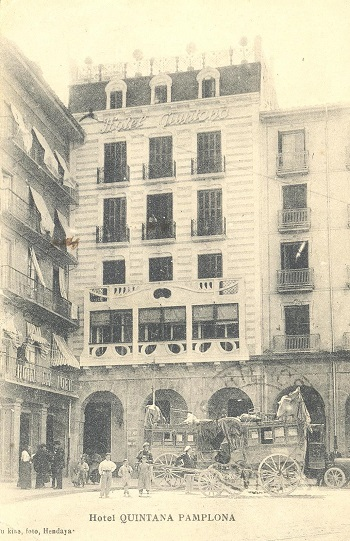
She is smitten with him and seduces him.
The jealous tension among the men builds — Jake, Mike, Robert, and Romero each want Brett.
Robert, who had been a champion boxer in college, has a fistfight with Jake and Mike, and another with Romero, whom he beats up.
Despite his injuries, Romero continues to perform brilliantly in the bullring.

In The Sun Also Rises, Hemingway contrasts Paris with Pamplona, and the frenzy of the fiesta with the tranquillity of the Spanish countryside.
Spain was Hemingway’s favorite European country.
He considered it a healthy place, and the only country “that hasn’t been shot to pieces“.

He was profoundly affected by the spectacle of bullfighting, writing:
It isn’t just brutal like they always told us.
It’s a great tragedy — and the most beautiful thing I’ve ever seen and takes more guts and skill and guts again than anything possibly could.
It’s just like having a ringside seat at the war with nothing going to happen to you.
He demonstrated what he considered the purity in the culture of bullfighting — called afición — and presented it as an authentic way of life, contrasted against the inauthenticity of the Parisian bohemians.
To be accepted as an aficionado was rare for a non-Spaniard.
Jake goes through a difficult process to gain acceptance by the “fellowship of afición.“

The Hemingway scholar Allen Josephs thinks the novel is centered on the corrida (the bullfighting), and how each character reacts to it.

Brett seduces the young matador.
Cohn fails to understand and expects to be bored.
Jake understands fully because only he moves between the world of the inauthentic expatriates and the authentic Spaniards.
The hotel keeper Montoya is the keeper of the faith.
Romero is the artist in the ring — innocent and perfect, the one who bravely faces death.
The corrida is presented as an idealized drama in which the matador faces death, creating a moment of existentialism or nada (nothingness), broken when he vanquishes death by killing the bull.

Hemingway presents matadors as heroic characters dancing in a bullring.
He considered the bullring as war with precise rules, in contrast to the messiness of the real war that he, and by extension Jake, experienced.
Critic Kenneth Kinnamon notes that young Romero is the novel’s only honourable character.
Hemingway named Romero after Pedro Romero, an 18th-century bullfighter who killed thousands of bulls in the most difficult manner:
Having the bull impale itself on his sword as he stood perfectly still.
Reynolds says Romero, who symbolizes the classically pure matador, is the “one idealized figure in the novel“.
Josephs says that when Hemingway changed Romero‘s name from Guerrita and imbued him with the characteristics of the historical Romero, he also changed the scene in which Romero kills a bull to one of recibiendo (receiving the bull) in homage to the historical namesake.

Book Three shows the characters in the aftermath of the Fiesta.
Sober again, they leave Pamplona.
Bill returns to Paris, Mike stays in Bayonne, and Jake goes to San Sebastián on the northern coast of Spain.

As Jake is about to return to Paris, he receives a telegram from Brett asking for help.
She had gone to Madrid with Romero.
He finds her there in a cheap hotel, without money, and without Romero.
She announces she has decided to go back to Mike.
The novel ends with Jake and Brett in a taxi speaking of the things that might have been.

In Spain in mid-1929, Hemingway researched his next work, Death in the Afternoon.
He wanted to write a comprehensive treatise on bullfighting, explaining the toreros and corridas complete with glossaries and appendices, because he believed bullfighting was “of great tragic interest, being literally of life and death“.

Death in the Afternoon is a non-fiction book written by Hemingway about the ceremony and traditions of Spanish bullfighting.
The book provides a look at the history and the Spanish traditions of bullfighting.
It also contains a deeper contemplation on the nature of fear and courage.
While essentially a guide book, there are three main sections:
- Hemingway’s work
- pictures
- a glossary of terms.
Hemingway became a bullfighting aficionado after seeing the Pamplona fiesta in the 1920s, which he wrote about in The Sun Also Rises.
In Death in the Afternoon, Hemingway explores the metaphysics of bullfighting — the ritualized, almost religious practice — that he considered analogous to the writer’s search for meaning and the essence of life.
In bullfighting, he found the elemental nature of life and death.

Marianne Wiggins has written of Death in the Afternoon:
“Read it for the writing, for the way it’s told.
He’ll make you like bullfighting.
You read enough and long enough, he’ll make you love it, he’s relentless“.

In his writings on Spain, Hemingway was influenced by the Spanish master Pio Baroja.
When Hemingway won the Nobel Prize, he traveled to see Baroja, then on his death bed, specifically to tell him he thought Baroja deserved the prize more than he.

Pauline and Ernest divorced after he returned from the Spanish Civil War (1936 – 1939), which he covered as a journalist and which was the basis for his novel For Whom the Bell Tolls (1940).

Martha Gellhorn became his third wife in 1940.

He and Gellhorn separated after he met Mary Welsh in London during World War II.

Hemingway was present with Allied troops as a journalist at the Normandy landings and the liberation of Paris.


He maintained permanent residences in Key West, Florida (in the 1930s) and in Cuba (in the 1940s and 1950s).

He almost died in 1954 after two plane crashes on successive days, with injuries leaving him in pain and ill health for much of the rest of his life.
In 1959, he bought a house in Ketchum, Idaho, where, in mid-1961, he committed suicide.

The Dangerous Summer is a nonfiction book by Ernest Hemingway published posthumously in 1985 and written in 1959 and 1960.
The book describes the rivalry between bullfighters Luis Miguel Dominguin and his brother-in-law, Antonio Ordóñez, during the “dangerous summer” of 1959.


It has been cited as Hemingway’s last book.

The Dangerous Summer is an edited version of a 75,000-word manuscript Hemingway wrote between October 1959 and May 1960 as an assignment from Life magazine.
Hemingway summoned his close friend Will Lang Jr. to come to Spain to deliver the story to Life.

Popular author James Michener (Tales of the South Pacific, Hawaii, Centennial, The Source, Poland) wrote the 33-page introduction which includes Michener’s personal knowledge of bullfights and famous matadors, a comprehensive glossary of terms related to each stage of a bullfight, and unvarnished personal anecdotes of Hemingway.

The book charts the rise of Antonio Ordóñez (the son of Cayetano Ordóñez, the bullfighter whose technique and ring exploits Hemingway fictionalized in his novel, The Sun Also Rises) during a season of bullfights during 1959.
During a fight on 13 May 1959, in Aranjuez, Ordóñez is badly gored, but remains in the ring and kills the bull, a performance rewarded by trophies of both the bull’s ears, its tail, and a hoof.


By contrast, Luis Miguel Dominguín is already famous as a bullfighter and returns to the ring after several years of retirement.
Less naturally gifted than Ordóñez, his pride and self-confidence draw him into an intense rivalry with the newcomer, and the two meet in the ring several times during the season.
Starting the season supremely confident, Dominguín is slowly humbled by this competition.
While Ordóñez displays breathtaking skill and artistry in his fights, performing highly dangerous, classical passés, Dominguín often resorts to what Hemingway describes as “tricks“, moves that look impressive to the crowd but that are actually much safer.

Nevertheless, Dominguín is gored badly at a fight in Valencia, and Ordóñez is gored shortly afterwards.

Less than a month later, the two bullfighters meet in the ring again for what Hemingway described as “one of the greatest bullfights I have ever seen“, “an almost perfect bullfight unmarred by any tricks.”
From the six bulls which they fight, the pair win ten ears, four tails and two hooves as trophies, an extraordinary feat.
Their final meeting takes place in Bilbao, with Dominguín receiving a near-fatal goring and Ordóñez demonstrating absolute mastery by performing the recibiendo kill, one of the oldest and most dangerous moves.

Ordóñez’s recibiendo requires three attempts, displaying the fighter’s artistry and bravery that Hemingway likens to that of legendary bullfighter Pedro Romero.

Thus endeth the digressive distractions.

The bullring has a chapel where a matador can pray before the corrida, and where a priest can be found in case a sacrament is needed.
The most relevant sacrament, now called “the Anointing of the Sick“, was formerly known as “Extreme Unction” or the “Last Rites“.

The media often reports the more horrific of bullfighting injuries, such as the September 2011 goring of matador Juan José Padilla’s head by a bull in Zaragoza, resulting in the loss of his left eye, use of his right ear, and facial paralysis.
He returned to bullfighting five months later with an eyepatch, multiple titanium plates in his skull, and the nickname ‘The Pirate‘.

Until the early 20th century, the horses were unprotected and were commonly gored and killed, or left close to death (intestines destroyed, for example).
The horses used were old and worn-out, with little value.
Starting in the 20th century horses were protected by thick blankets.
Wounds, though not unknown, were less common and less serious.

Despite its slow decrease in popularity among younger generations, bullfighting remains a widespread cultural activity throughout Spain.
A 2016 poll reported that 58% of Spaniards aged 16 to 65 opposed bullfighting against 19% who supported it.
The support was lower among the younger population, with only 7% of respondents aged 16 to 24 supporting bullfighting, vs. 29% support within 55 to 65 age group.
According to the same poll, 67% of respondents felt “little to not at all” proud to live in a country where bullfighting was a cultural tradition (84% among 16 to 24 age group).

Between 2007 and 2014, the number of corridas held in Spain decreased by 60%.
In 2007 there were 3,651 bullfighting and bull-related events in Spain but by 2018, the number of bullfights had decreased to 1,521 – a historic low.
A September 2019 Spanish government report showed that only 8% of the population had attended a bull-related event in 2018.
Of this percentage, 5.9% attended a bullfight while the remainder attended other bull-related events, such as the running of the bulls.
When asked to gauge their interest in bullfighting on a scale of 0 through 10, only 5.9% responded with 9–10.
A majority of 65% of responded with 0–2.
Among those aged 15–19, this figure was 72.1%, and for those aged 20–24, it reached 76.4%.
With a fall in attendance, the bullfighting sector has come under financial stress, as many local authorities have reduced subsidies because of public criticism.

When the COVID-19 pandemic hit Spain and the country entered into lockdown in March 2020, all bullfighting events were cancelled indefinitely.
In mid-May 2020, after more than 26,000 Spaniards had died from the virus, the bullfighting industry demanded that the government compensate them for their losses, estimated at €700 million.

This prompted outrage, and more than 100,000 people signed a petition launched by Anima Naturalis urging the government not to rescue “spectacles based on the abuse and mistreatment of animals” with taxpayer money at a time when people were struggling to survive and public finances were already heavily strained.

A 29–31 May 2020 YouGov survey commissioned by HuffPost showed that 52% of the 1,001 Spaniards questioned wanted to ban bullfighting, 35% were opposed, 10% did not know and 2% refused to answer.
A strong majority of 78% answered that corridas should no longer be partially subsidised by the government, with 12% favoring subsidies and 10% undecided.
When asked whether bullfighting was culture or mistreatment, 40% replied that it is mistreatment alone, 18% replied that it is culture alone and 37% replied that it is both.
Of the respondents, 53% had never attended a corrida.


In the late 19th and early 20th century, some Spanish regeneracionista (a kind of political movement to make Spain great again) intellectuals protested against what they called the policy of pan y toros (“bread and bulls“), an analogue of Roman panem et circenses (bread and circuses).
Such belief was part of the wider current of thought known as anti-flamenquismo, a campaign against the popularity of both bullfighting and flamenco music, which were believed to be “oriental” elements of Spanish culture that were responsible for Spain’s perceived culture gap compared to the rest of Europe.


In Francoist Spain (1939 – 1975), bullfights received great governmental support, as they were considered a demonstration of greatness of the Spanish nation and received the name of fiesta nacional.
Bullfighting was therefore highly associated with the regime.
After Spain’s transition to democracy, popular support for bullfighting declined.

Opposition to bullfighting from Spain’s political parties is typically highest among those on the left.
PSOE (Partido Socialista Obrero Español / the Spanish Socialist Workers’ Party), the main centre-left political party, has distanced itself from bullfighting but refuses to ban it.

While Spain’s largest left-wing political party Podemos (“we can“) has repeatedly called for referenda on the matter and has shown disapproval of the practise.

PP (Partido Popular / People’s Party), the largest conservative party, strongly supports bullfighting and has requested large public subsidies for it.

The government of José Luis Rodriguez Zapatero was the first to oppose bullfighting, prohibiting children under 14 from attending events and imposing a six-year ban on live bullfights broadcast on state-run national television, although the latter measure was reversed after Zapatero’s party lost in the 2011 elections.

Despite its long history in Barcelona, bullfighting was outlawed across the Catalonia region in 2010 following a campaign led by an animal-rights civic platform called “Prou!” (“Enough!” in Catalan).
Critics have argued that the ban was motivated by issues of Catalan separatism and identity politics.
In October 2016, the Constitutional Court ruled that the regional Catalan Parliament did not have the authority to ban events that are legal in Spain.

The Spanish Royal Family is divided on the issue.

Former Queen Consort Sofía of Spain disapproves of bullfights.

Former King Juan Carlos occasionally presided over bullfights from the royal box.

Their daughter Princess Elena is well-known for her support of the practise and often attends bullfights.

Pro-bullfighting supporters include former Prime Minister Mariano Rajoy and his PP party, as well as most leaders of the opposition PSOE party, including former Prime Minister Felipe Gonzalez and the current Presidents of Andalusia (Juan Manuel Moreno), Extremadura (Guillermo Fernàndez Vara), and Castilla – La Mancha (Emiliano Garcia – Page).

The question of public funding is particularly controversial in Spain, since widely disparaged claims have been made by supporters and opponents of bullfighting.
According to government figures, bullfighting in Spain generates €1.6 billion a year and 200,000 jobs, 57,000 of which are directly linked to the industry.
Furthermore, bullfighting is the cultural activity that generates the most tax revenue for the Spanish state (€45 million in VAT – value added taxes – and over €12 million in social security).

According to a poll, 73% of Spaniards oppose public funding for bullfighting activities.

Critics often claim that bullfighting is financed with public money.
However, though bullfighting attracts 25 million spectators annually, it represents just 0.01% of state subsidies allocated to cultural activities, and less than 3% of the cultural budget of regional, provincial and local authorities.
The bulk of subsidies is paid by town halls in localities where there is a historical tradition and support for bullfighting and related events, which are often held free of charge to participants and spectators.

In 1991, the Canary Islands became the first Spanish Autonomous Community to ban bullfighting, when they legislated to ban spectacles that involve cruelty to animals, with the exception of cockfighting, which is traditional in some towns in the Islands.
Bullfighting was never popular in the Canary Islands.
Some supporters of bullfighting and even Lorenzo Olarte Cullen, Canarian head of government at the time, have argued that the fighting bull is not a “domestic animal” and hence the law does not ban bullfighting.
The absence of spectacles since 1984 would be due to lack of demand.
In the rest of Spain, national laws against cruelty to animals have abolished most blood sports, but specifically exempt bullfighting.

On 18 December 2009, the Parliament of Catalonia, one of Spain’s seventeen Autonomous Communities, approved by majority the preparation of a law to ban bullfighting in Catalonia, as a response to a popular initiative against bullfighting that gathered more than 180,000 signatures.
On 28 July 2010, with the two main parties allowing their members a free vote, the ban was passed 68 to 55, with nine abstentions.
This meant Catalonia became the second Community of Spain (The first was the Canary Islands in 1991), and the first on the Mainland, to ban bullfighting.
The ban took effect on 1 January 2012, and affected only the one remaining functioning Catalan bullring, the Plaza de toros Monumental de Barcelona.
It did not affect the correbous, a traditional game of the Ebro area (south of Catalonia) where lighted flares are attached to a bull’s horns.
The correbous are seen mainly in the municipalities in the south of Tarragona, with the exceptions of a few other towns in other provinces of Catalonia.

A movement emerged to revoke the ban in the Spanish Congress, citing the value of bullfighting as “cultural heritage“.
The proposal was backed by the majority of parliamentarians in 2013.
In October 2016 the Spanish Constitutional Court ruled that the regional Catalan Parliament had no competence to ban any kind of spectacle that is legal in Spain.
The Spanish Parliament passed a law in 2013 stating that bullfighting is an ‘indisputable‘ part of Spain’s ‘cultural heritage‘.
This law was used by the Spanish Constitutional Court in 2016 to overturn the Catalan ban of 2012.

When the island of Mallorca adopted a law in 2017 that prohibited the killing of a bull during a fight, this law was also declared partially unconstitutional by the Spanish Constitutional Court in 2018, as the judges ruled that the death of the bull was part of the essence of a corrida.

In Galicia, bullfighting has been banned in many cities by the local governments.
Bullfighting has never had an important following in the region.

The European Union does not subsidize bullfighting but it does subsidize cattle farming in general, which also benefits those who rear Spanish fighting bulls.
In 2015, 438 of 687 members of the European Parliament voted in favour of amending the 2016 EU budget to indicate that the:
“Common Agricultural Policy (CAP) appropriations or any other appropriations from the budget should not be used for the financing of lethal bullfighting activities.“

Most Portuguese bullfights are held in two phases:
The spectacle of the cavaleiro, and the pega.
In the cavaleiro, a horseman on a Portuguese Lusitano horse (specially trained for the fights) fights the bull from horseback.
The purpose of this fight is to stab three or four bandeiras (small javelins) into the back of the bull.

In the second stage, called the pega (“holding“), the forcados, a group of eight men, challenge the bull directly without any protection or weapon of defense.
The frontman provokes the bull into a charge to perform a pega de cara or pega de caras (face grab).
The frontman secures the animal’s head and is quickly aided by his fellows who surround and secure the animal until he is subdued.
Forcados are dressed in a traditional costume of damask or velvet, with long knitted hats as worn by the campinos (bull headers) from Ribatejo.

The bull is not killed in the ring and, at the end of the corrida, leading oxen are let into the arena, and two campinos on foot herd the bull among them back to its pen.
The bull is usually killed out of sight of the audience by a professional butcher.
Some bulls, after an exceptional performance, are healed, released to pasture and used for breeding.

In the Portuguese Azores islands, there is a form of bullfighting called tourada à corda, in which a bull is led on a rope along a street, while players taunt and dodge the bull, who is not killed during or after the fight, but returned to pasture and used in later events.

Queen Maria II of Portugal prohibited bullfighting in 1836 with the argument that it was unbefitting for a civilised nation.
The ban was lifted in 1921, but in 1928 a law was passed that forbade the killing of the bull during a fight.

In practice, bulls still frequently die after a fight from their injuries or by being slaughtered by a butcher.

In 2001, matador Pedrito de Portugal controversially killed a bull at the end of a fight after spectators encouraged him to do so by chanting:
“Kill the bull! Kill the bull!“
The crowds gave Pedrito a standing ovation, hoisted him on their shoulders and paraded him through the streets.
Hours later the police arrested him and charged him with a fine, but they released him after crowds of angry fans surrounded the police station.
A long court case ensued, finally resulting in Pedrito’s conviction in 2007 with a fine of €100,000.

In 2002, the Portuguese government gave Barrancos, a village near the Spanish border where bullfighting fans stubbornly persisted in encouraging the killing of bulls during fights, a dispensation from the 1928 ban.

Various attempts have been made to ban bullfighting in Portugal, both nationally (in 2012 and 2018) and locally, but so far unsuccessfully.
In July 2018, animalist party PAN (Pessoas-Animais-Natureza) (People – Animals – Nature) presented a proposal at the Portuguese Parliament to abolish all types of bullfighting in the country.

Left-wing party Left Bloc voted in favour of the proposal, but criticized its lack of solutions to the foreseen consequences of the abolition.
The proposal was however categorically rejected by all other parties, that cited freedom of choice and respect for tradition as arguments against it.

Since the 19th century, Spanish-style corridas have been increasingly popular in southern France where they enjoy legal protection in areas where there is an uninterrupted tradition of such bull fights, particularly during holidays such as Whitsun or Easter.
Among France’s most important venues for bullfighting are the ancient Roman arenas of Nîmes and Arles, although there are bull rings across the South from the Mediterranean to the Atlantic coasts.
Bullfights of this kind follow the Spanish tradition and even Spanish words are used for all bullfighting related terms.
Minor cosmetic differences exist such as music.
This is not to be confused with the bloodless bullfights referred to below which are indigenous to France.

A more indigenous genre of bullfighting is widely common in the Provence and Languedoc areas, and is known alternately as “course libre” or “course camarguaise“.
This is a bloodless spectacle (for the bulls) in which the objective is to snatch a rosette from the head of a young bull.
The participants, or raseteurs, begin training in their early teens against young bulls from the Camarque region of Provence before graduating to regular contests held principally in Arles and Nîmes but also in other Provençal and Languedoc towns and villages.
Before the course, an abrivado — a “running” of the bulls in the streets — takes place, in which young men compete to outrun the charging bulls.
The course itself takes place in a small (often portable) arena erected in a town square.
For a period of about 15–20 minutes, the raseteurs compete to snatch rosettes (cocarde) tied between the bulls’ horns.
They do not take the rosette with their bare hands, but with a claw-shaped metal instrument called a raset or crochet (hook) in their hands, hence their name.
Afterward, the bulls are herded back to their pen by gardians (Camarguais cowboys) in a bandido, amidst a great deal of ceremony.
The stars of these spectacles are the bulls.

Another type of French ‘bullfighting‘ is the “course landaise“, in which cows are used instead of bulls.
This is a competition between teams named cuadrillas, which belong to certain breeding estates.
A cuadrilla is made up of a teneur de corde, an entraîneur, a sauteur, and six écarteurs.
The cows are brought to the arena in crates and then taken out in order.
The teneur de corde controls the dangling rope attached to the cow’s horns and the entraîneur positions the cow to face and attack the player.
The écarteurs will try, at the last possible moment, to dodge around the cow and the sauteur will leap over it.
Each team aims to complete a set of at least one hundred dodges and eight leaps.
This is the main scheme of the “classic” form, the course landaise formelle.
However, different rules may be applied in some competitions.
For example, competitions for Coupe Jeannot Lafittau are arranged with cows without ropes.

At one point, it resulted in so many fatalities that the French government tried to ban it but had to back down in the face of local opposition.
The bulls themselves are generally fairly small, much less imposing than the adult bulls employed in the corrida.
Nonetheless, the bulls remain dangerous due to their mobility and vertically formed horns.
Participants and spectators share the risk.
It is not unknown for angry bulls to smash their way through barriers and charge the surrounding crowd of spectators.
The course landaise is not seen as a dangerous sport by many, but écarteur Jean-Pierre Rachou died in 2003 when a bull’s horn tore his femoral artery.

A February 2018 study commissioned by the 30 millions d’amis foundation and conducted by the Institut français d’opinion publique (IFOP) found that 74% of the French wanted to prohibit bullfighting in France, with 26% opposed.
In September 2007, these percentages were still 50-50, with those favouring a ban growing to 66% in August 2010 and those opposed shrinking to 34%.
The survey found a correlation between age and opinion.
Younger survey participants were more likely to support a ban.

In 1951, bullfighting in France was legalised by §7 of Article 521-1 of the French Penal Code in areas where there was an ‘unbroken local tradition‘.
This exemption applies to Nîmes, Arles, Alès, Bayonne, Carcassonne and Fréjus, amongst others.
In 2011, the French Ministry of Culture added corrida to the list of ‘intangible heritage‘ of France, but after much controversy silently removed it from its website again.
Animal rights activists launched a lawsuit to make sure it was completely removed from the heritage list and thus not given extra legal protection.
The Administrative Appeals Court of Paris ruled in their favour in June 2015.
In a separate case, the Constitutional Council ruled on 21 September 2012 that bullfighting did not violate the French Constitution.

Bullfighting had some popularity in the Philippines during Spanish rule (1565 – 1898), though foreign commentators derided the quality of local bulls and toreros.

Bullfighting was noted in the Philippines as early as 1619, when it was among the festivities in celebration of Pope Urban III’s (r. 1185 – 1187) authorisation of the Feast of the Immaculate Conception.

Following the Spanish–American War, the Americans suppressed the custom in the Philippines under the tenure of Governor General Leonard Wood (1860 – 1927).

It was replaced with a now-popular Filipino sport, basketball.

Chile banned bullfighting shortly after gaining independence in 1818, but the Chilean rodeo (which involves horse riders in an oval arena blocking a female cow against the wall without killing it) is still legal and has even been declared a national sport.

Bullfighting was introduced in Argentina by Spain, but after Argentina’s independence, the event drastically diminished in popularity and was abolished in 1899 under Law #2786.

Bullfighting was also introduced in Uruguay in 1776 by Spain and abolished by Uruguayan law in February 1912.
Thus the Plaza de toros Real de San Carlos, built in 1910, only operated for two years.

Ecuador staged bullfights to the death for over three centuries as a Spanish colony.
On 12 December 2010, Ecuador’s President Rafael Correa announced that in an upcoming referendum, the country would be asked whether to ban bullfighting.
In the referendum, held in May 2011, Ecuadorians agreed on banning the final killing of the bull that happens in a corrida.
This means the bull is no longer killed before the public, and is instead taken back inside the barn to be killed at the end of the event.
The other parts of the corrida are still performed the same way as before in the cities that celebrate it.
This part of the referendum is applied on a regional level, meaning that in regions where the population voted against the ban, which are the same regions where bullfighting is celebrated the most, killing the animal publicly in the bullfighting plaza is still performed.
The main bullfighting celebration of the country, the Fiesta Brava in Quito was still allowed to take place in December 2011 after the referendum under these new rules.

In Bolivia, bulls are not killed nor injured with any sticks.
The goal of Bolivian toreros is to provoke the bull with taunts without getting harmed themselves.

Bullfighting with killing bulls in the ring is legal in Colombia.
In 2013, Gustavo Petro, then mayor of the Colombian capital city of Bogotá, had de facto prohibited bullfighting by refusing to lease out bullrings to bullfighting organisers.
But the Constitutional Court of Colombia ruled that this violated the right to expression of the bullfighters, and ordered the bullrings to be reopened.
The first bullfight in Bogotá in four years happened on 22 January 2017 amid clashes between anti-taurino protesters and police.

In El Seibo Province of the Dominican Republic bullfights are not about killing or harming the animal, but taunting and evading it until it is tired.

Bullfighting was present in Cuba during its colonial period (1514 – 1898), but was abolished by the US military under the pressure of civic associations in 1899, right after the Spanish-American War of 1898.
The prohibition was maintained after Cuba gained independence in 1902.

Law 308 on the Protection of Animals was approved by the National Assembly of Panama on 15 March 2012.
Article 7 of the law states:
‘Dog fights, animal races, bullfights – whether of the Spanish or Portuguese style – the breeding, entry, permanence and operation in the national territory of all kinds of circus or circus show that uses trained animals of any species, are prohibited.’
Horse racing and cockfighting were exempt from the ban.

Nicaragua prohibited bullfighting under a new Animal Welfare Law in December 2010, with 74 votes in favour and 5 votes against in Parliament.

In Honduras, under Article 11 of ‘Decree #115-2015 ─ Animal Protection and Welfare Act‘ that went into effect in 2016, dog and cat fights and duck races are prohibited, while ‘bullfighting shows and cockfights are part of the National Folklore and as such allowed‘.
However, ‘in bullfighting shows, the use of spears, swords, fire or other objects that cause pain to the animal is prohibited.’

In Costa Rica the law prohibits the killing of bulls and other animals in public and private shows.
However, there are still bullfights, called “Toros a la Tica“, that are televised from Palmares and Zapote at the end and beginning of the year.
Volunteer amateur bullfighters (improvisados) confront a bull in a ring and try to provoke him into charging and then run away.
In a December 2016 survey, 46.4% of respondents wanted to outlaw bullfights while 50.1% thought they should continue.
The bullfights do not include spears or any other device to harm the bull and resemble the running of the bulls in Pamplona, the difference being that the Costa Rican event takes place in an arena rather than in the streets, as in Pamplona.

Bullfighting was also banned for a period in Mexico in 1890.
Consequently some Spanish bullfighters moved to the United States to transfer their skills to the American rodeos.
Bullfighting has been banned in four Mexican states:
- Sonora in 2013
- Guerrero in 2014
- Coahuila in 2015
- Quintana Roo in 2019.
It was banned “indefinitely” in Mexico City in 2022.

In Canada, Portuguese-style bullfighting was introduced in 1989 by Portuguese immigrants in the town of Listowel in southern Ontario.
Despite objections and concerns from local authorities and a humane society, the practice was allowed as the bulls were not killed or injured in this version.
In the nearby city of Brampton, Portuguese immigrants from the Azores practice “tourada a corda” (bullfight by rope).

Jallikattu is a traditional spectacle in Tamil Nadu, India, as a part of Pongul (harvest festival) celebrations on Mattu Pongul Day (3rd day of the four day festival).
A breed of bos indicus (humped) bulls, called “Jellicut” are used.
During a jallikattu, a bull is released into a group of people.
Participants attempt to grab the bull’s hump and hold onto it for a determined distance, length of time, or with the goal of taking a pack of money tied to the bull’s horns.
The goal of the activity is more similar to bull riding (staying on a bull).

The practice was banned in 2014 by India’s Supreme Court over concerns that bulls are sometimes mistreated prior to jallikattu events.
Animal welfare investigations into the practice revealed that some bulls are poked with sticks and scythes, some have their tails twisted, some are force-fed alcohol to disorient them, and in some cases chili powder and other irritants are applied to bulls’ eyes and genitals to agitate the animals.
The 2014 ban was suspended and reinstated several times over the years.
In January 2017, the Supreme Court upheld their previous ban and various protests arose in response.
Due to these protests, on 21 January 2017, the Governor of Tamil Nadu issued a new ordinance that authorized the continuation of jallikattu events.
On 23 January 2017 the Tamil Nadu legislature passed a bi-partisan bill, with the accession of the Prime Minister, exempting jallikattu from the Prevention of Cruelty to Animals Act (1960).
As of January 2017, jallikattu is legal in Tamil Nadu, but another organization may challenge the mechanism by which it was legalized, as the Animal Welfare Board of India claims that the Tamil Nadu Legislative Assembly does not have the power to override Indian federal law, meaning that the state law could possibly once again be nullified and jallikattu banned.

American freestyle bullfighting is a style of bullfighting developed in American rodeo.
The style was developed by the rodeo clowns who protect bull riders from being trampled or gored by a loose bull.
Freestyle bullfighting is a 70-second competition in which the bullfighter (rodeo clown) avoids the bull by means of dodging, jumping, and use of a barrel.
The bullfighter is then scored points based on his performance.

In Central Valley, California, the historically Portuguese community has developed a form of bullfight in which the bull is taunted by a matador, but the lances are tipped with fabric hook and loop (e.g. velcro) and they are aimed at hook-and-loop covered pads secured to the bull’s shoulder.
Fights occur from May through October around traditional Portuguese holidays.
While California outlawed bullfighting in 1957, this type of bloodless bullfighting is still allowed if carried out during religious festivals or celebrations.

Bullfighting was outlawed in California in 1957, but the law was amended in response to protests from the Portuguese community in Gustine.
Lawmakers determined that a form of “bloodless” bullfighting would be allowed to continue, in affiliation with certain Christian holidays.
Though the bull is not killed as with traditional bullfighting, it is still intentionally irritated and provoked and its horns are shaved down to prevent injury to people and other animals present in the ring, but serious injuries still can and do occur and spectators are also at risk.

The Humane Society of the United States has expressed opposition to bullfighting in all its forms since at least 1981.

Puerto Rico banned bullfighting and the breeding of bulls for fights by Law #176 of 25 July 1998.

In Tanzania, bullfighting was introduced by the Portuguese to Zanzibar and to Pemba Island, where it is known as mchezo wa ngombe.
Similar to the Portuguese Azorean tourada a corda, the bull is restrained by a rope, and generally neither bull nor player is harmed, and the bull is not killed at the end of the fight.

Many supporters of bullfighting regard it as a deeply ingrained, integral part of their national cultures:
In Spain, bullfighting is nicknamed la fiesta nacional (“national fiesta“).
The aesthetic of bullfighting is based on the interaction of the man and the bull.
Rather than a competitive sport, the bullfight is more of a ritual of ancient origin, which is judged by aficionados based on artistic impression and command.
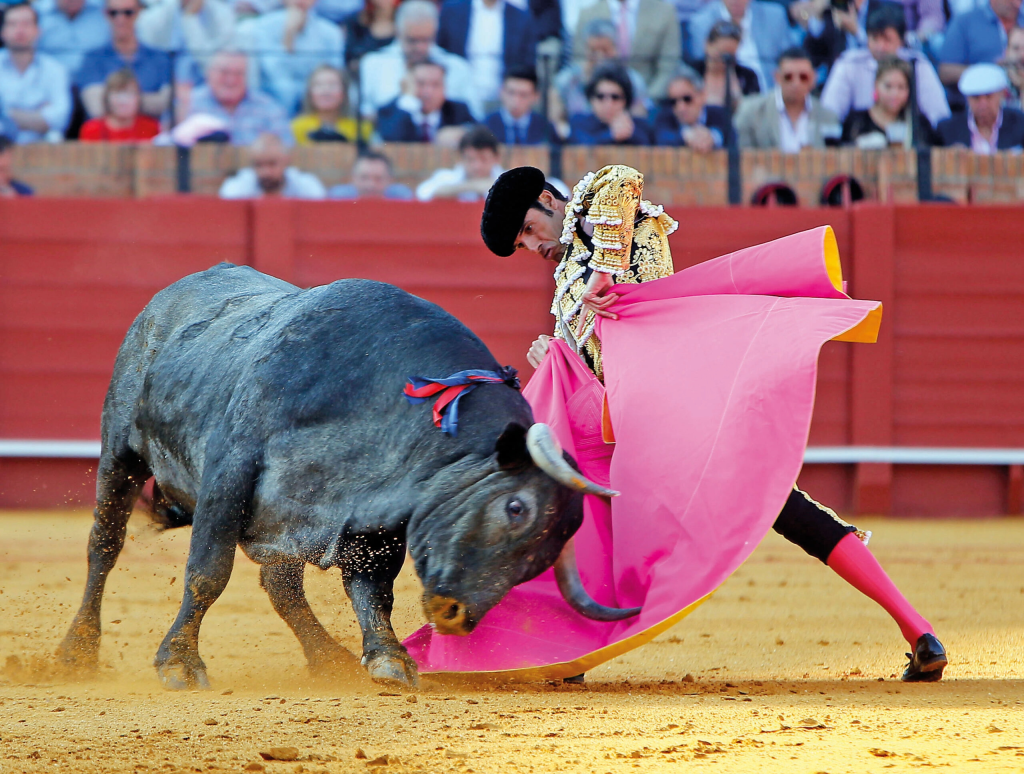
American author Ernest Hemingway wrote of it in his 1932 non-fiction book Death in the Afternoon:
“Bullfighting is the only art in which the artist is in danger of death and in which the degree of brilliance in the performance is left to the fighter’s honour.”

Bullfighting is seen by some as a symbol of Spanish national culture.
The bullfight is regarded as a demonstration of style, technique, and courage by its participants, and as a demonstration of cruelty and cowardice by its critics.
While there is usually no doubt about the outcome, the bull is not viewed by bullfighting supporters as a sacrificial victim — it is instead seen by the audience as a worthy adversary, deserving of respect in its own right.

Those who oppose bullfighting maintain that the practice is a sadistic tradition of torturing and killing a bull amidst pomp and pageantry.
Supporters of bullfights, called “aficionados“, claim to respect the bulls, that the bulls live better than other cattle, and that bullfighting is a grand tradition, a form of art important to their culture.

In Spain and Latin America, opposition to bullfighting is referred to as the antitaurino movement.
In a 2012 poll, 70% of Mexican respondents wanted bullfighting to be prohibited.

Bullfighting is thought to have been practised since prehistoric times throughout the entire Mediterranean coast, but it survives only in Iberia and in part of France.
During the Arab rule of Iberia (711 – 1492), the ruling class tried to ban bullfighting, considering it a pagan celebration and heresy.

In the 16th century, Pope Pius V banned bullfighting for its ties to paganism and for the danger that it posed to the participants.
Anyone who would sponsor, watch or participate in a bullfight was to be excommunicated by the Church.

Spanish and Portuguese bullfighters kept the tradition alive covertly.
Pius’s successor Pope Gregory XIII relaxed the Church’s position.
However, Pope Gregory advised bullfighters to not use the sport as means of honoring Jesus Christ or the saints, as was typical in Spain and Portugal.

Bullfighting has been intertwined with religion and religious folklore in Spain at a popular level, particularly in the areas in which it has been most popular.
Bullfighting events are celebrated during festivities celebrating local patron saints, along with other activities, games and sports.
The bullfighting world is also inextricably linked to iconography related to religious devotion in Spain, with bullfighters seeking the protection of Mary and often becoming members of religious brotherhoods.

Bullfighting is now banned in many countries.
People taking part in such activity would be liable for terms of imprisonment for animal cruelty.
“Bloodless” variations, though, are often permitted and have attracted a following in California, Texas and France.
While it is not very popular in Texas, bloodless forms of bullfighting occur at rodeos in small Texas towns.

In southern France, however, the traditional form of the corrida still exists and it is protected by French law.
However, in June 2015 the Paris Court of Appeals removed bullfighting / “la corrida” from France’s cultural heritage list.

Several cities around the world (especially in Catalonia) have symbolically declared themselves to be Anti-Bullfighting Cities, including Barcelona in 2006.

RSPCA (Royal Society for the Prevention of Cruelty to Animals) assistant director for public affairs David Bowles said:
“The RSPCA is strongly opposed to bullfighting. It is an inhumane and outdated practice that continues to lose support, including from those living in the countries where this takes place such as Spain, Portugal and France.”

The bullfighting guide The Bulletpoint Bullfight warns that bullfighting is “not for the squeamish“, advising spectators to “be prepared for blood“.
The guide details prolonged and profuse bleeding caused by horse-mounted lancers, the charging by the bull of a blindfolded, armored horse who is “sometimes doped up, and unaware of the proximity of the bull“, the placing of barbed darts by banderilleros and the matador’s fatal sword thrust.
The guide stresses that these procedures are a normal part of bullfighting and that death is rarely instantaneous.
The guide further warns those attending bullfights to:
“Be prepared to witness various failed attempts at killing the animal before it lies down.“

Alexander Fiske – Harrison, who trained as a bullfighter to research for his book on the topic (and trained in biological sciences and moral philosophy before that) has pointed out that the bull lives three times longer than do cattle reared exclusively for meat, and lives wild during that period in meadows and forests which are funded by the premium the bullfight’s box office adds on to the price of their meat, should be taken into account when weighing concerns about both animal welfare and the environment.
He also speculated that the adrenalizing nature of the 30-minute spectacle may reduce the bull’s suffering even below that of the stress and anxiety of queueing in the abattoir.

However, zoologist and animal rights activist Jordi Casamitjana argues that the bulls do experience a high degree of suffering:
“All aspects of any bullfight, from the transport to the death, are in themselves causes of suffering.”

I find myself thinking of Walt Disney’s 1938 stand-alone animated short film Ferdinand the Bull:
The scene starts with many bulls, romping together and butting their heads.
However, Ferdinand is different.
All he wants to do all day is go under a shady cork tree and smell the flowers.
One day, his mother notices that he is not playing with the other bulls and asks him why.
He responds:
‘All I want to do is to sit and smell the flowers!’
His mother is very understanding.
Ferdinand grows over the years, eventually getting to be the largest and strongest of the group.
The other bulls grow up wanting to accomplish one goal in life:
To be in the bullfights in Madrid, Spain.
But not Ferdinand.
One day, five strange-looking men show up to see the bulls.
When the bulls notice them, they fight as rough as possible, hoping to get picked.
Ferdinand doesn’t engage and continues to smell the flowers.
When he goes to sit, he doesn’t realize there is a bumblebee right underneath him.
The pain of the bee’s sting makes him go on a crazy rampage, knock the other bulls out, and eventually tear down a tree.
The five men cheer as they take Ferdinand to Madrid.
There is a lot of excitement when the day of the bullfight comes.
On posters, they call him Ferdinand the Fierce.
The event starts and out into the ring comes banderilleros, picadors and the matador who is being cheered on.
As the matador bows, a woman in the audience throws him a bouquet of flowers which land in his hand.
Finally, the moment comes where Ferdinand comes out and he wonders what is he doing there.
The banderilleros and picadors are afraid and hide, but the matador gets scared stiff because Ferdinand is so big and strong.
Ferdinand looks and sees the bouquet of flowers, walking over and scaring the matador away, but just starts smelling them.
The matador becomes very angry at Ferdinand for not charging at him.
But Ferdinand is not interested in fighting.
He is only interested in smelling the beautiful flowers.
Eventually, he is led out of the arena and taken back home where he continues to sit under the cork tree and smell the flowers.

Rodeo, a less violent cousin of bullfighting, is a competitive equestrian sport that arose out of the working practices of cattle herding in Spain and Mexico, expanding throughout the Americas and to other nations.
Originally based on the skills required of the working yaqueros and later, cowboys, in what today is the western United States, western Canada, and northern Mexico.
Today, it is a sporting event that involves horses and other livestock, designed to test the skill and speed of the cowboys and cowgirls.
The largest state-of-the-art rodeos are professional, commercial athletic contests held in climate-controlled stadiums, with broadcasting by various television networks.

Outside of the rodeo world itself, there is disagreement about exactly what rodeo is.
Professional competitors, for example, view rodeo as a sport and call themselves professional athletes while also using the title of cowboy.
Fans view rodeo as a spectator sport with animals, having aspects of pageantry and theater unlike other professional sport.
Non-westerners view the spectacle as a quaint but exciting remnant of the Wild West.
Animal rights activists view rodeo as a cruel Roman circus spectacle or an Americanized bullfight.

Anthropologists studying the sport of rodeo and the culture surrounding it have commented that it is “a blend of both performance and contest“, and that rodeo is far more expressive in blending both these aspects than attempting to stand alone on one or the other.
Rodeo’s performance level permits pageantry and ritual which serve to “revitalize the spirit of the Old West” while its contest level poses a man-animal opposition that articulates the transformation of nature and “dramatizes and perpetuates the conflict between the wild and the tame.”
“On its deepest level, rodeo is essentially a ritual addressing itself to the dilemma of man’s place in nature.”

Rodeo is a popular topic in country-western music, such as the 1991 Garth Brooks hit single “Rodeo“.
Rodeo has also been featured in numerous movies, television programs and in literature.

Rodeo is a ballet score written by Aaron Copland in 1942.

Country singer Chris Ledoux competed in bareback riding and wrote many of his songs based on his experiences.

Rodeo has also been featured in a significant number of films, and some focus specifically on the sport, including:
- 8 Seconds

- Cowboy Up

- The Longest Ride

- The Rider

- The Cowboy Way

American-style professional rodeos generally comprise the following events:
- tie-down roping
- team roping
- steer wrestling
- saddle bronc riding
- bareback bronc riding
- bull riding
- barrel racing
The events are divided into two basic categories:
- the rough stock events
- the timed events.
Depending on sanctioning organization and region, other events may also be a part of some rodeos, such as:
- breakaway roping
- goat tying
- pole bending.

According to Encyclopedia Britannica, the “world’s first public cowboy contest” was held on 4 July 1883, in Pecos, Texas, between cattle driver Trav Windham and roper Morg Livingston.
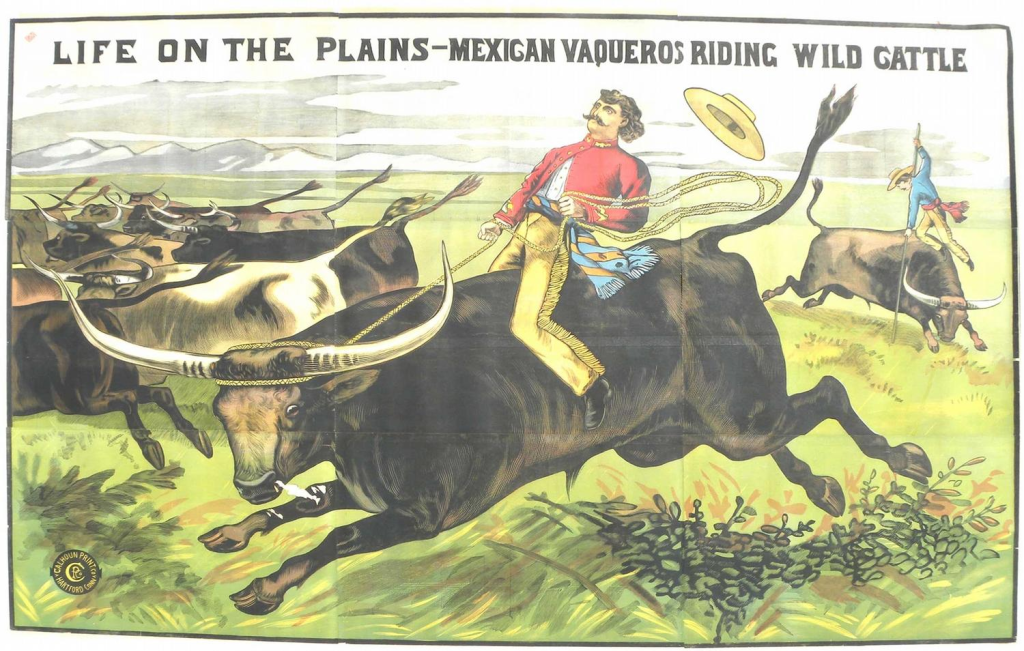
American rodeo, particularly popular today within the Canadian province of Alberta and throughout the western United States, is the official state sport of Wyoming, South Dakota, and Texas.
The iconic silhouette image of a “bucking horse and rider” is a federal and state-registered trademark of the State of Wyoming.

The Legislative Assembly of Alberta has considered making American rodeo the official sport of that province.
However, enabling legislation has yet to be passed.

The first rodeo in Canada was held in 1902 in Raymond, Alberta, when Raymond Knight funded and promoted a rodeo contest for bronc riders and steer ropers called the Raymond Stampede.
Knight also coined the rodeo term “stampede” and built rodeo’s first known shotgun-style bucking chute.
In 1903, Knight built Canada’s first rodeo arena and grandstand and became the first rodeo producer and rodeo stock contractor.

In 1912, Guy Weadick and several investors put up $100,000 to create what today is the Calgary Stampede.
The Stampede also incorporated mythical and historical elements, including native Canadians in full regalia, chuckwagon races, the Mounted Police, and marching bands.
From its beginning, the event has been held the 2nd week in July.
Since 1938, attendees were urged to dress for the occasion in western hats to add to the event’s flavour.

By 2003, it was estimated that 65 professional rodeos involving 700 members of the Canadian Professional Rodeo Association (CPRA) took place in Western Canada, along with professionals from the United States.
Many Canadian contestants were part-timers who did not earn a significant living from rodeo.

Canadians made several significant contributions to the sport of rodeo.
In 1916, at the Bascom Ranch in Welling, Alberta, John W. Bascom and his sons Raymond, Mel, and Earl designed and built rodeo’s first side-delivery bucking chute for the ranch rodeos they were producing.
In 1919, Earl and John made rodeo’s first reverse-opening side-delivery bucking chute at the Bascom Ranch in Lethbridge, Alberta.
This Bascom-style bucking chute is now rodeo’s standard design.
Earl Bascom also continued his innovative contributions to the sport of rodeo by designing and making rodeo’s first hornless bronc saddle in 1922, rodeo’s first one-hand bareback rigging in 1924, and the first high-cut rodeo chaps in 1928.
Earl and his brother Weldon also produced rodeo’s first night rodeo held outdoors under electric lights in 1935.

The Canadian Pro Rodeo Hall of Fame is located in Ponoka, Alberta.
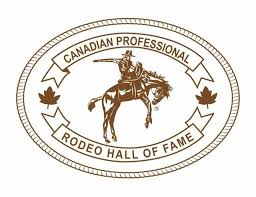
In the US, professional rodeos are governed and sanctioned by the Professional Rodeo Cowboys Association (PRCA) and the Women’s Professional Rodeo Association (WPRA), while other associations govern assorted children’s, high school, collegiate, and other amateur or semi-professional rodeos.
Associations also exist for Native Americans and other minority groups.

The traditional season for competitive rodeo runs from spring through fall, while the modern professional rodeo circuit runs longer, and concludes with the PRCA National Finals Rodeo (NFR) in Las Vegas, Nevada, currently held every December.

Rodeo has provoked opposition from animal rights and some animal welfare advocates, who argue that various competitions constitute animal cruelty.
The American rodeo industry has made progress in improving the welfare of rodeo animals, with specific requirements for veterinary care and other regulations that protect rodeo animals.
However, some local and state governments in North America have banned or restricted rodeos, certain rodeo events, or types of equipment.
Internationally, rodeo is banned in the United Kingdom and the Netherlands, with other European nations placing restrictions on certain practices.

Protests were first raised regarding rodeo animal cruelty in the 1870s.
Beginning in the 1930s, some states enacted laws curtailing rodeo activities and other events involving animals.
In the 1950s, the then Rodeo Cowboys Association (RCA, later the PRCA) worked with the American Humane Association (AHA) to establish regulations protecting the welfare of rodeo animals that were acceptable to both organizations.
The PRCA realized that public education regarding rodeo and the welfare of animals was needed to keep the sport alive.
Over the years, conditions for animals in rodeo and many other sporting events improved.

Today, the PRCA and other rodeo sanctioning organizations have stringent regulations to ensure rodeo animals’ welfare.
For example, these rules require, among other things, provisions for injured animals, a veterinarian’s presence at all rodeos (a similar requirement exists for other equine events), padded flank straps, horn protection for steers, and spurs with dulled, free-spinning rowels.
Rodeo competitors in general value and provide excellent care to the animals with which they work.
Animals must also be protected with fleece-lined flank straps for bucking stock and horn wraps for roping steers.
Laws governing rodeo vary widely.
In the American west, some states incorporate the regulations of the PRCA into their statutes as a standard by which to evaluate if animal cruelty has occurred.
On the other hand, some events and practices are restricted or banned in other states, including California, Rhode Island, and Ohio.
St. Petersburg, Florida is the only locality in the United States with a complete ban on rodeo.

Canadian humane societies are careful in criticizing Canadian rodeo as the event has become so indigenous to Western Canada that criticism may jeopardize support for the organization’s other humane goals.
The Calgary Humane Society itself is wary of criticizing the famous Calgary Stampede.

As aforementioned, internationally rodeo itself is banned in the United Kingdom and the Netherlands.
Other European nations have placed restrictions on certain practices.


However, a number of humane and animal rights organizations have policy statements that oppose many rodeo practices and often the events themselves.
Some also claim that regulations vary from vague to ineffective and are frequently violated.
Other groups assert that any regulation still allows rodeo animals to be subjected to gratuitous harm for the sake of entertainment, and therefore rodeos should be banned altogether.
In response to these concerns, a number of cities and states, mostly in the eastern half of the United States, have passed ordinances and laws governing rodeo.

Pittsburgh, for example, specifically prohibits electric prods or shocking devices, flank or bucking straps, wire tie-downs, and sharpened or fixed spurs or rowels.
Pittsburgh also requires humane officers be provided access to any and all areas where animals may go — specifically pens, chutes, and injury pens.

The state of Rhode Island has banned tie-down roping and certain other practices.
Other locales have similar ordinances and laws.

There are three basic areas of concern to various groups.
The first set of concerns surround relatively common rodeo practices, such as the use of bucking straps, also known as flank straps, the use of metal or electric cattle prods, and tail-twisting.
The second set of concerns surround non-traditional rodeo events that operate outside the rules of sanctioning organizations.
These are usually amateur events such as:
- mutton busting
- calf dressing
- wild cow milking
- calf riding
- chuck wagon races
- other events designed primarily for publicity, half-time entertainment or crowd participation.
Finally, some groups consider some or all rodeo events themselves to be cruel.

Animal rights groups, such as PETA (People for the Ethical Treatment of Animals), SHARK (Showing Animals Respect and Kindness) and the Humane Society of the United States, generally take a position of opposition to all rodeos and rodeo events.


A more general position is taken by the ASPCA (American Society for the Prevention of Cruelty to Animals), only opposing rodeo events that “involve cruel, painful, stressful and potentially harmful treatment of livestock, not only in performance but also in handling, transport and prodding to perform“.
The group singles out children’s rodeo events, such as goat tying, calf riding and sheep riding (“mutton busting”), “which do not promote humane care and respect for animals“.

The AHA (American Humane Association) does not appear to oppose rodeos per se, though they have a general position on events and contests involving animals, stating that “when animals are involved in entertainment, they must be treated humanely at all times“.

Why must animals be entertaining?
Why can’t we simply let them live their lives being themselves?
Why must we insist that nature serve us?

The AHA also has strict requirements for the treatment of animals used for rodeo scenes in movies, starting with the rules of the PRCA and adding additional requirements consistent with the association’s other policies.
Unique among animal protection groups, the ASPCA specifically notes that practice sessions are often the location of more severe abuses than competitions.
However, many state animal cruelty laws provide specific exemptions for “training practices“.
The AHA is the only organization addressing the legislative issue, advocating the strengthening of animal cruelty laws in general, with no exceptions for “training practices“.

I am not disputing that man’s courage and skill and tradition as shown in bullfights and rodeos should be respected.
But what of the lives of the animals involved?
What of their dignity, their feelings, their well-being?

Man was appointed by God – if religious writ is to be believed – to have dominion over the beasts.
Everything a man does to an animal is either a lawful exercise or a sacrilegious abuse of an authority by divine right.
C.S. Lewis

Humans have “dominion” over animals, but that “dominion” (radah in Hebrew) does not mean despotism.
Rather we are set over creation to care for what God has made and to treasure God’s own treasures.
Andrew Linzey

The more helpless the creature, the more that it is entitled to the protection of man.
Mahatma Gandhi

I find myself thinking of three interconnected memories:

In a 12 May 1984 Peanuts comic strip, the dog Snoopy is seen strolling towards Charlie Brown and Sally.
Snoopy gives them both warm and sincere hugs.
Afterwards, Charlie Brown explains their dog’s actions to his puzzled sister:
“You can always tell when he’s been listening to Leo Buscaglia tapes.”

Felice Leonardo Buscaglia (1924 – 1998), also known as “Dr. Love“, was an American author, motivational speaker, and a professor in the Department of Special Education at the University of Southern California.

Buscaglia was born in Los Angeles into a family of Italian immigrants.
He spent his early childhood in Aosta, Italy, before going back to the US for education.
He was a graduate of Theodore Roosevelt High School.

Buscaglia served in the US Navy during World War II.
He did not see combat, but he saw its aftermath in his duties in the dental section of the military hospital, helping to reconstruct shattered faces.

Using GI Bill benefits, he entered the University of Southern California, where he earned three degrees (BA 1950, MA 1954, PhD 1963) before eventually joining the faculty.
While teaching at USC, Buscaglia was moved by a student’s suicide to contemplate human disconnectedness and the meaning of life, and began a noncredit class he called Love 1A.

This became the basis for his first book, titled simply Love.
He was the first to state and promote the concept of humanity’s need for hugs: 5 to survive, 8 to maintain, and 12 to thrive.

His dynamic speaking style was discovered by PBS (Public Broadcasting Service), and his televised lectures earned great popularity in the 1980s.
At one point his talks, always shown during fundraising periods, were the top earners of all PBS programs.

This national exposure, coupled with the heartfelt storytelling style of his books, helped make all his titles national bestsellers.
Five were once on the New York Times bestsellers list simultaneously.

Buscaglia wrote a dozen books.
I have read only two: Love and The Way of the Bull.

The second aforementioned book reveals the truth of self Leo Buscaglia discovered on two trips to Asia, by travelling the “way of the bull“, as well as describing the people and physical locales of Southeast Asia prior to the Vietnam War.

The meaning of the title originated in the 12th century Zen book, 10 Bulls, by the Zen master Kaku-an Shi-en.
In Kaku-an’s book, the bull represents life, energy, truth and action.
“The way” concerns the possible step one man might take to gain insight, find oneself and discover one’s true nature.
Buscaglia reminds us, however, that each person must find that path individually in order for it to have true meaning.

Consider the Ten Bulls:
- In search of the bull:
In the pasture of the world, I endlessly push aside the tall grasses in search of the Ox.
Following unnamed rivers, lost upon the interpenetrating paths of distant mountains, my strength failing and my vitality exhausted, I cannot find the Ox.

2. Discovery of the footprints
Along the riverbank under the trees, I discover footprints.
Even under the fragrant grass, I see his prints.
Deep in remote mountains they are found.
These traces can no more be hidden than one’s nose, looking heavenward.

3. Perceiving the bull
I hear the song of the nightingale.
The sun is warm, the wind is mild, willows are green along the shore –
Here no Ox can hide!
What artist can draw that massive head, those majestic horns?

4. Seizing the bull
I seize him with a terrific struggle.
His great will and power are inexhaustible.
He charges to the high plateau far above the cloud-mists,
Or in an impenetrable ravine he stands.

5. Taming the bull
The whip and rope are necessary,
Else he might stray off down some dusty road.
Being well-trained, he becomes naturally gentle.
Then, unfettered, he obeys his master.

6. Riding the bull home
Mounting the Ox, slowly I return homeward.
The voice of my flute intones through the evening.
Measuring with hand-beats the pulsating harmony, I direct the endless rhythm.
Whoever hears this melody will join me.

7. The bull transcended
Astride the Ox, I reach home.
I am serene.
The Ox too can rest.
The dawn has come.
In blissful repose, within my thatched dwelling, I have abandoned the whip and ropes.

8. Both bull and self transcended
Whip, rope, person, and Ox – all merge in No Thing.
This heaven is so vast, no message can stain it.
How may a snowflake exist in a raging fire?
Here are the footprints of the Ancestors.

9. Reaching the source
Too many steps have been taken, returning to the root and the source.
Better to have been blind and deaf from the beginning!
Dwelling in one’s true abode, unconcerned with and without –
The river flows tranquilly on and the flowers are red.

10. Return to society
Barefooted and naked of breast, I mingle with the people of the world.
My clothes are ragged and dust-laden, and I am ever blissful.
I use no magic to extend my life.
Now, before me, the dead trees become alive.

Without love – including love of one’s self – life is without meaning.
Each person must find that path individually in order for it to have true meaning.
In getting lost, in relinquishing the need to control, meaning may be found.
There is much we can learn from nature if we would cease trying to control it.
We fear nature, for we have given nature cause to fear us.
If we would approach all God’s creatures great and small in a spirit of compassion, aware that they too feel, that their lives possess meaning, that they too are deserving of respect and dignity, that they too must find their own path in their own ways, then maybe, just maybe, we might be worthy of life as well.

Sources: Wikipedia / Google / Rough Guide to Switzerland / Rough Guide to Turkey / Arrogant Worms, “I Am Cow“, Dirt / Leo Buscaglia, Love / Leo Buscaglia, The Way of the Bull / Denise Hruby, “Cows bring danger for hikers in Alps“, Washington Post, 12 August 2020 / Charles Schulz, Peanuts, 12 May 1984 / Kaku-an Shi-en, The Ten Bulls / Rebecca Solnit, Wanderlust: A History of Walking / Rosamund Young, The Secret Life of Cows
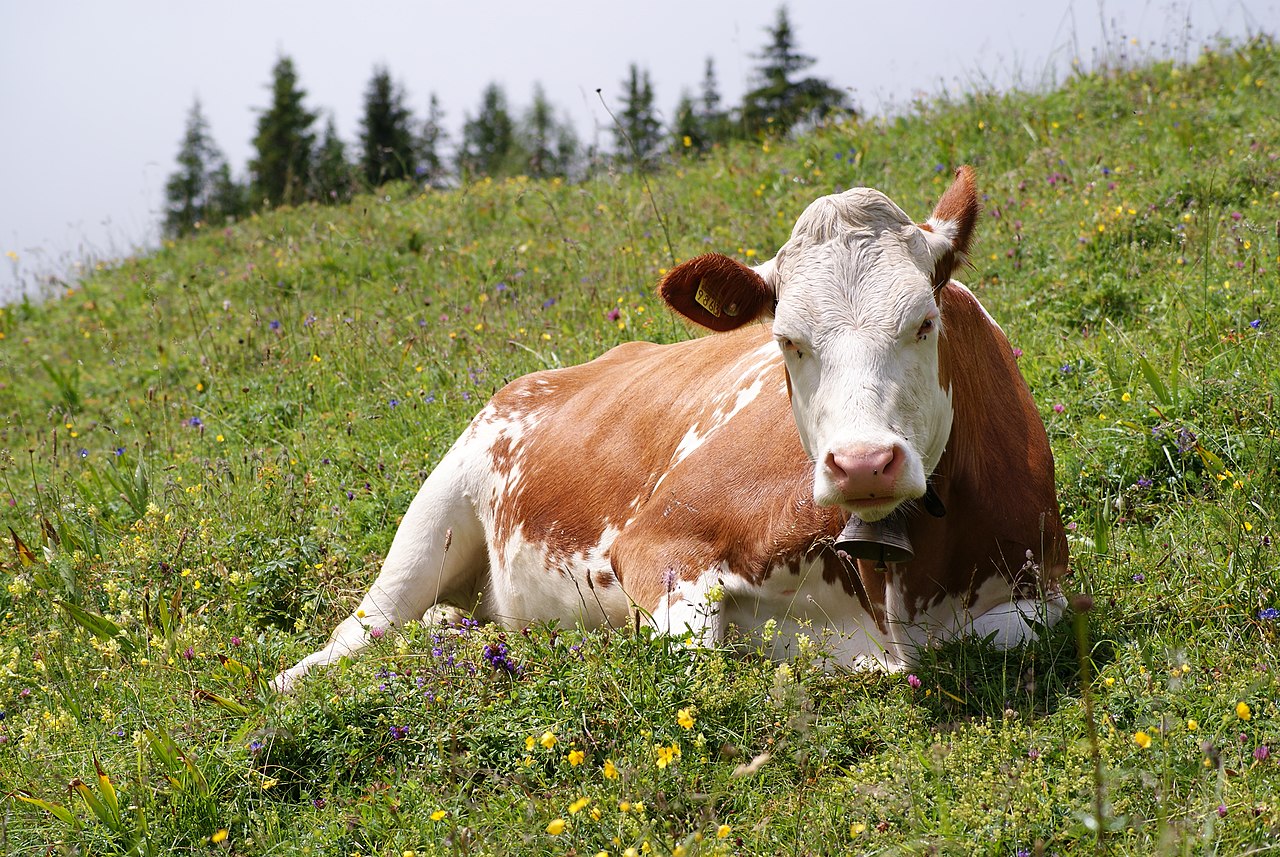






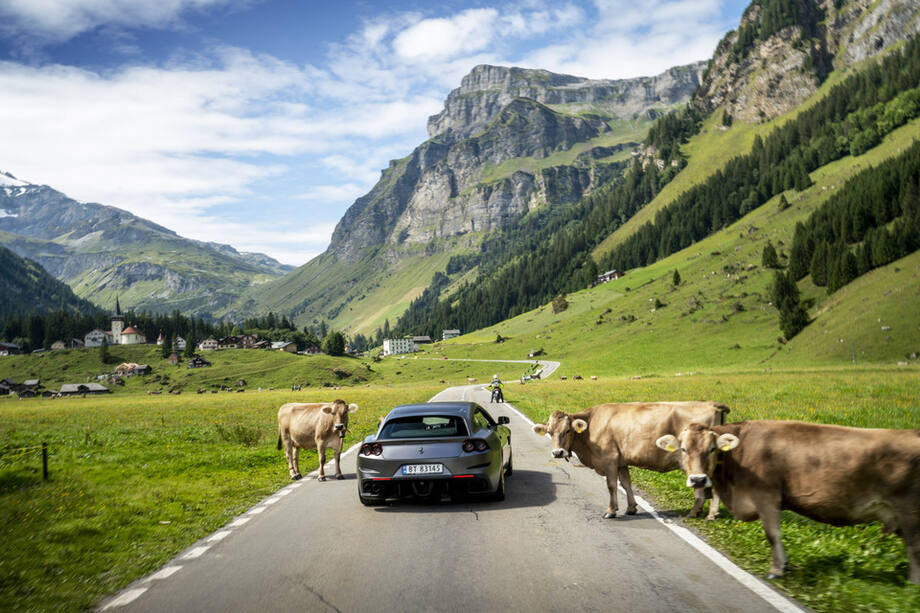



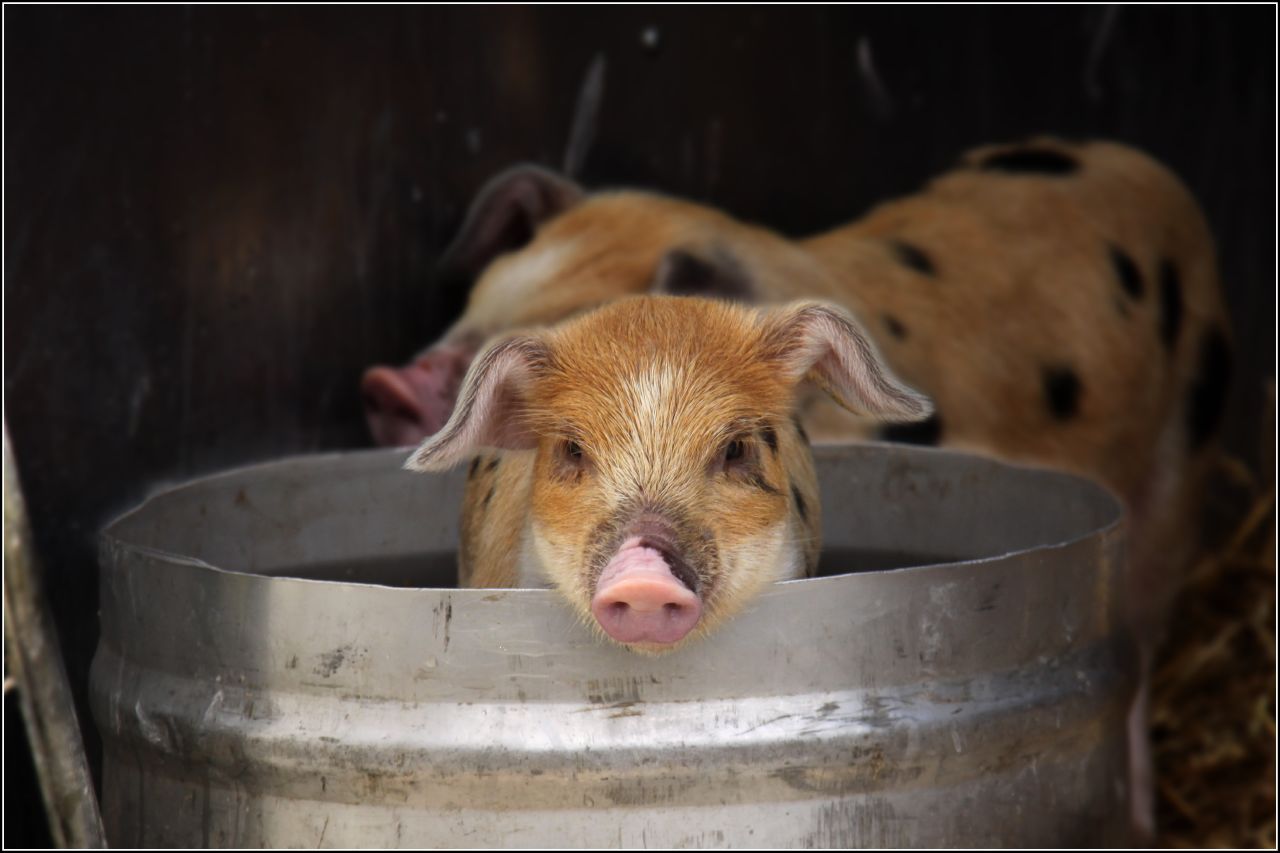


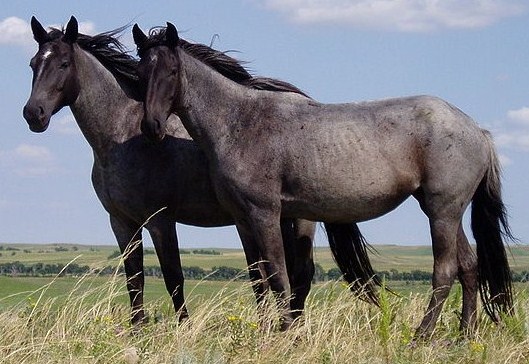



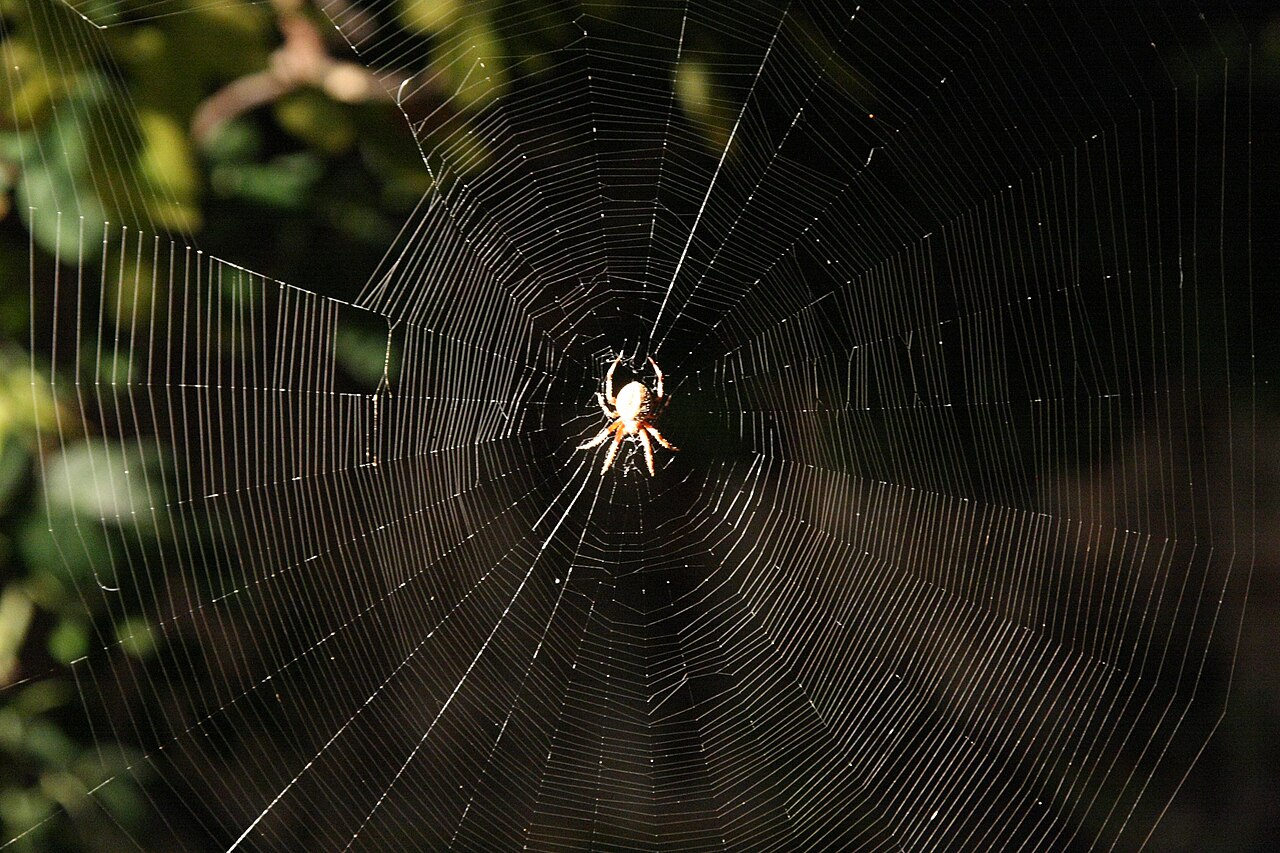
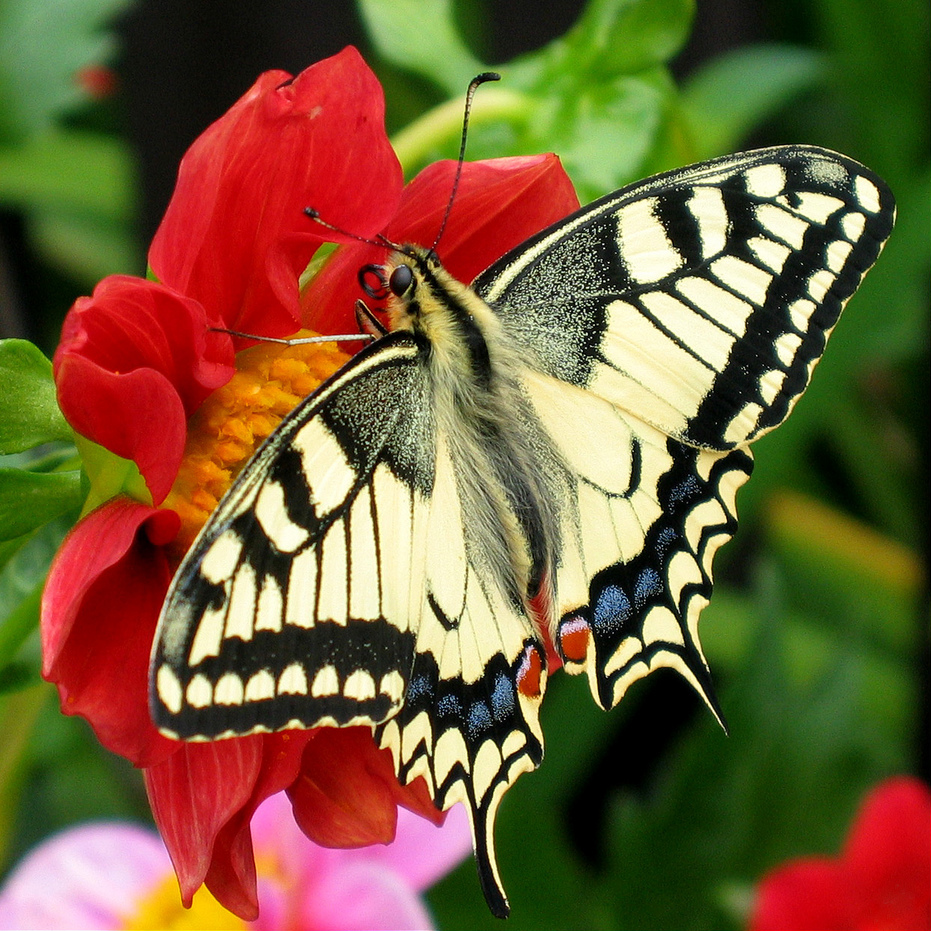
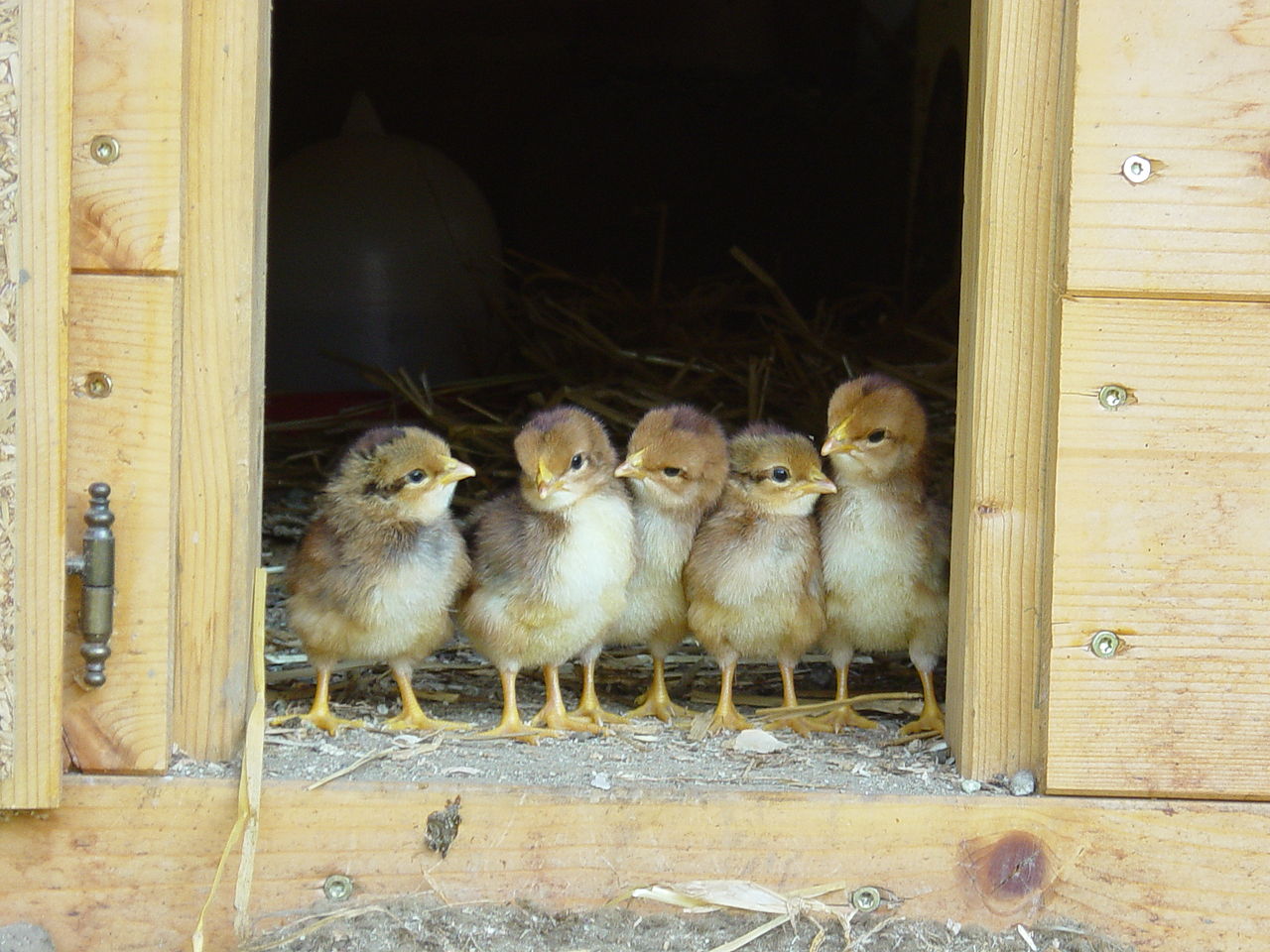



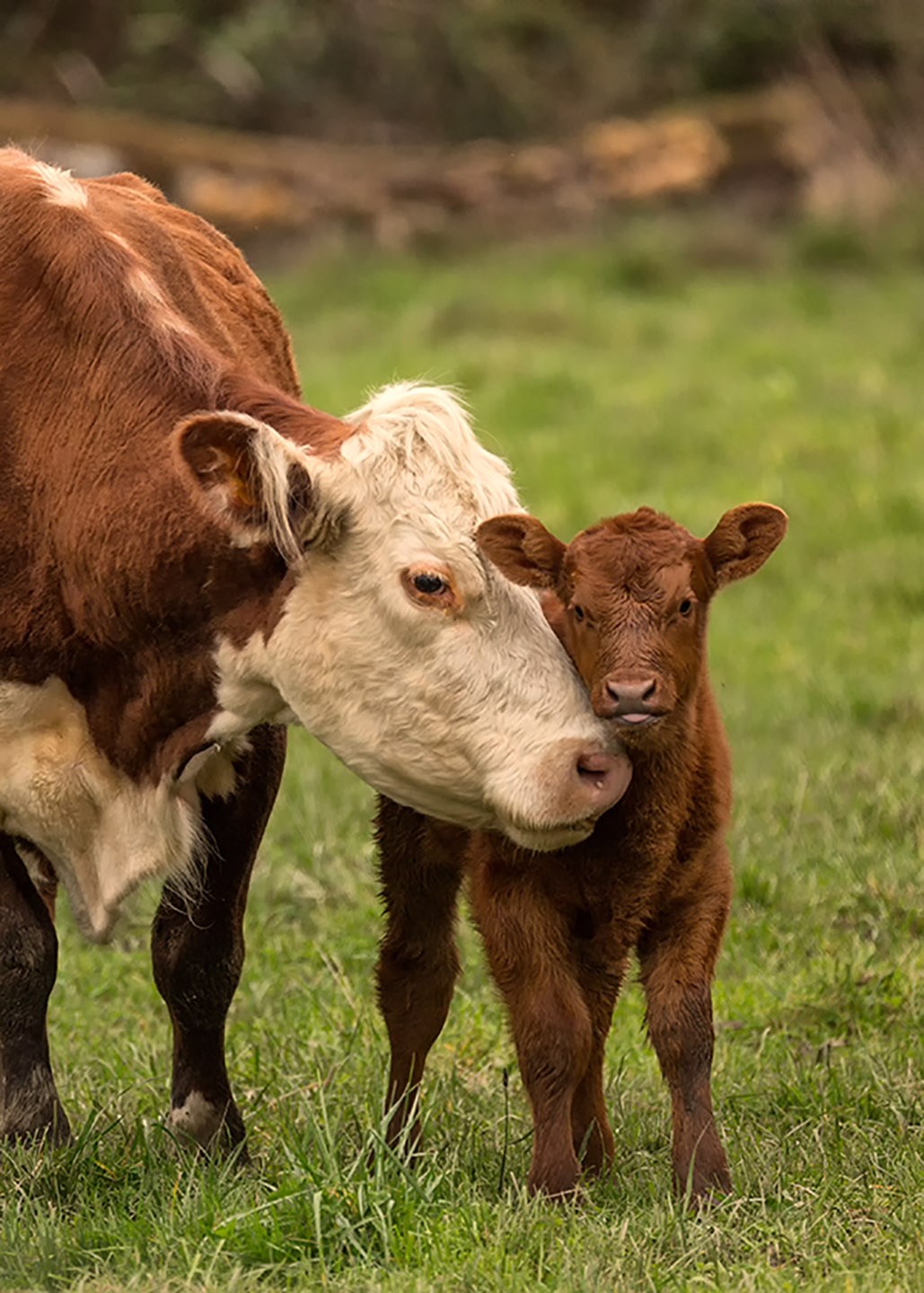
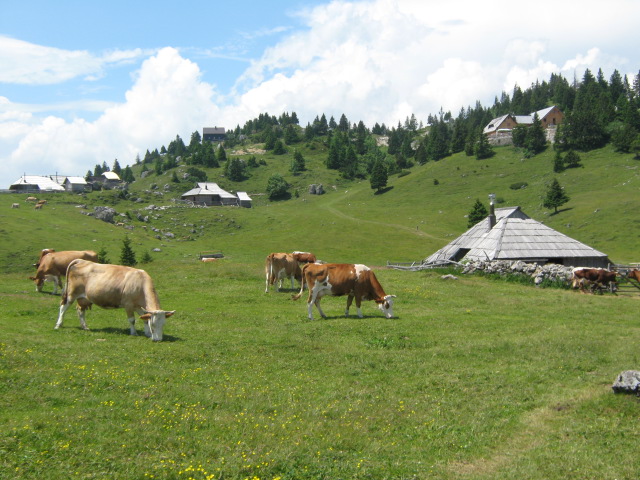













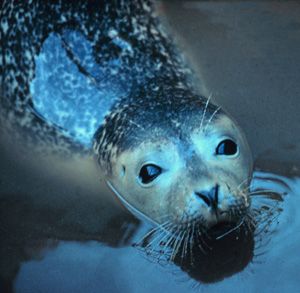









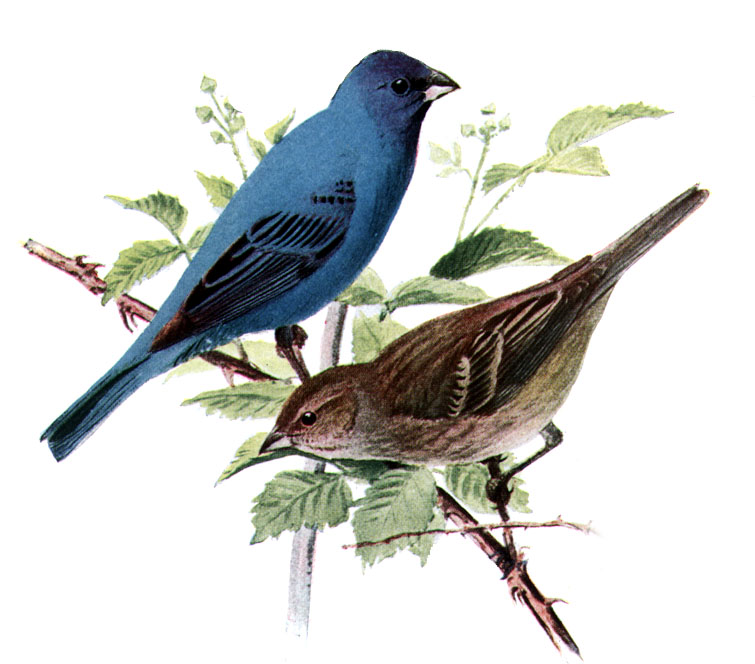
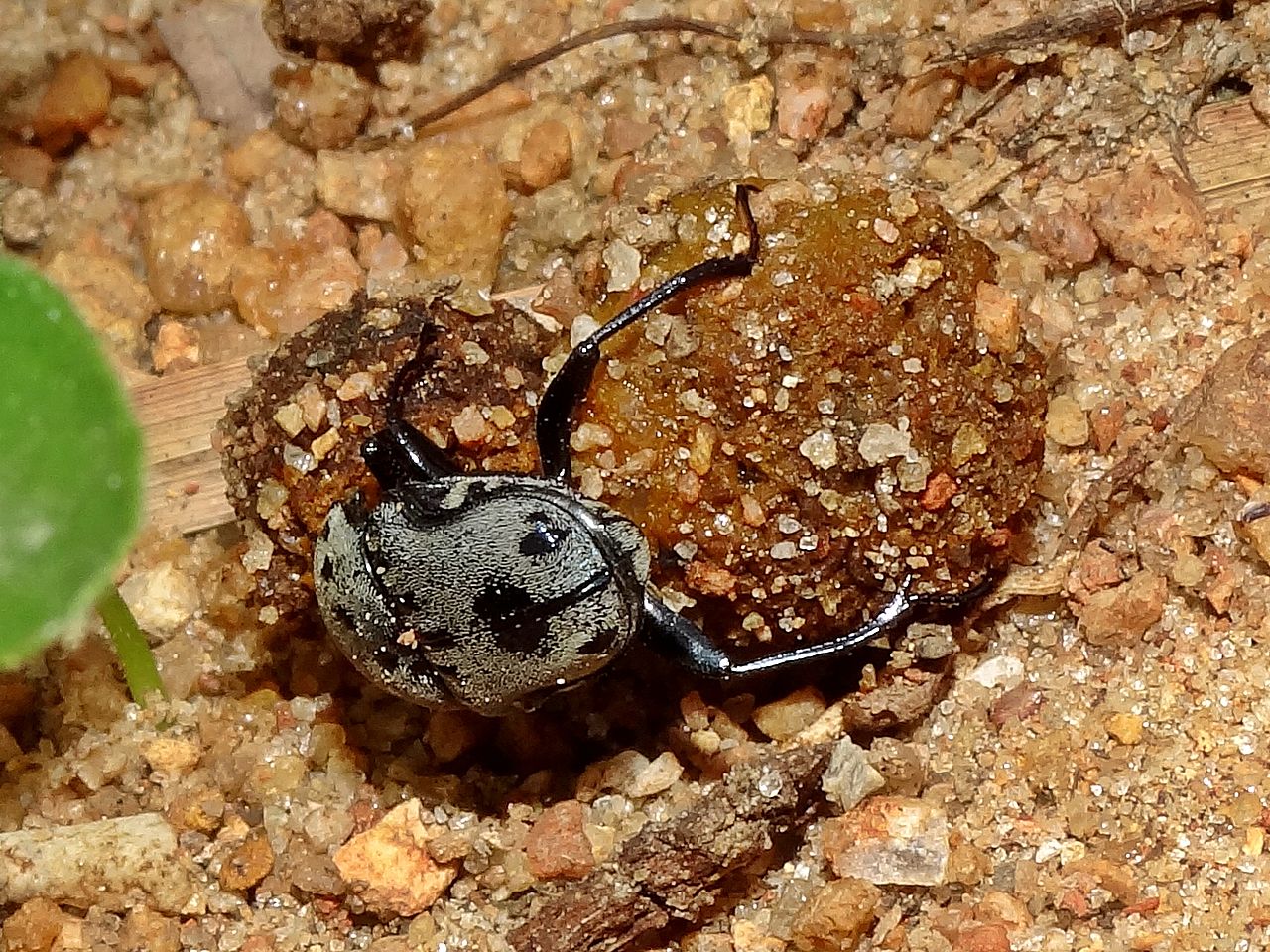






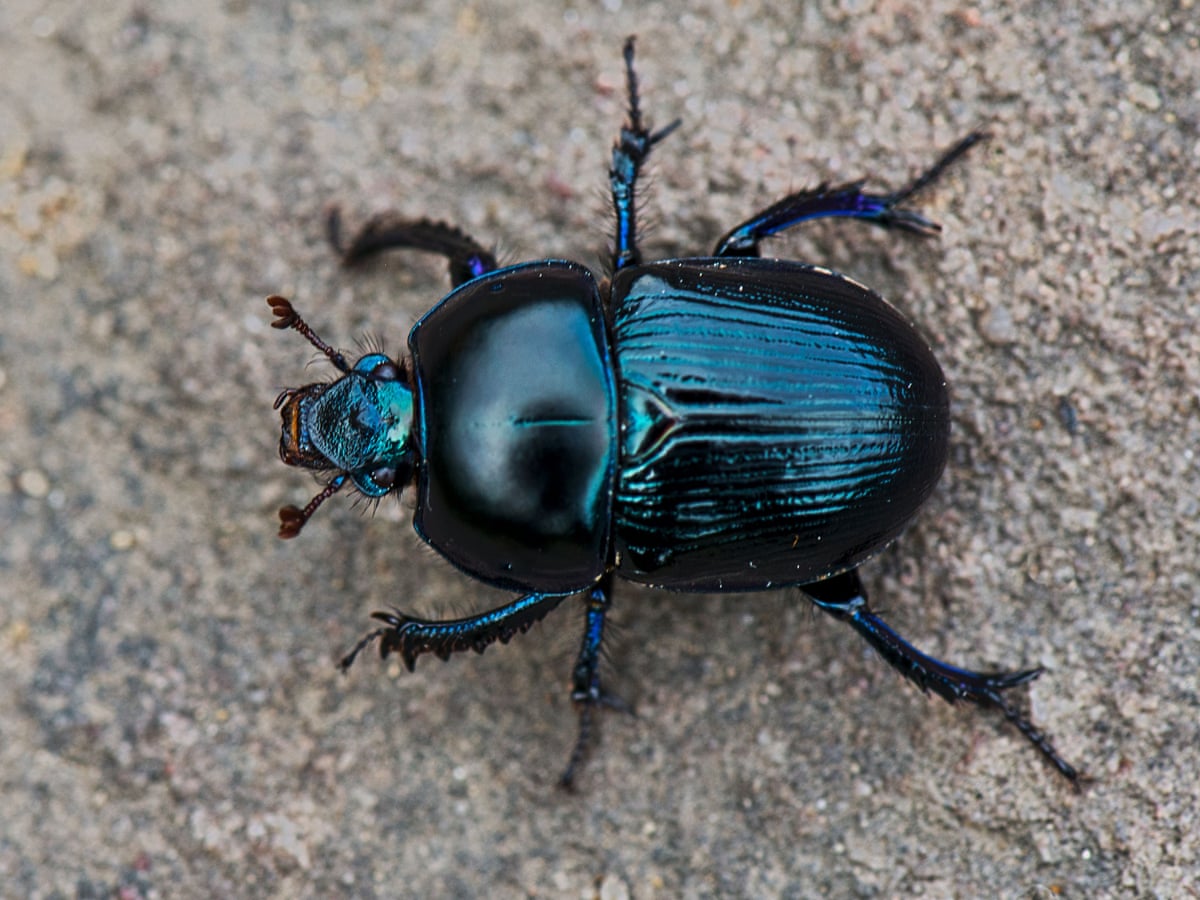







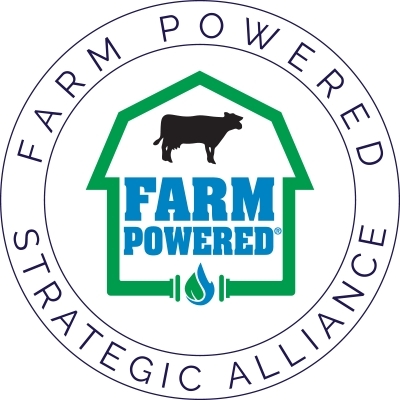








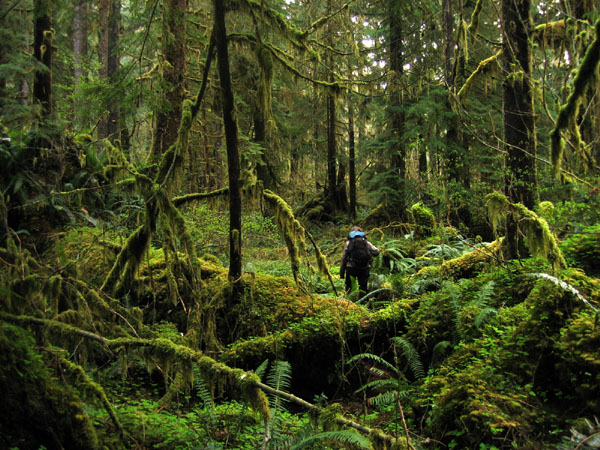


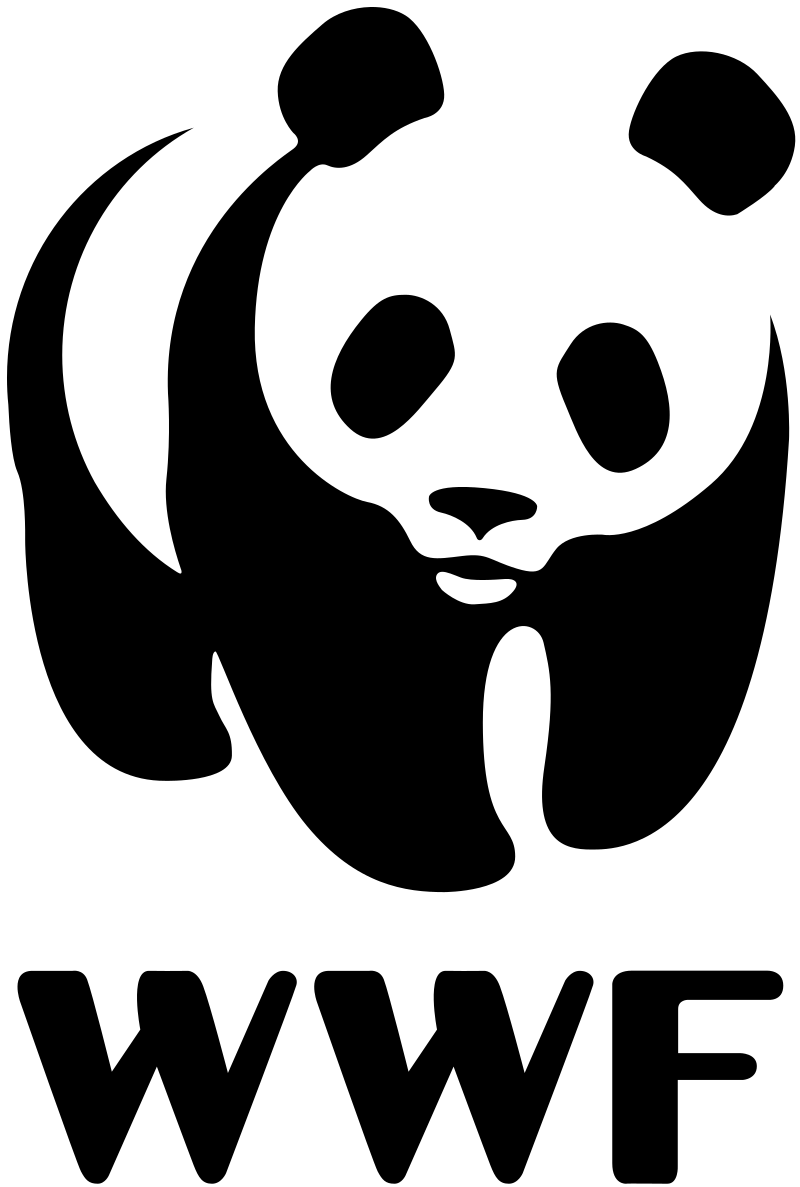

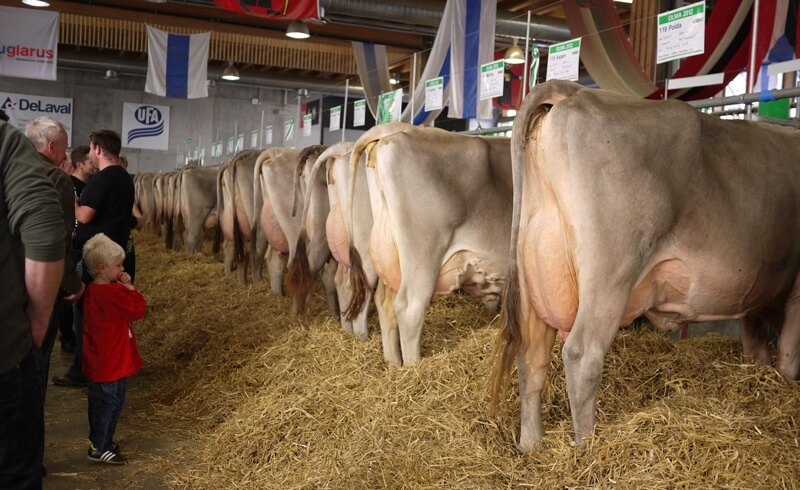





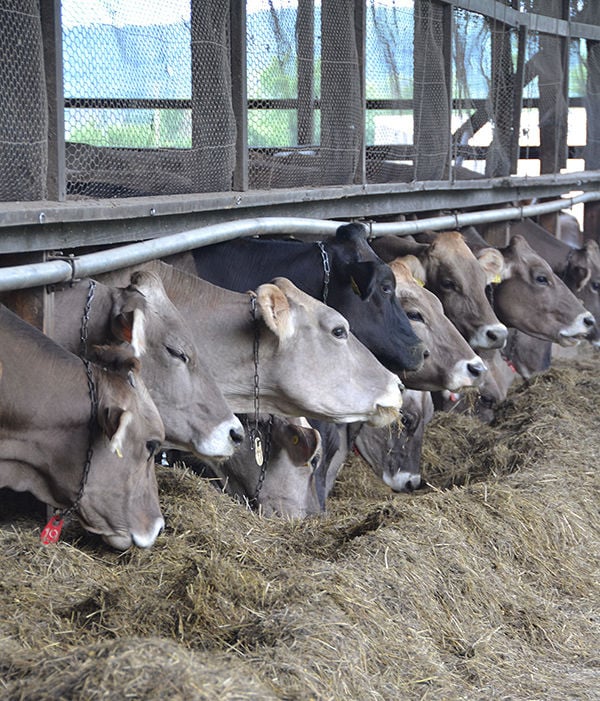

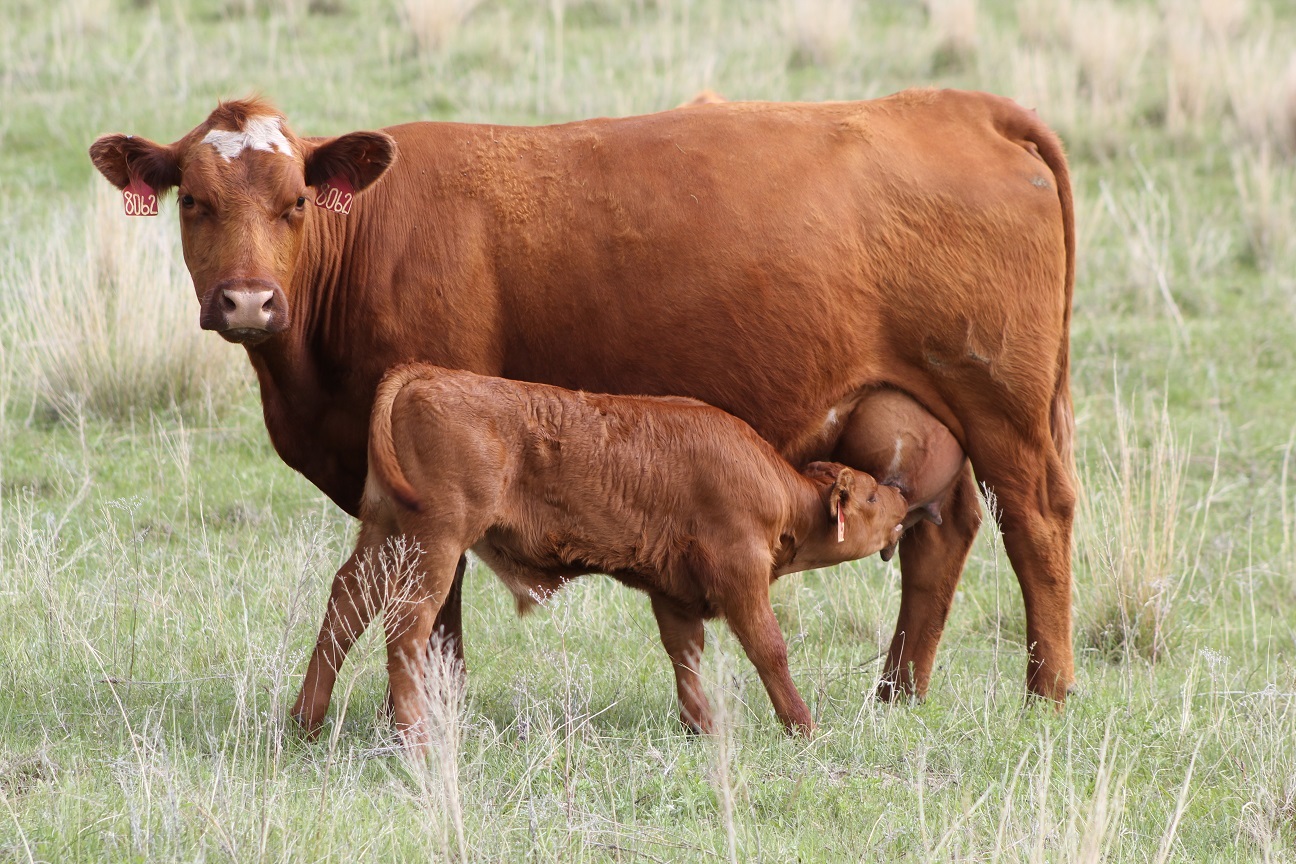
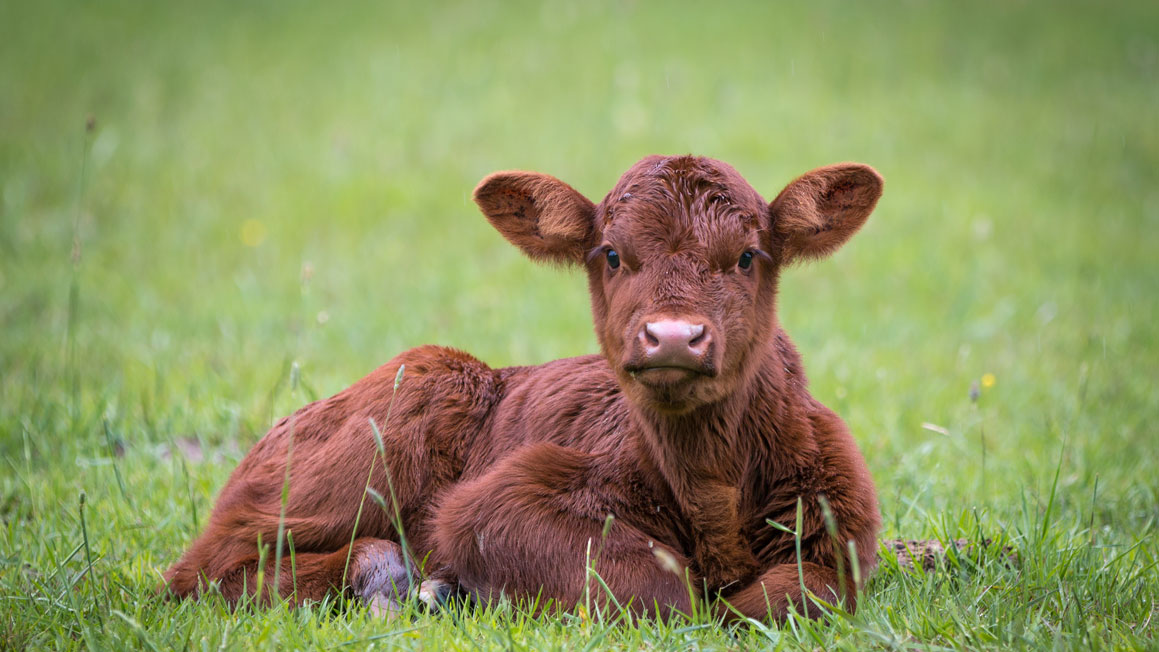



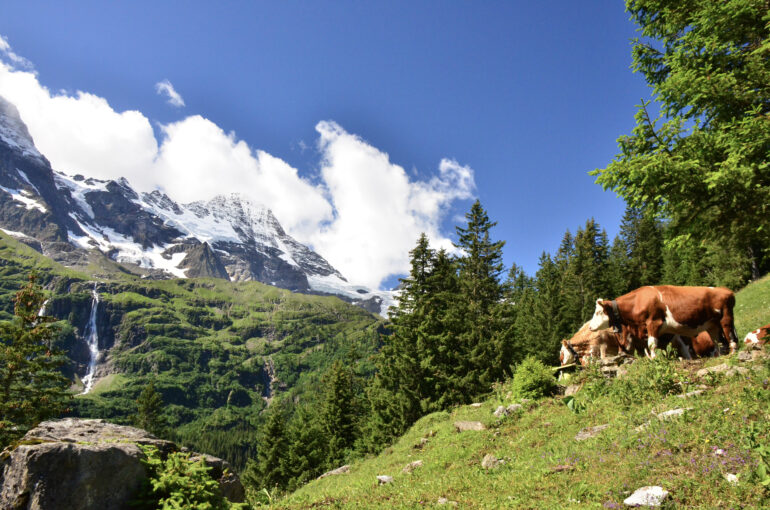





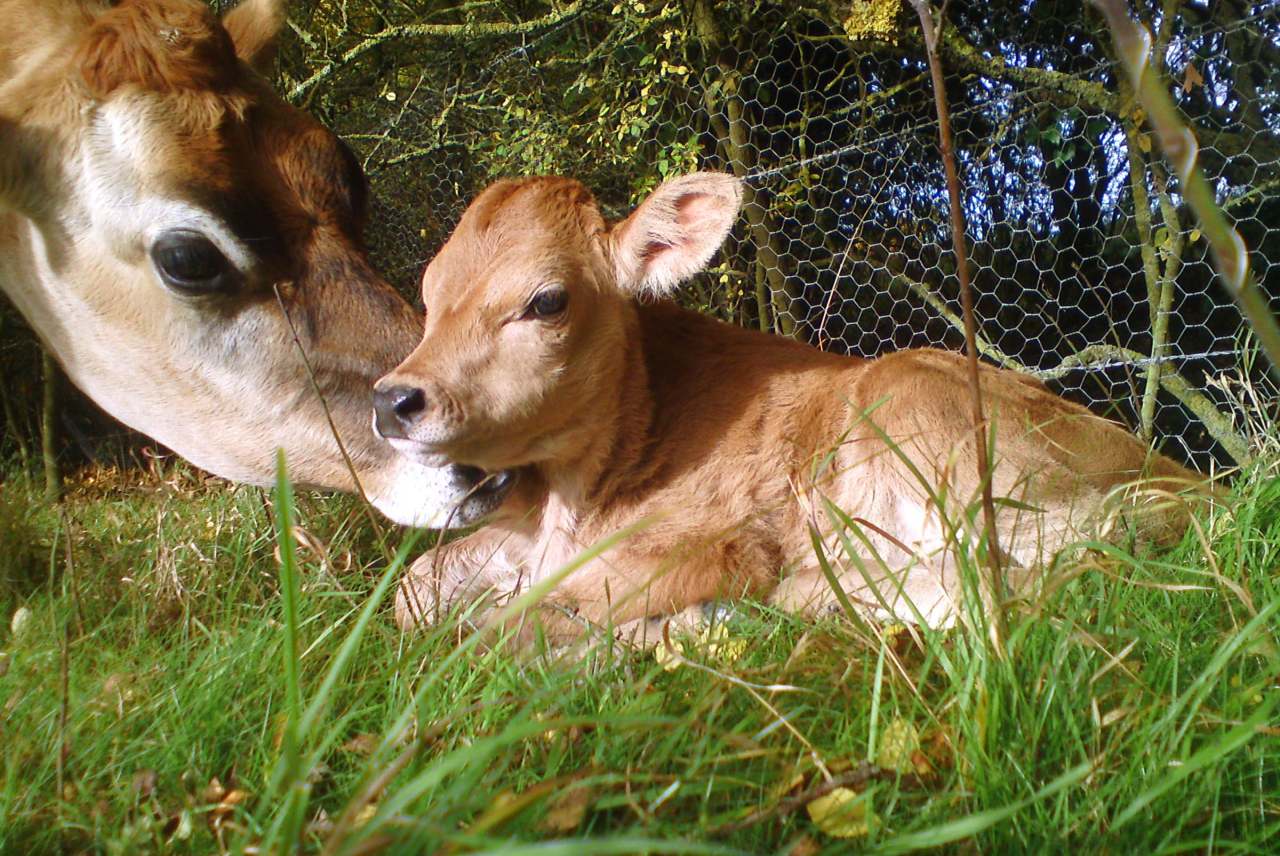
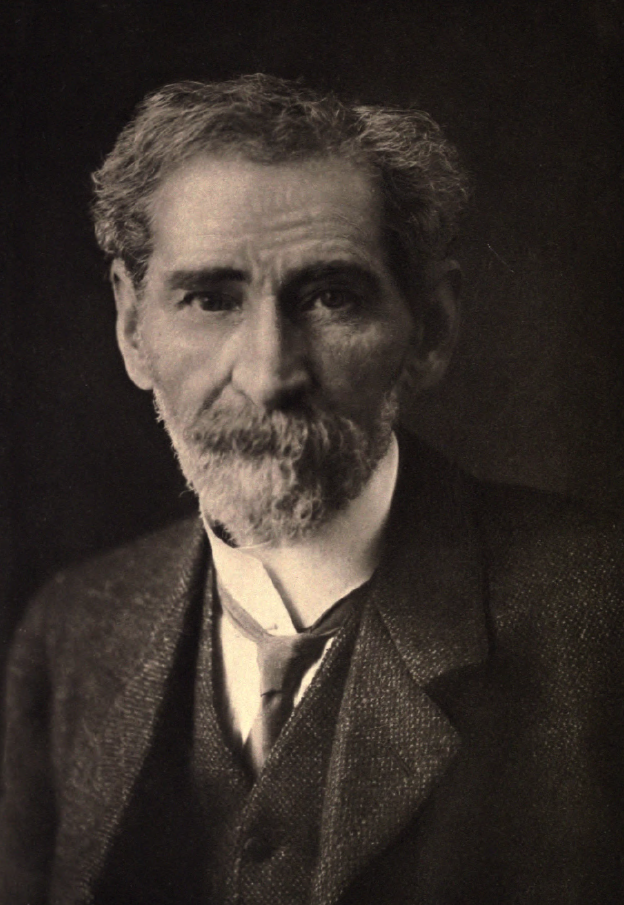


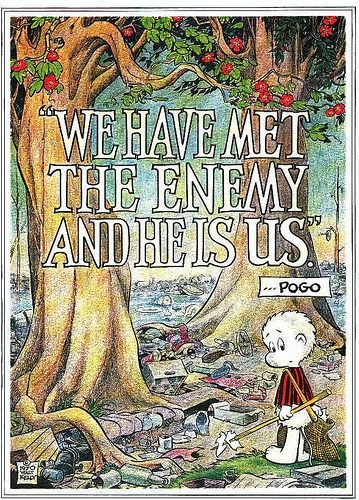
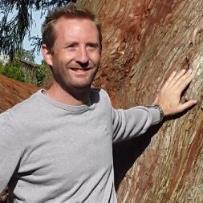



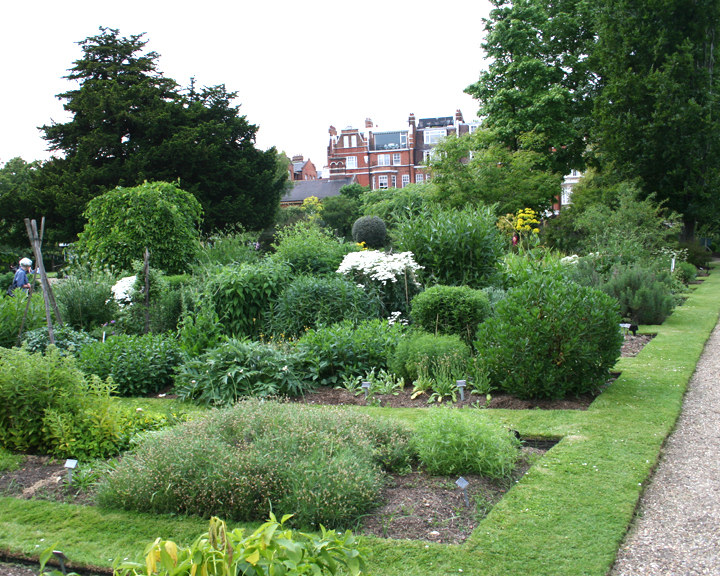
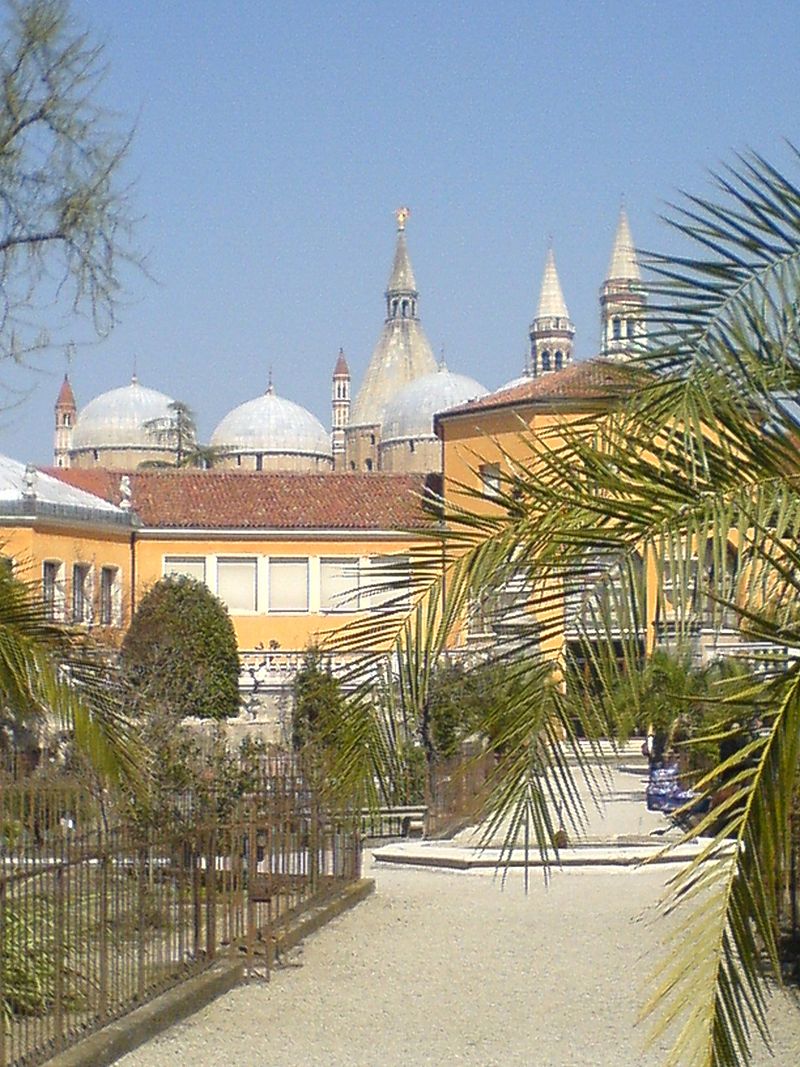




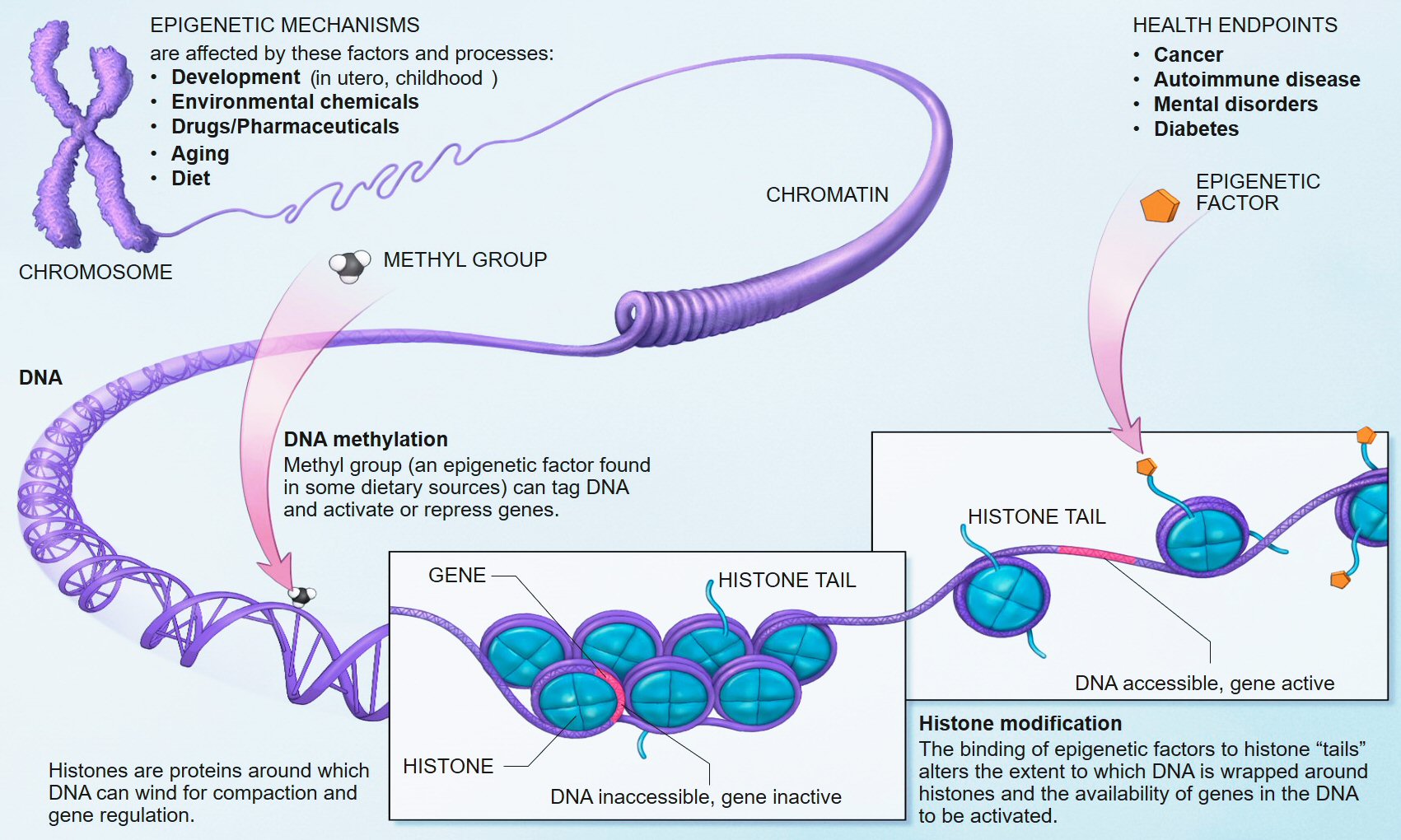











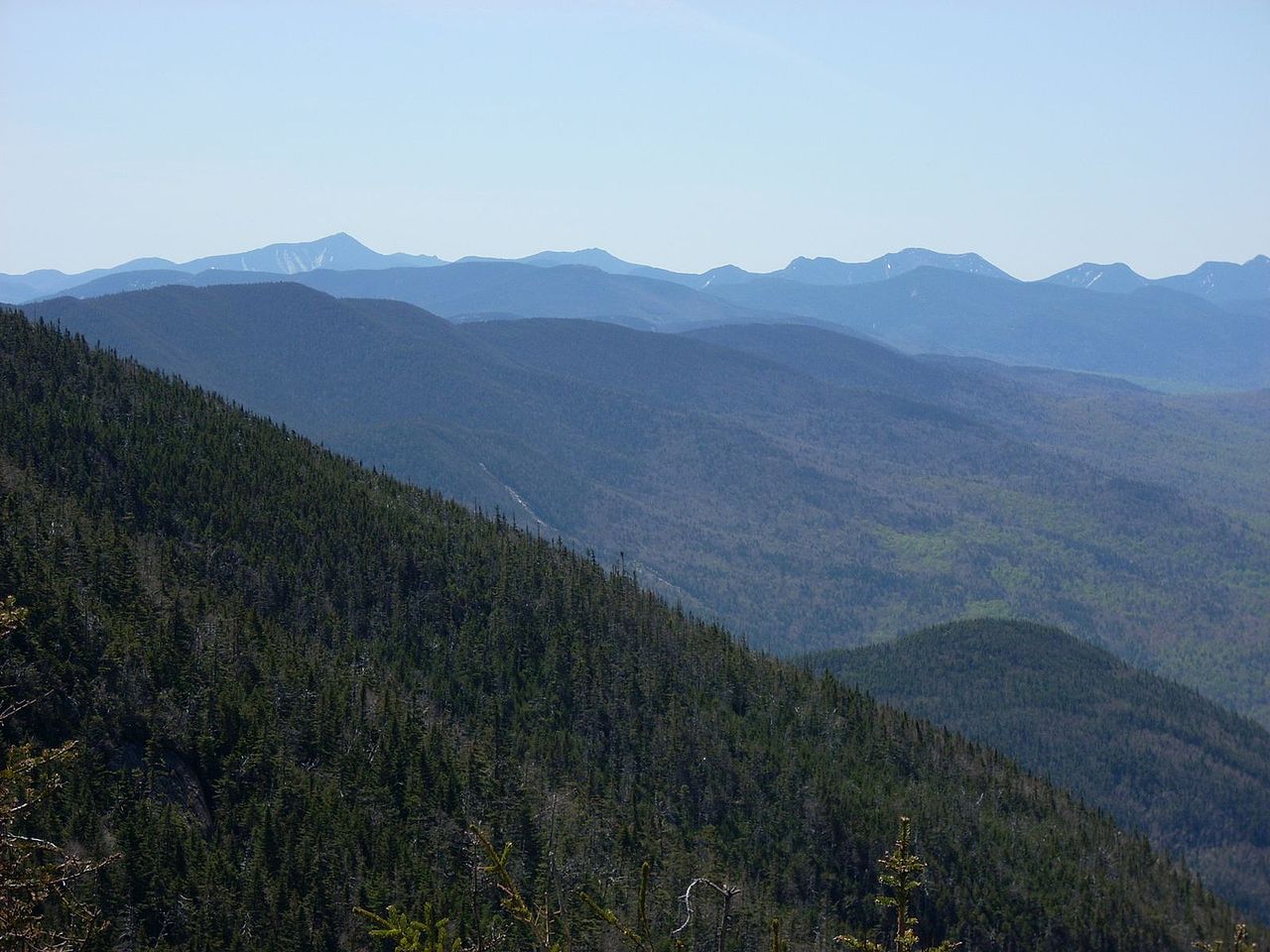
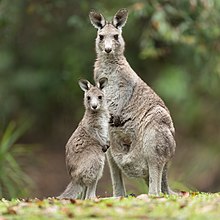

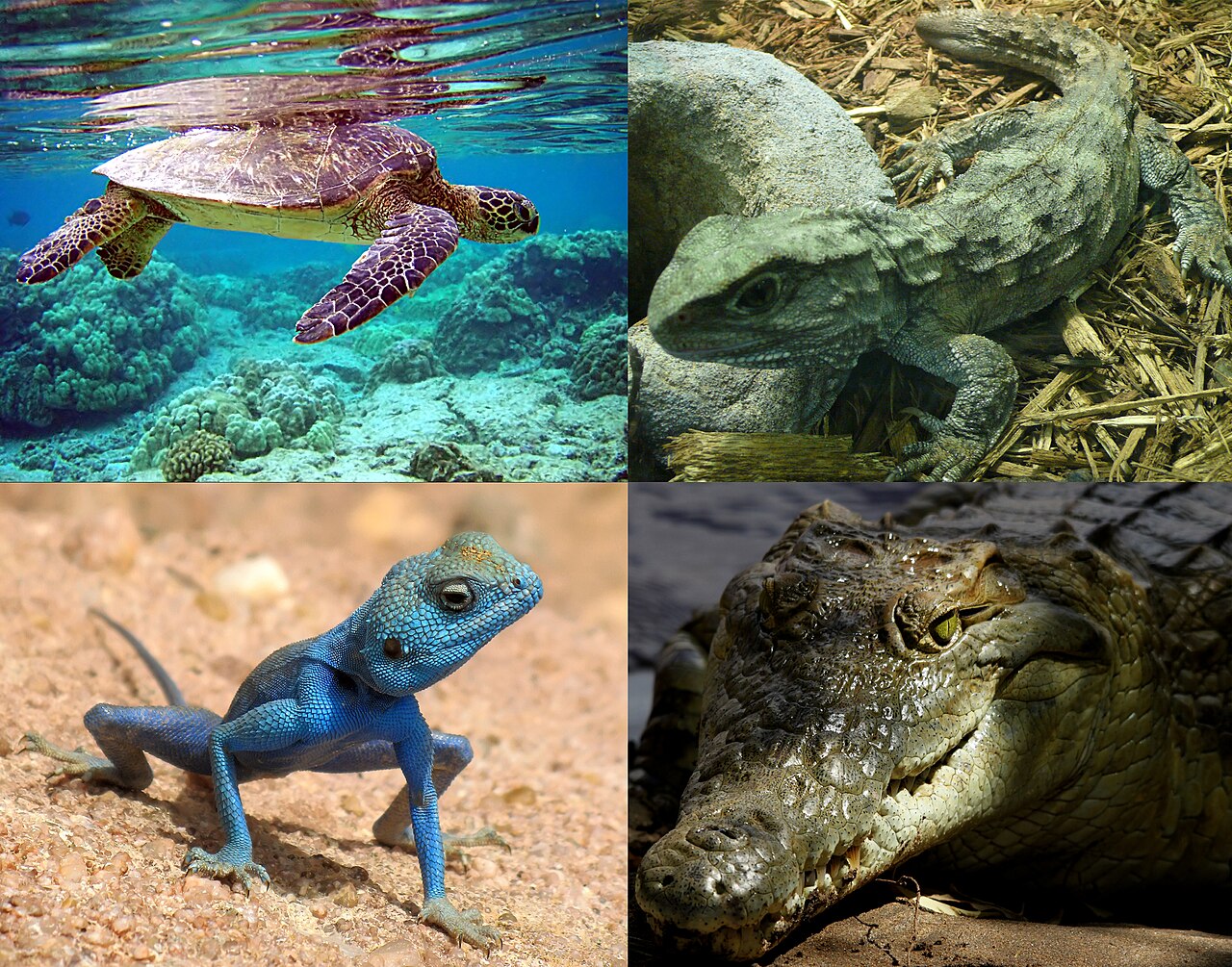
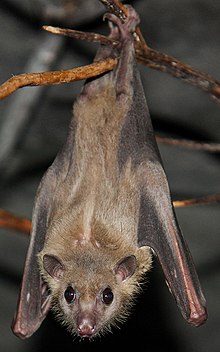

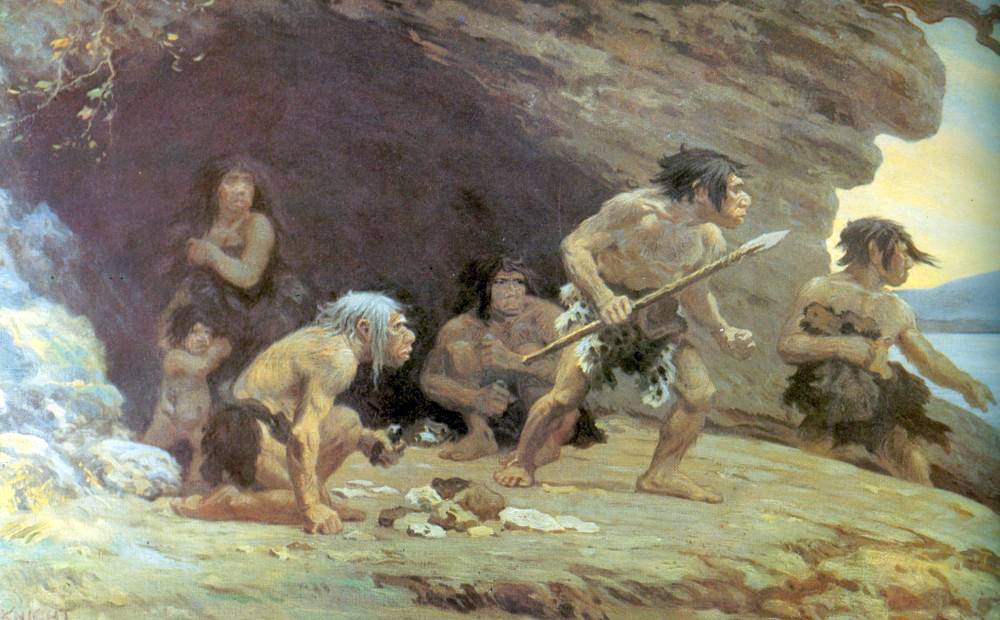
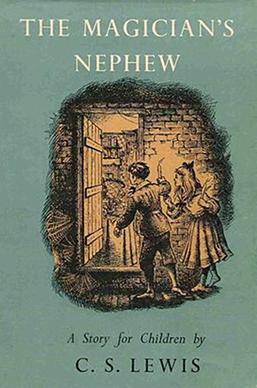



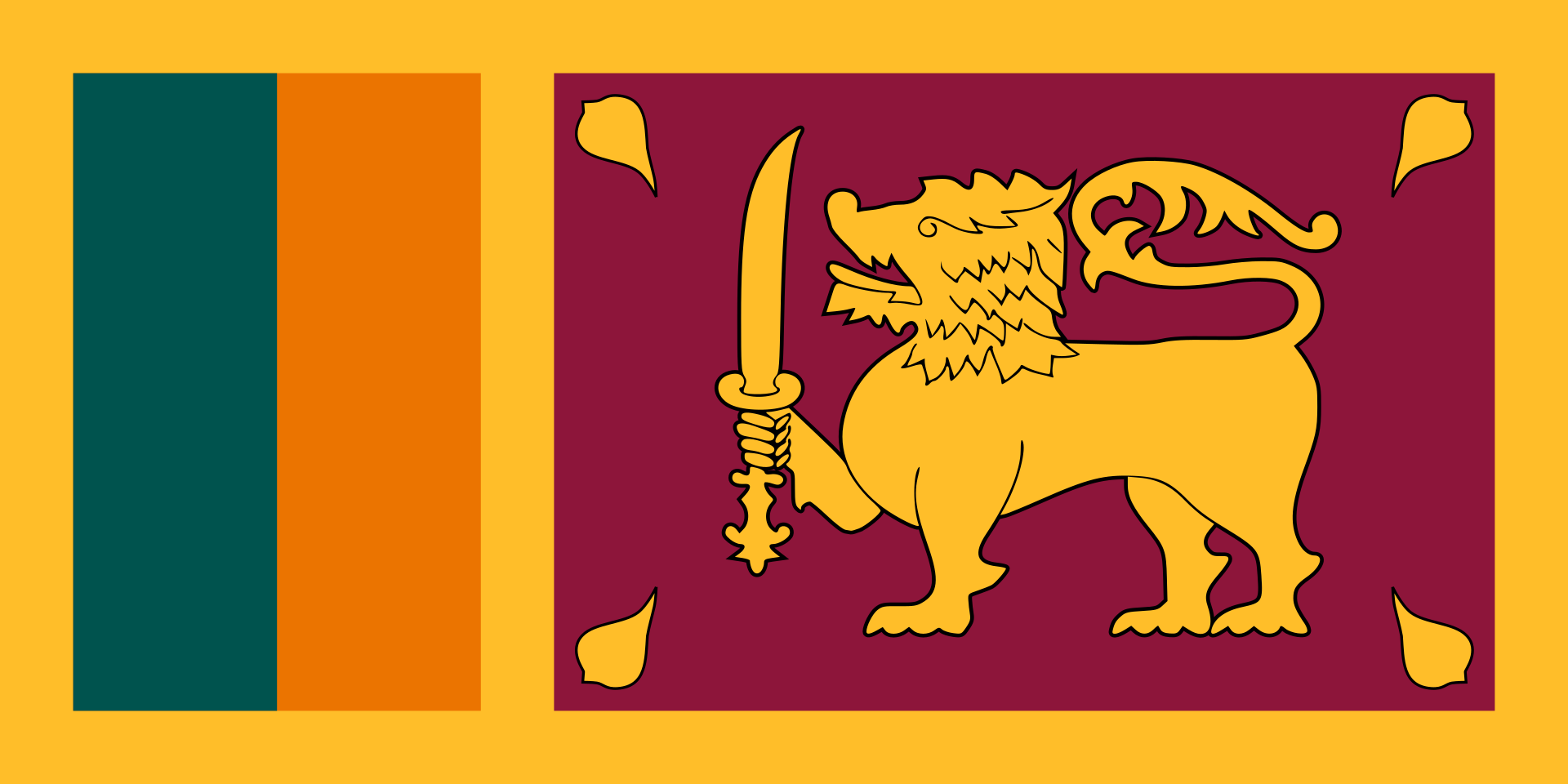











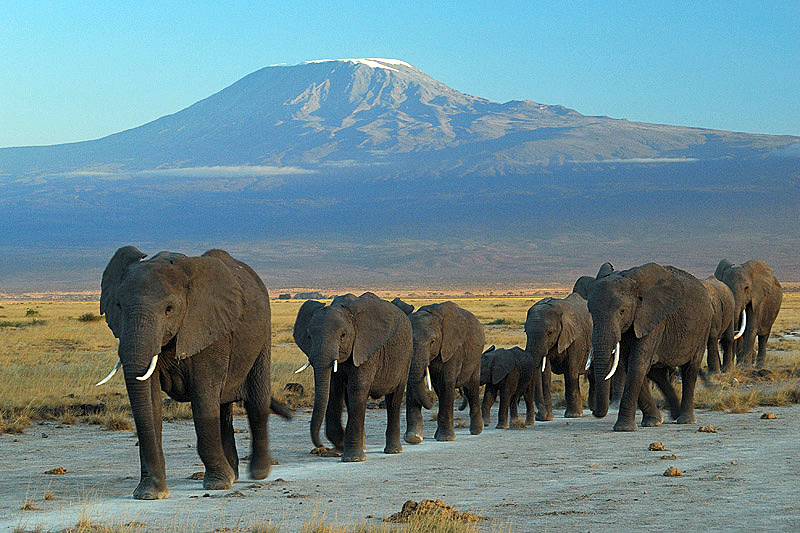












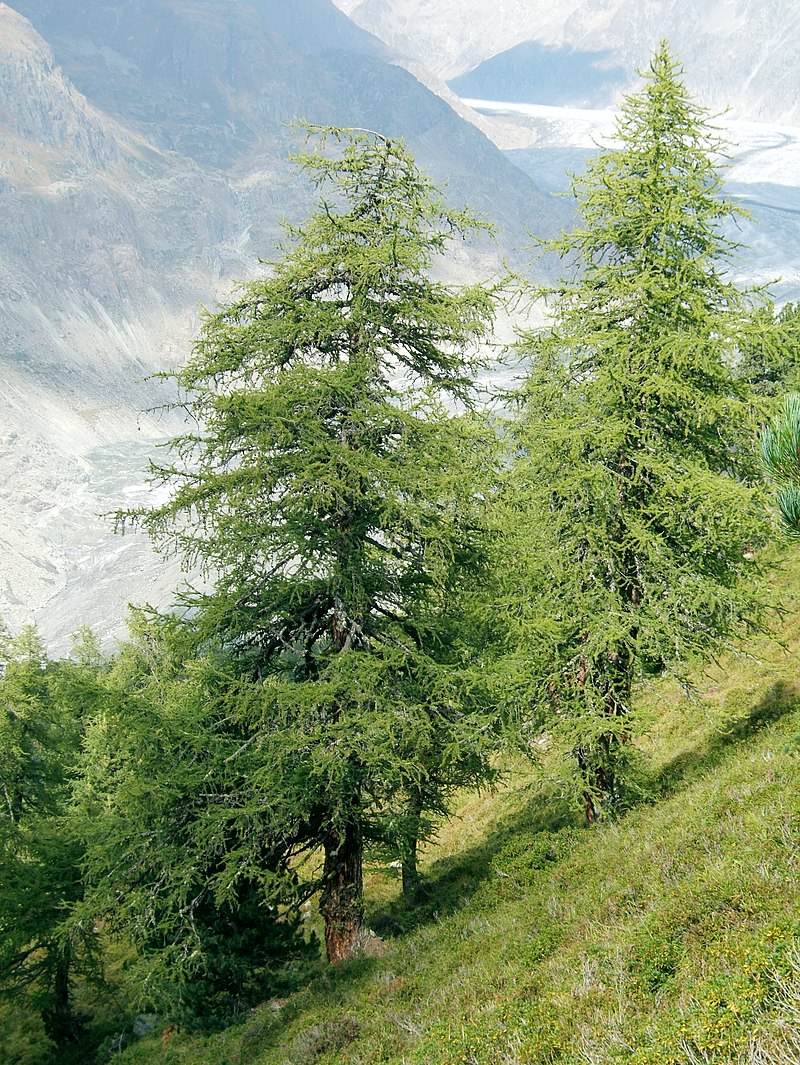













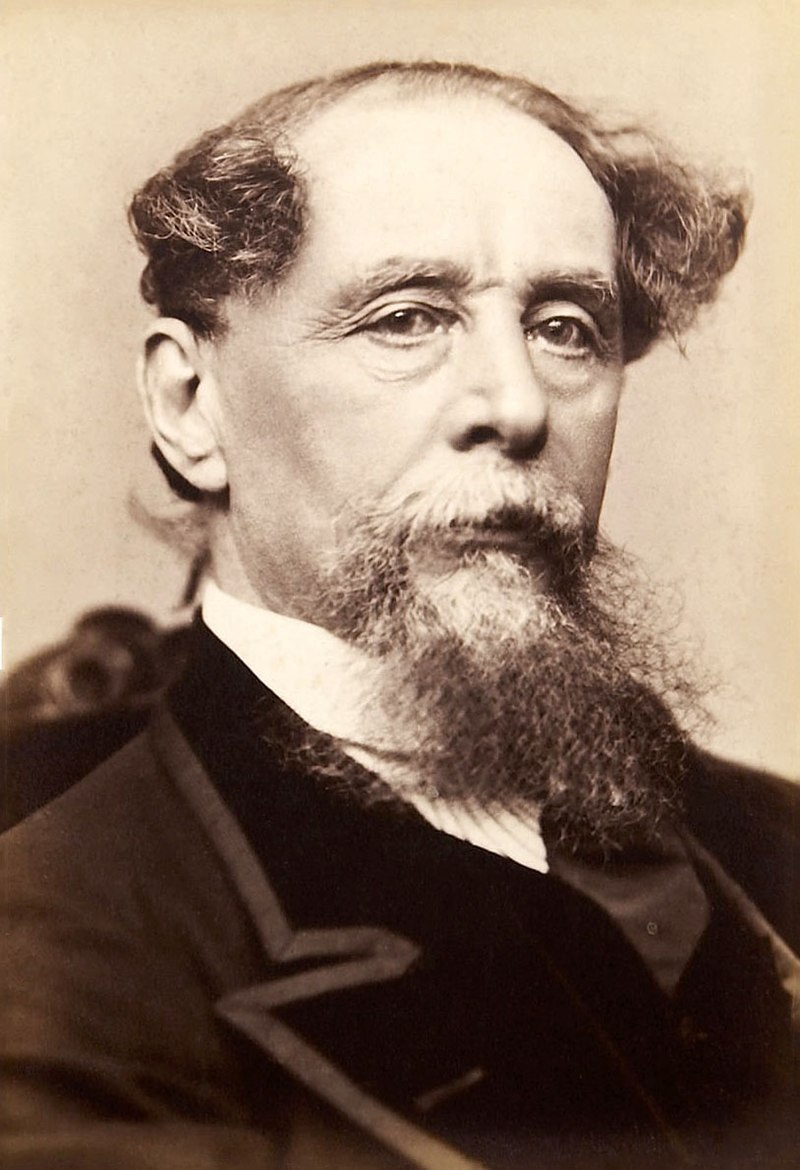




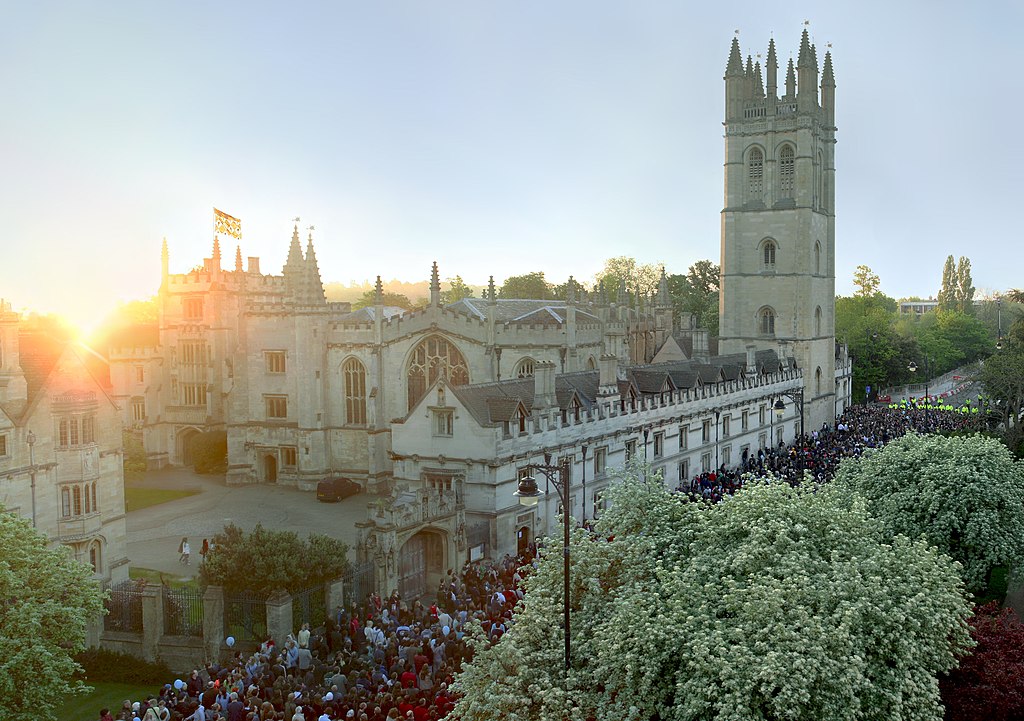

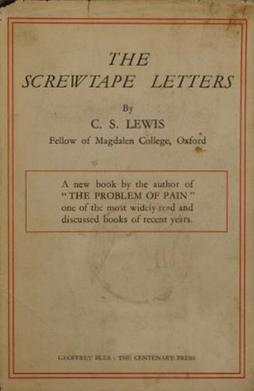






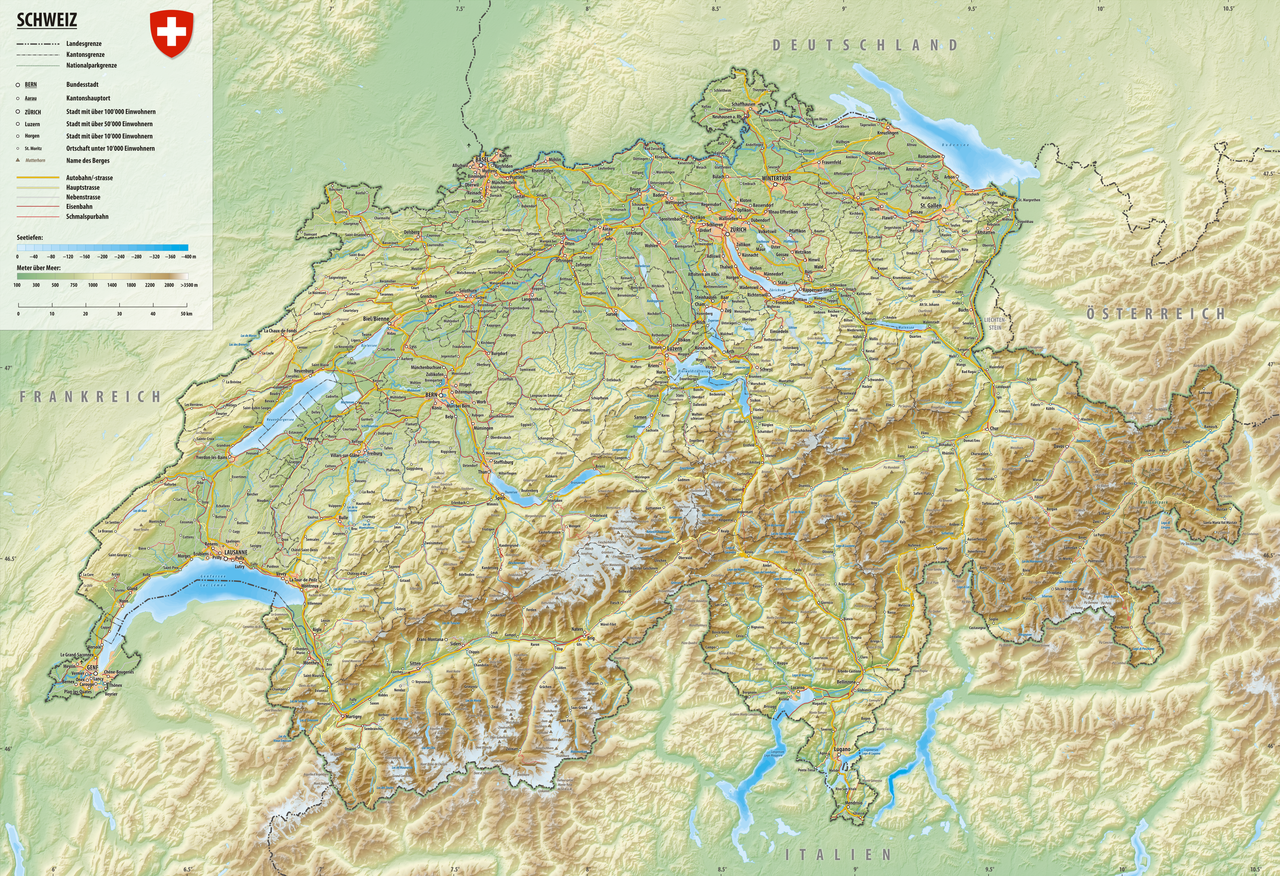
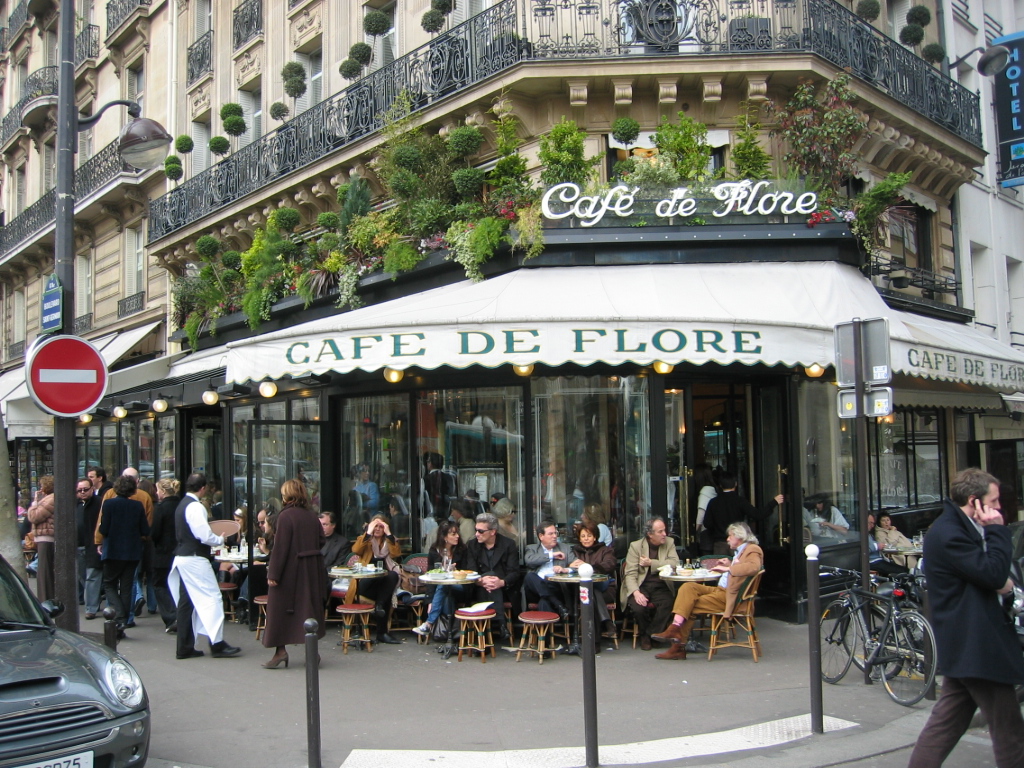


:format(jpeg):mode_rgb():quality(90)/discogs-images/R-3499969-1458956533-7155.jpeg.jpg)




:format(jpeg):mode_rgb():quality(90)/discogs-images/R-13722924-1567864239-6989.jpeg.jpg)
